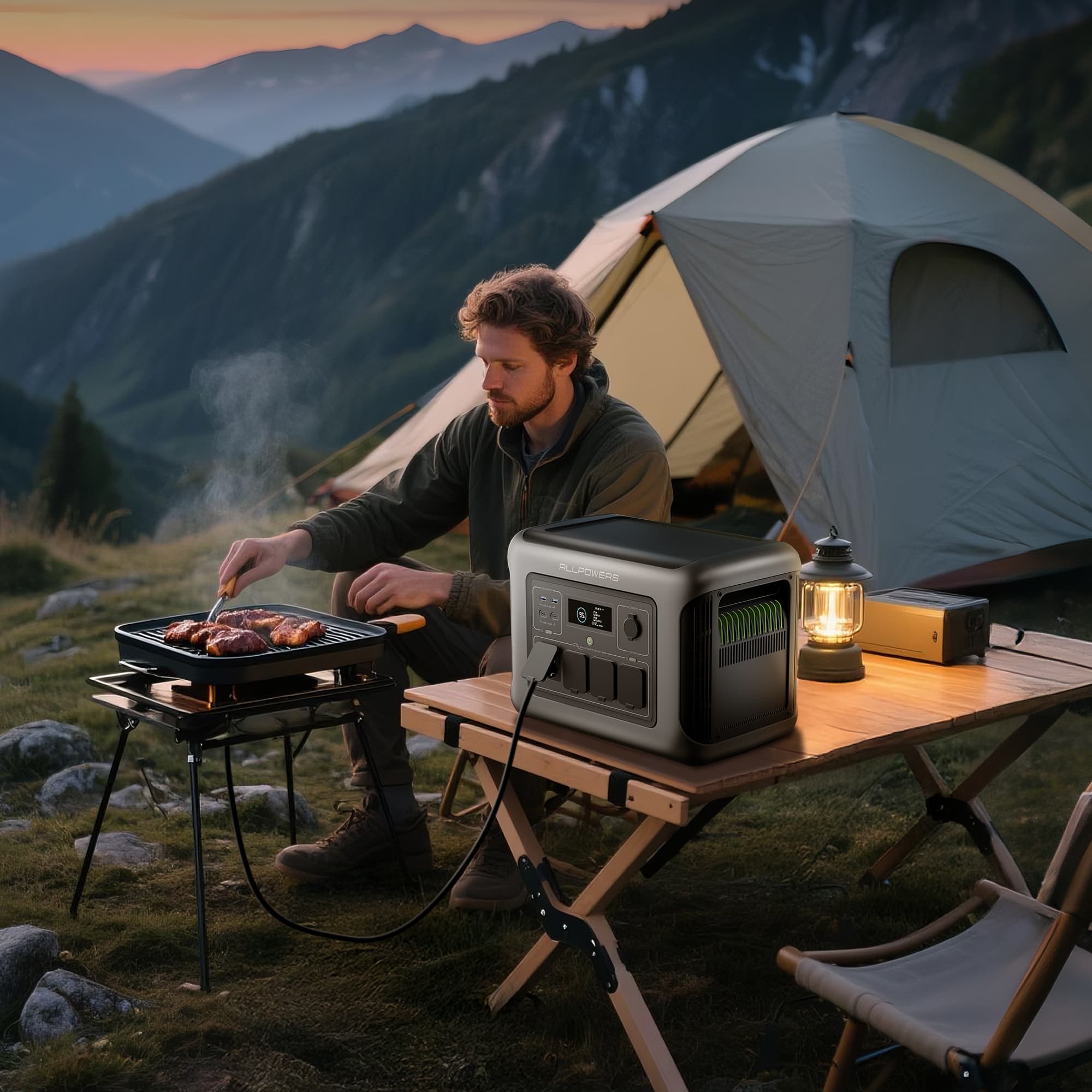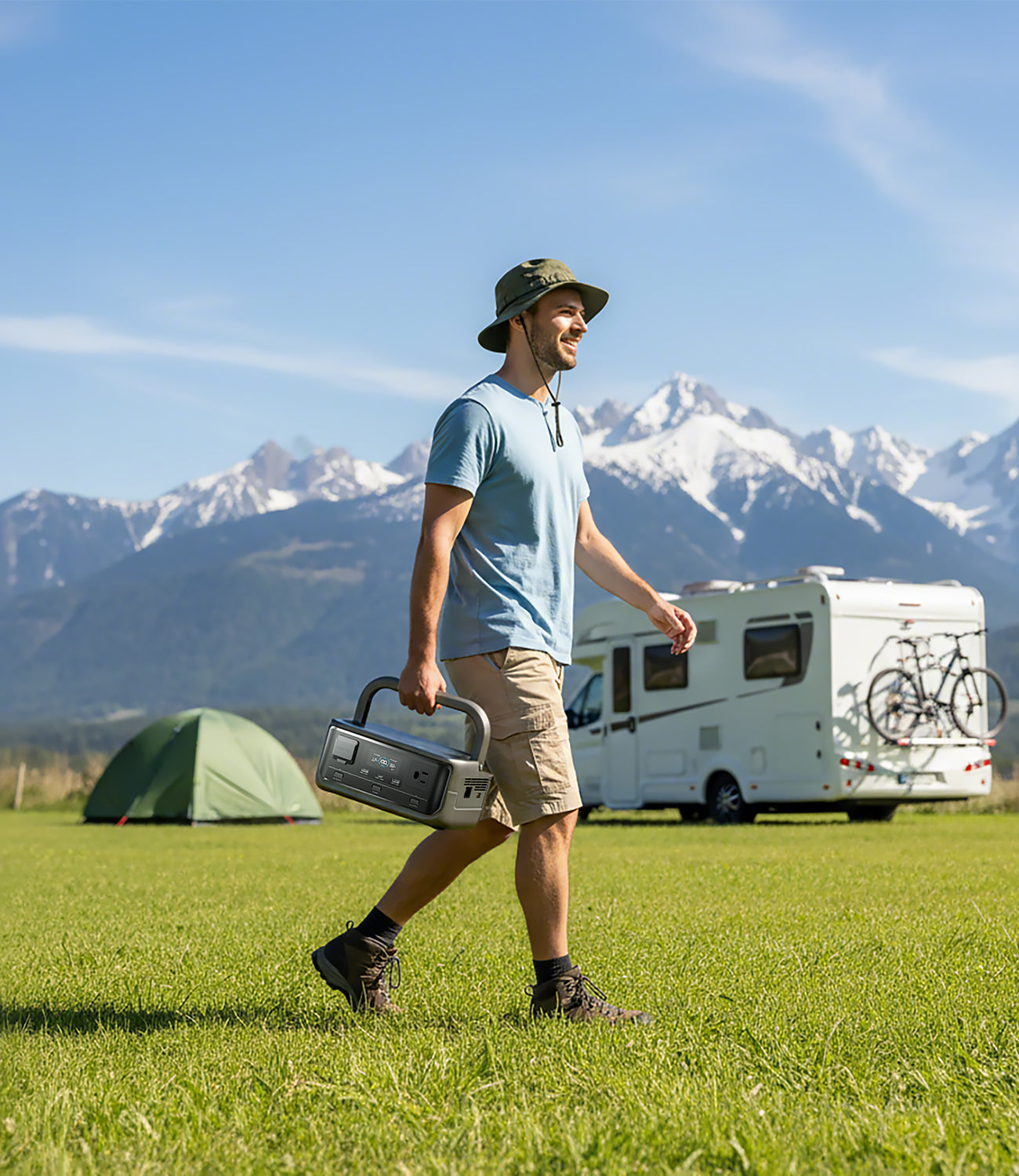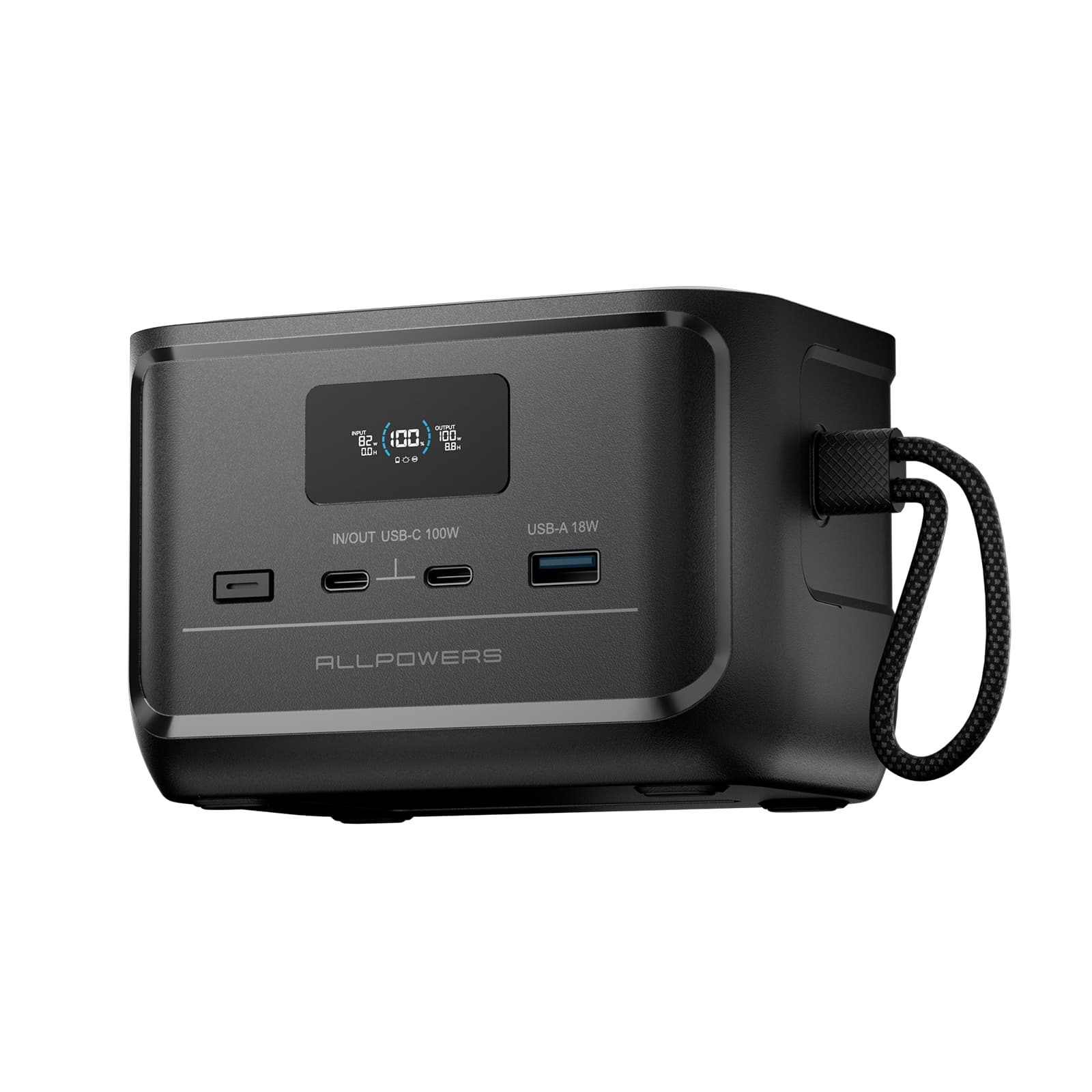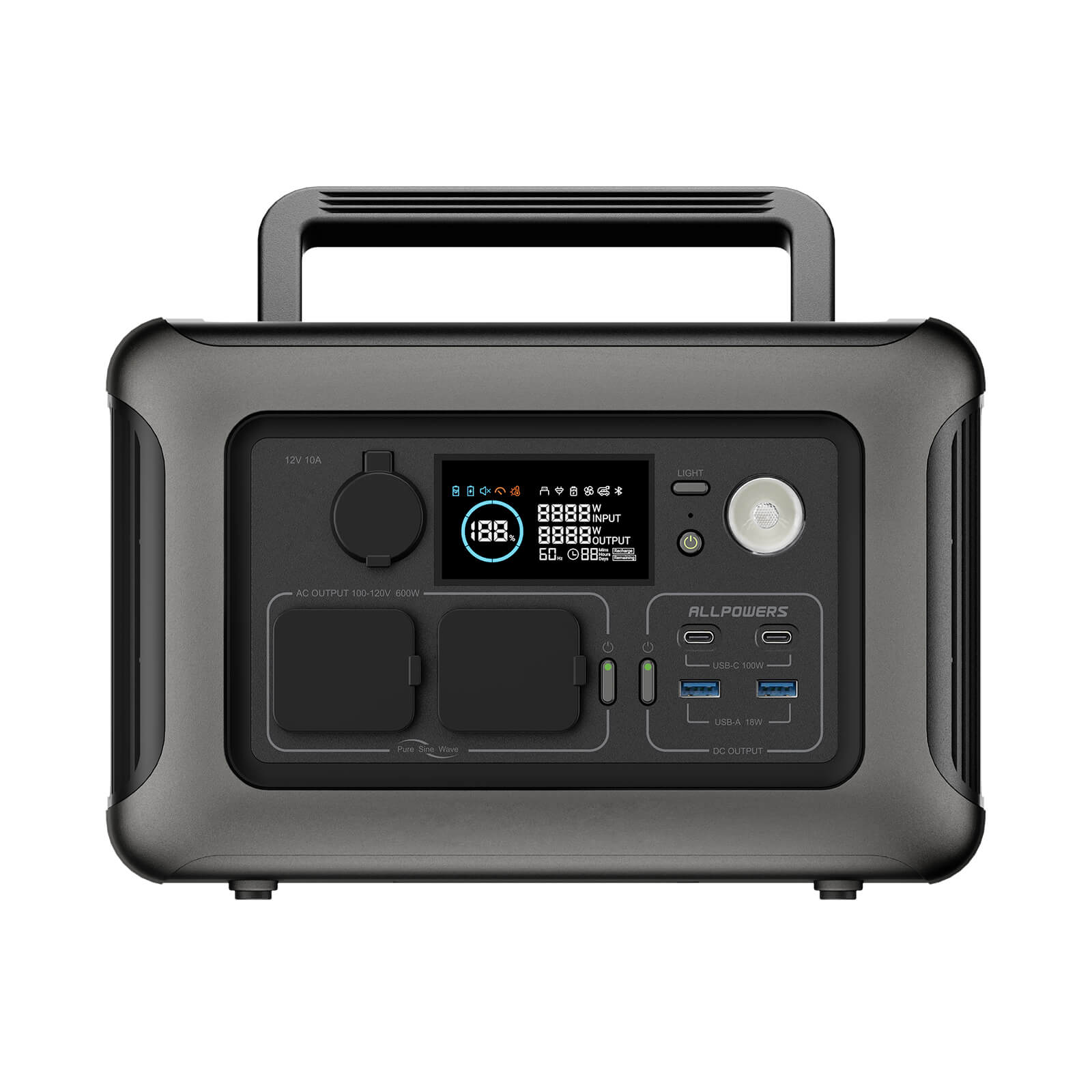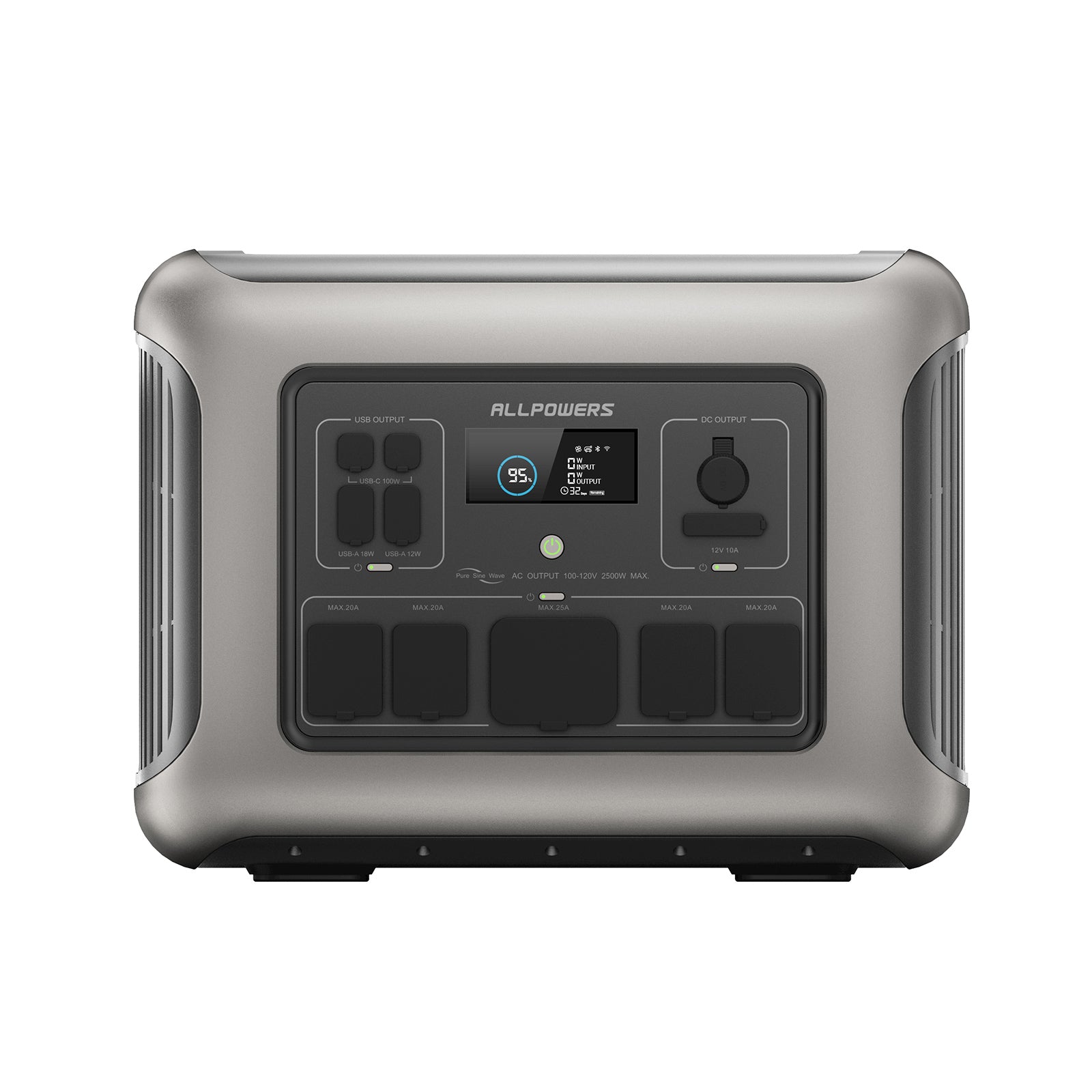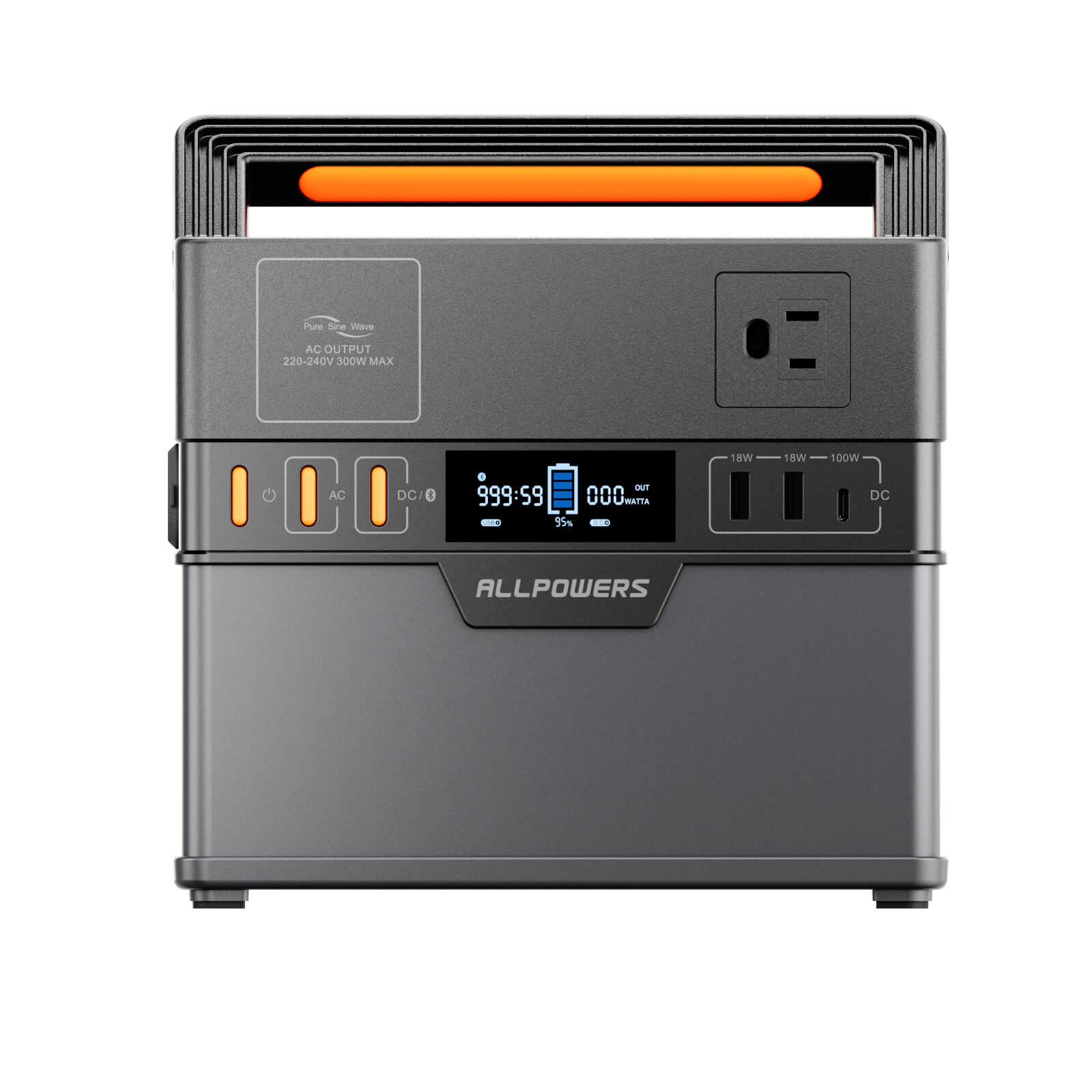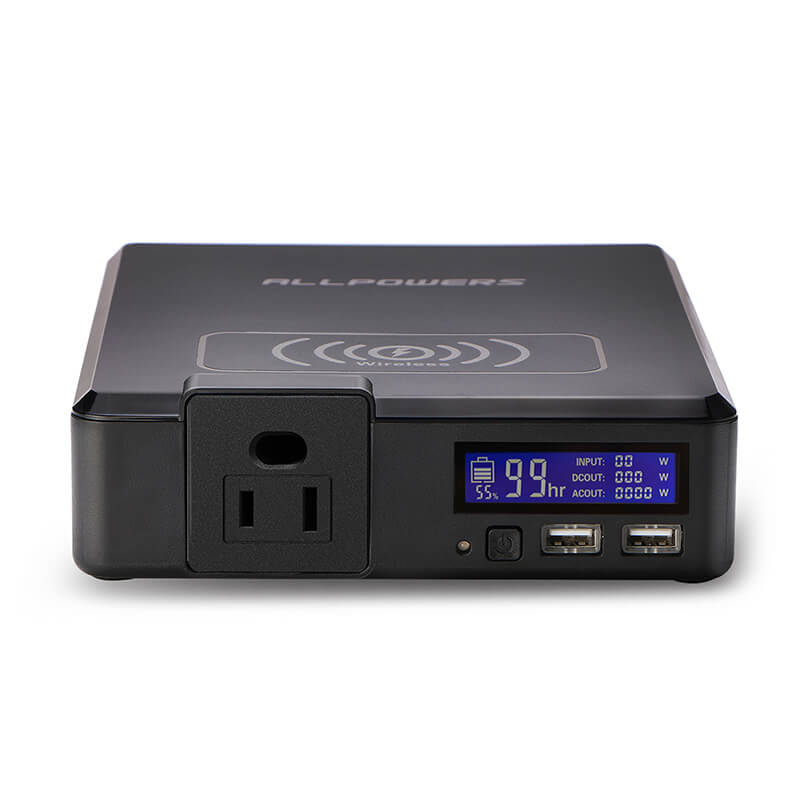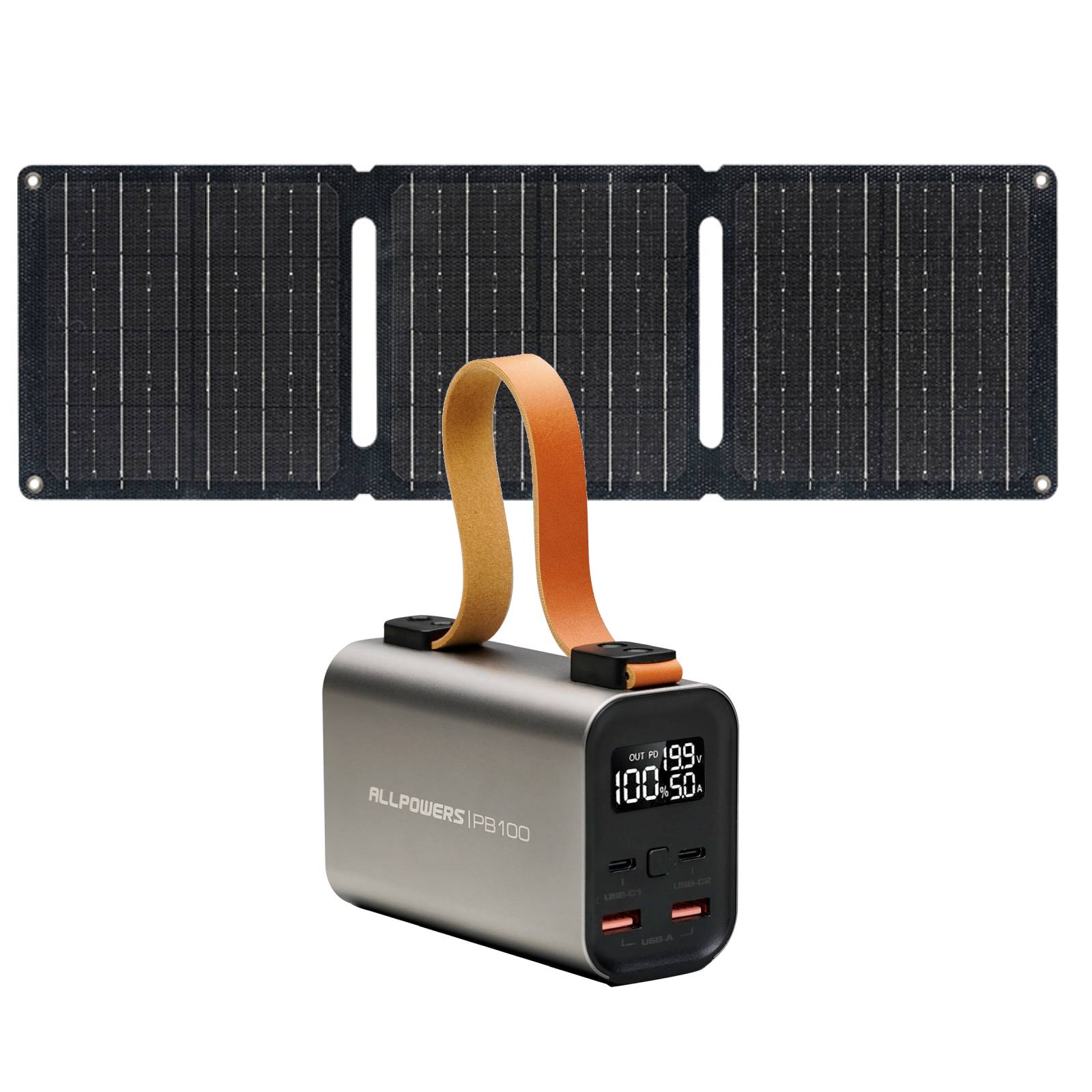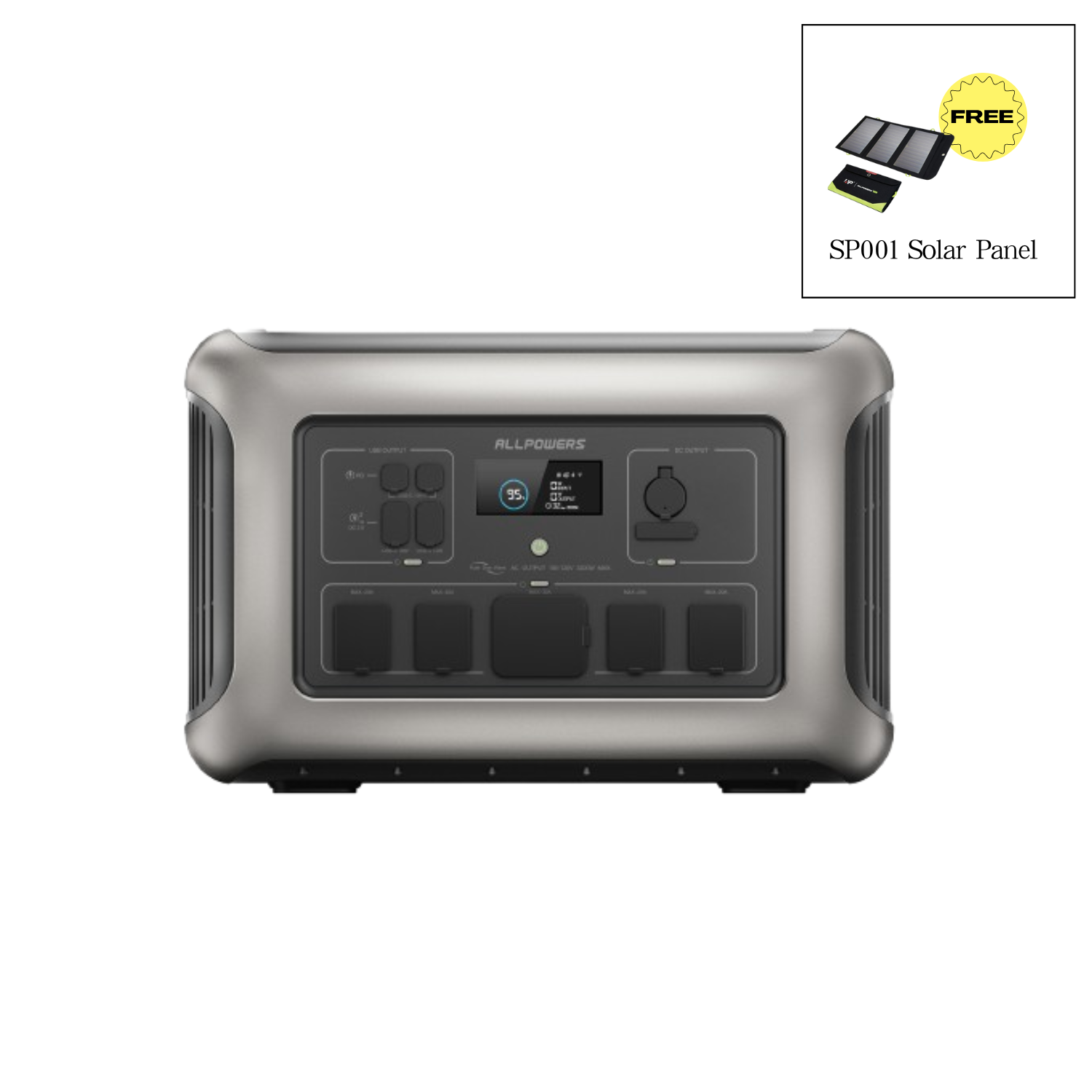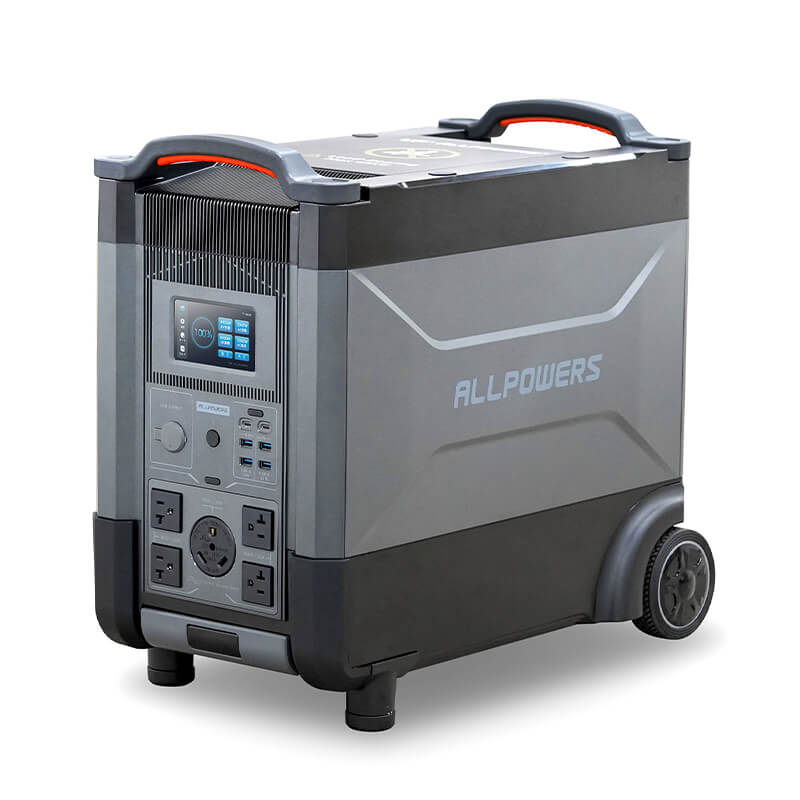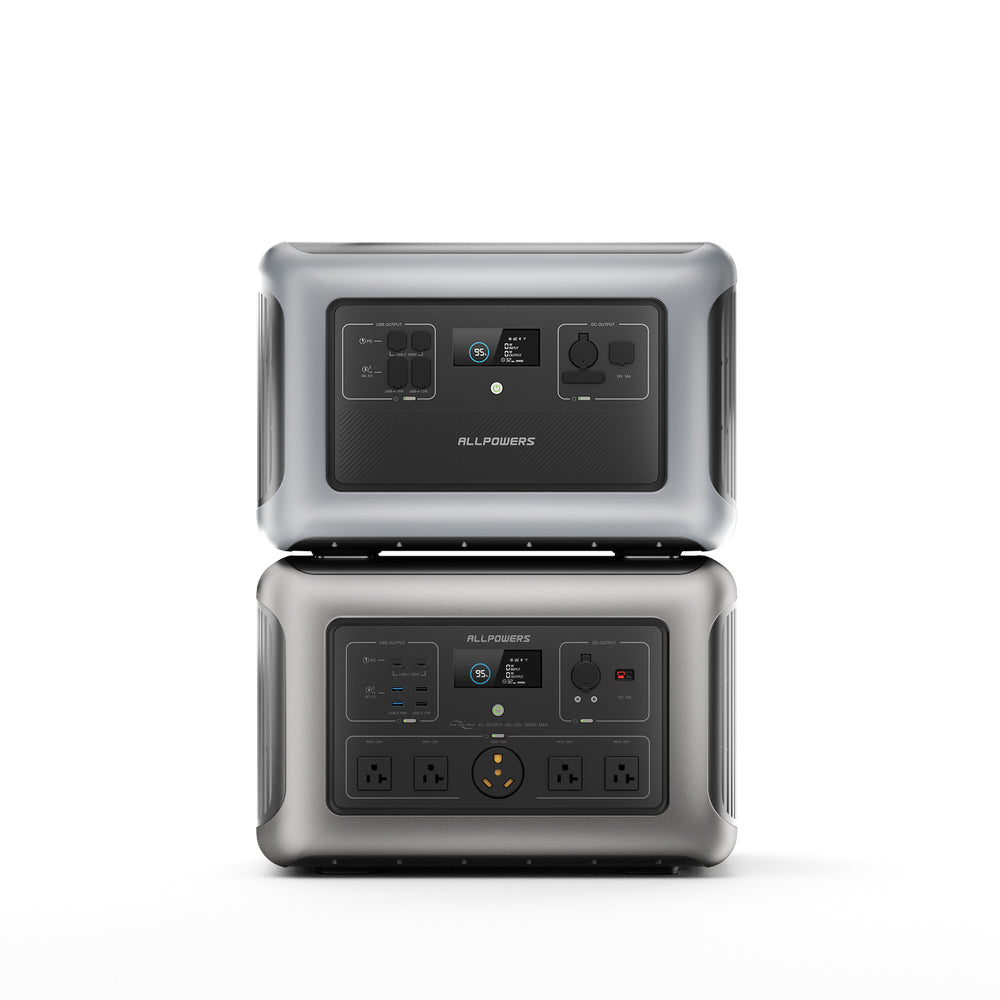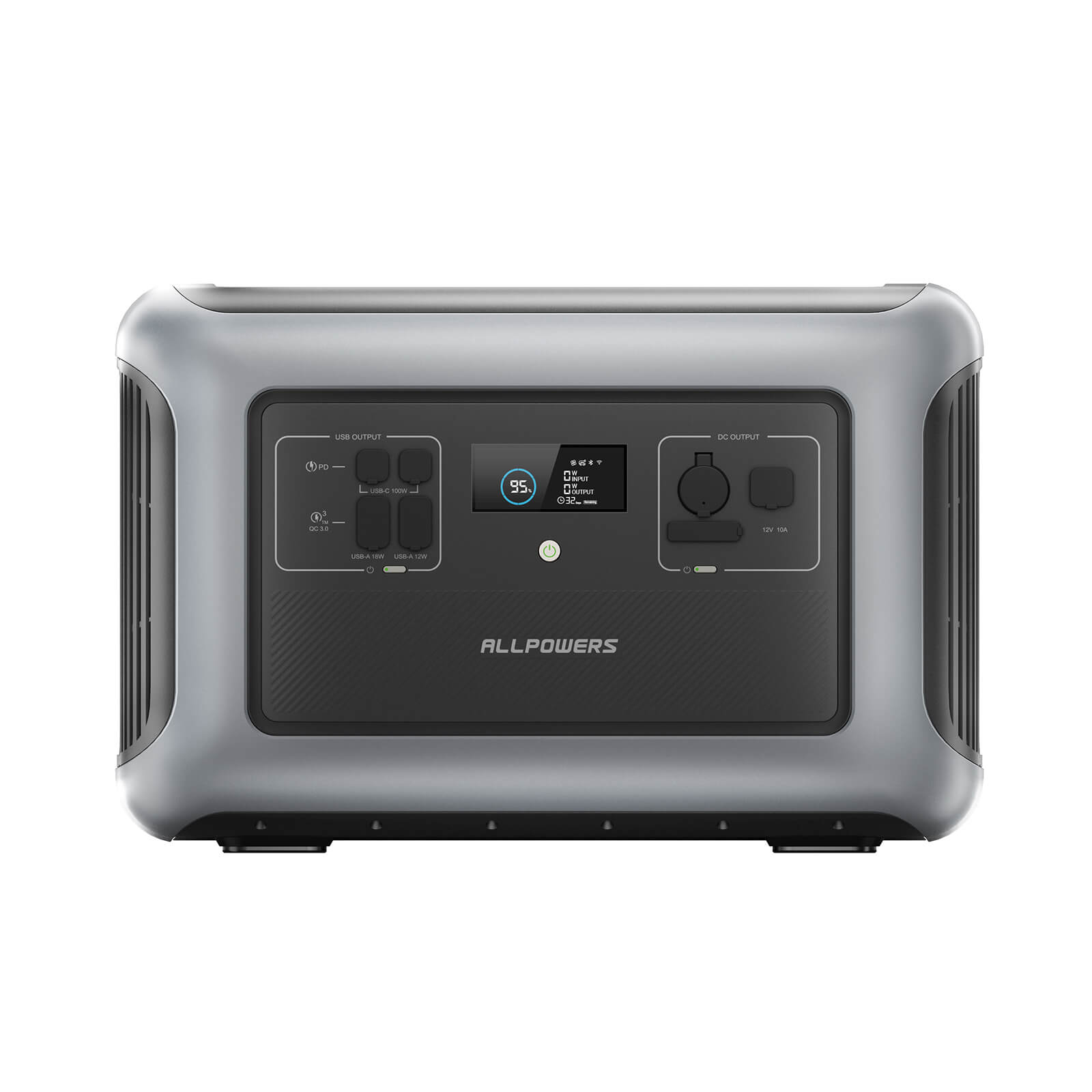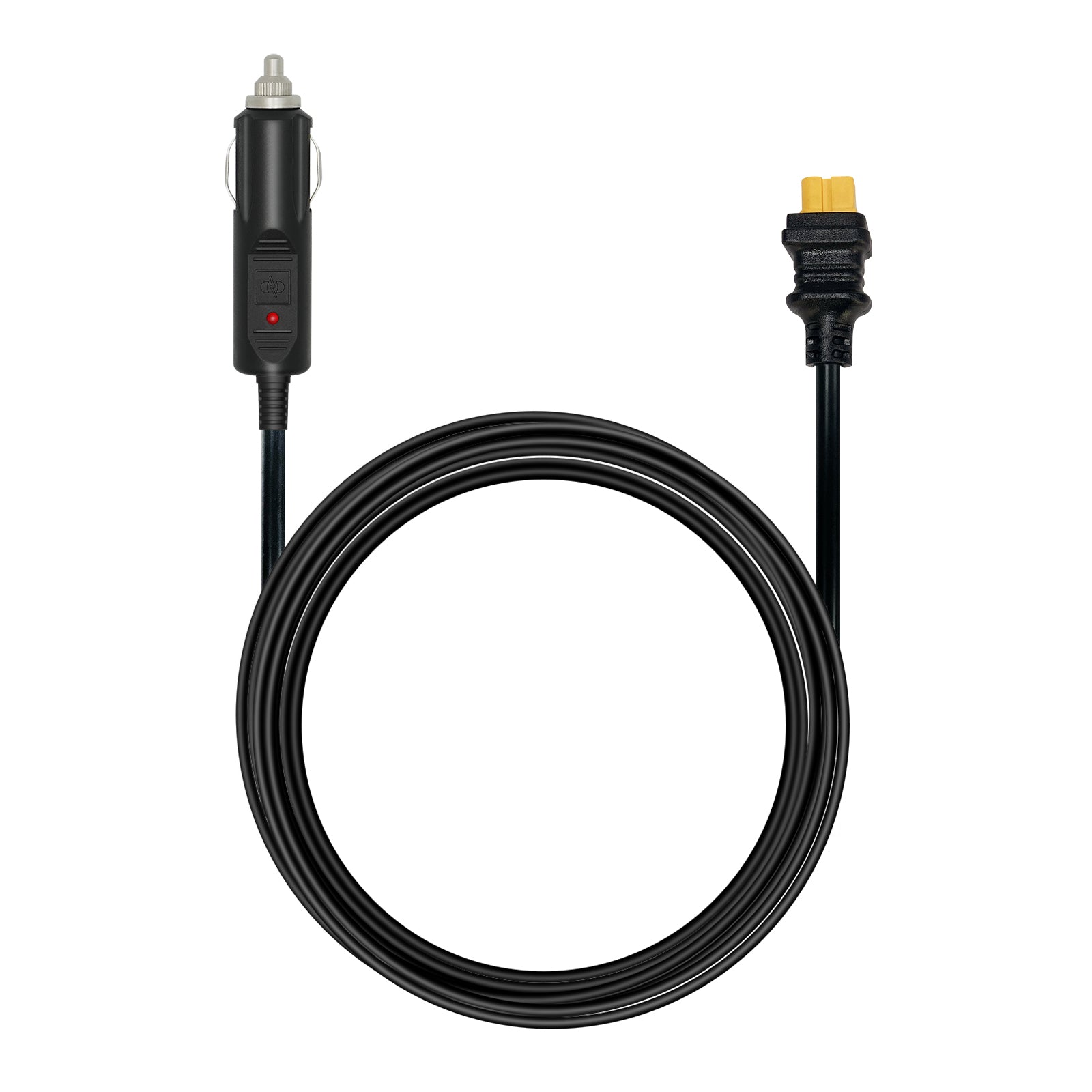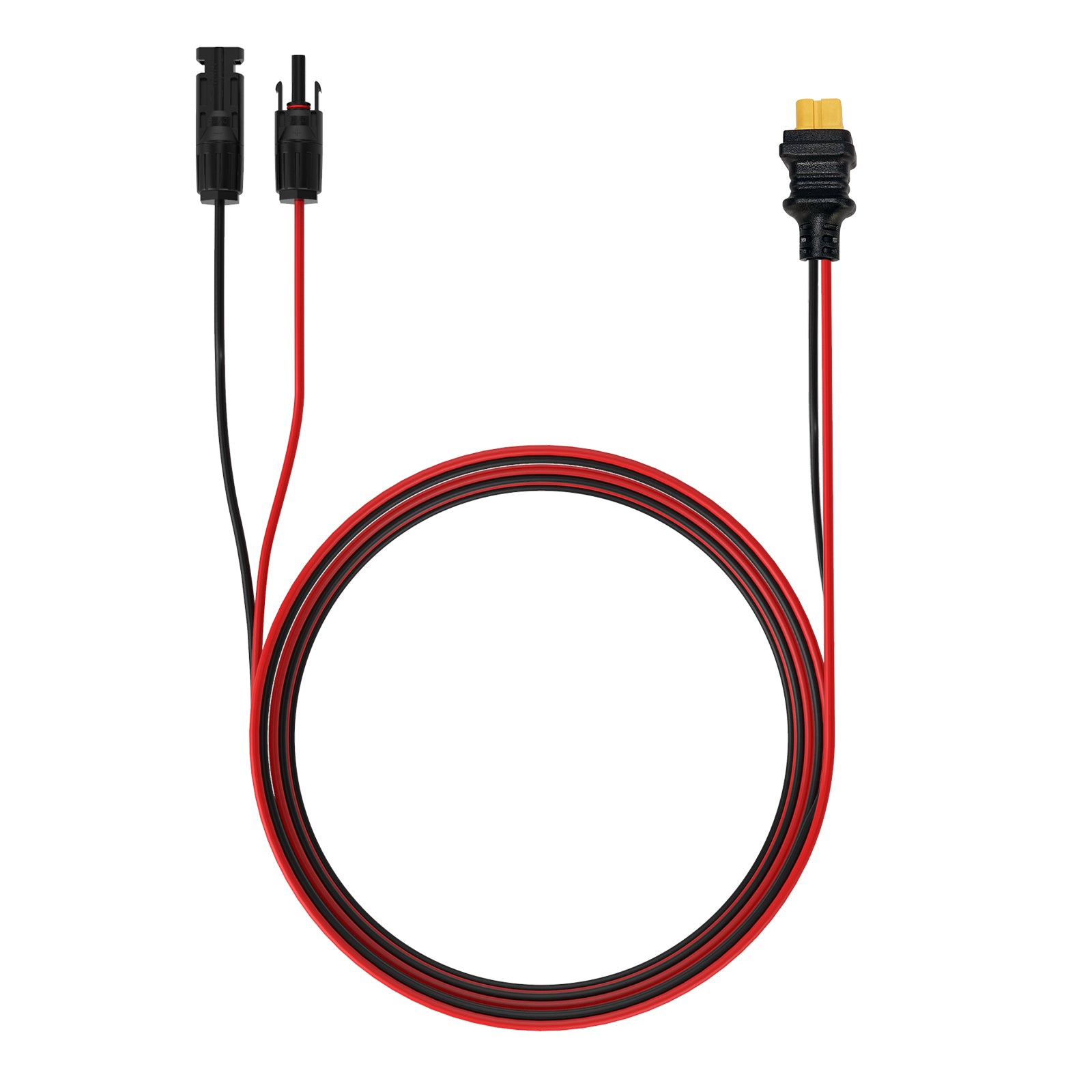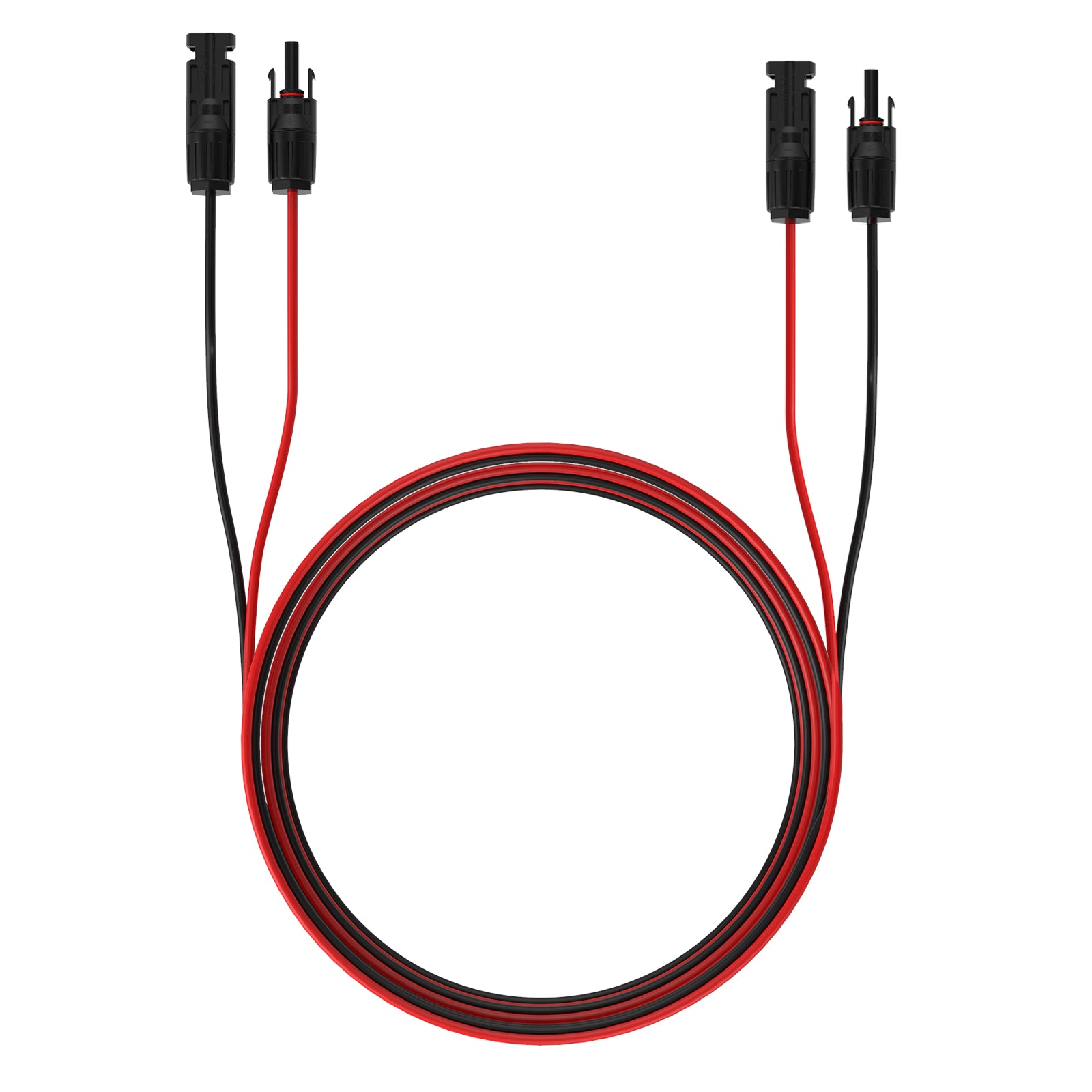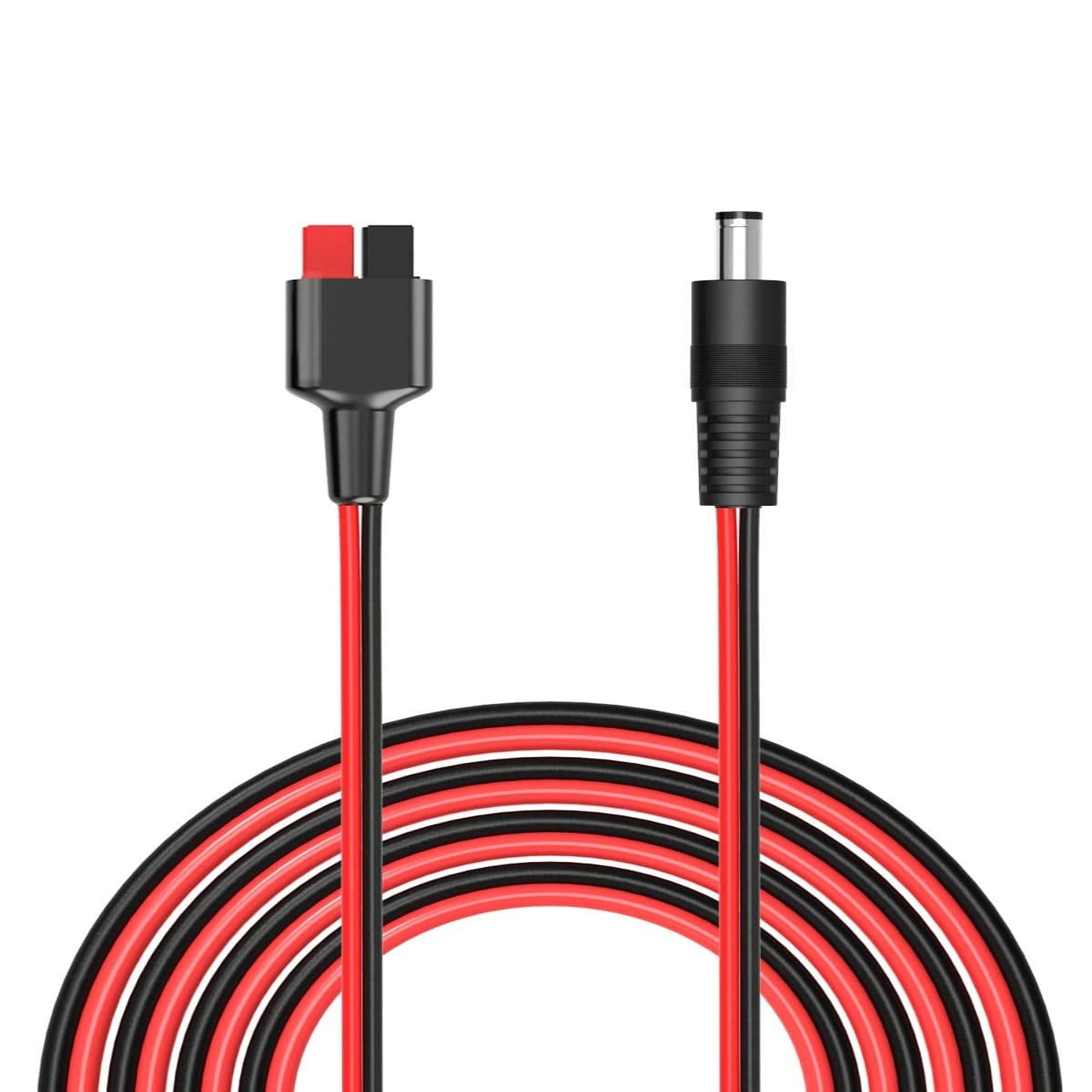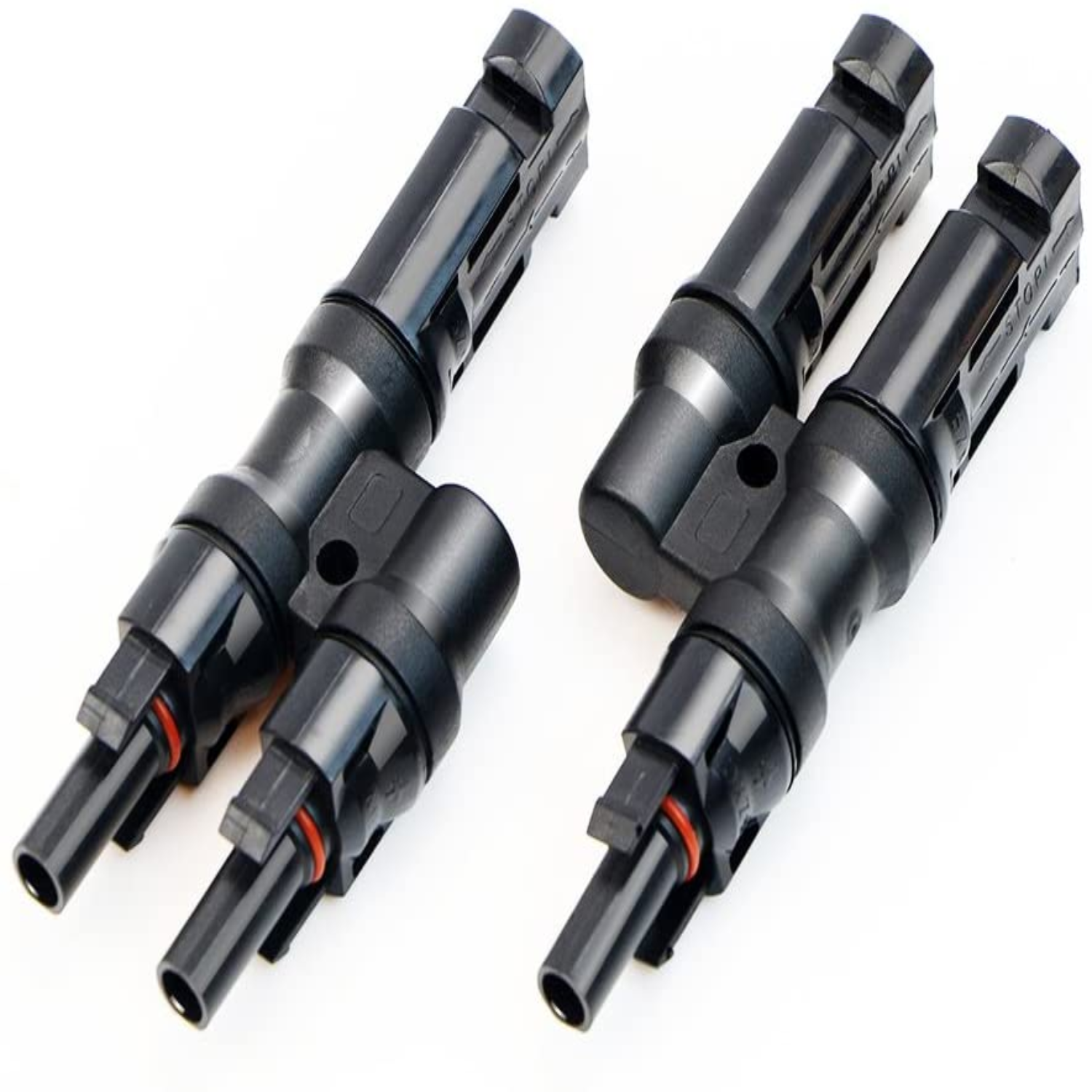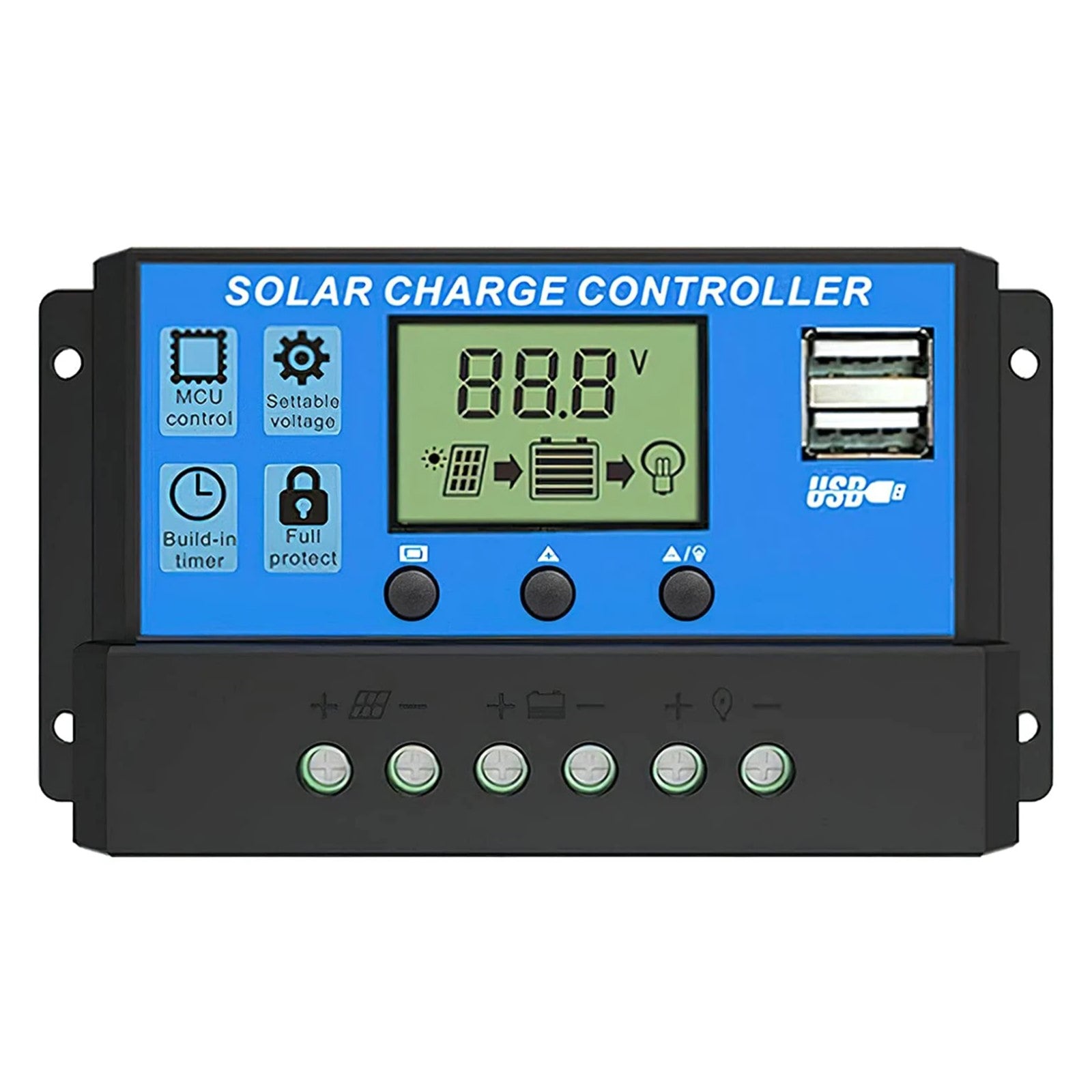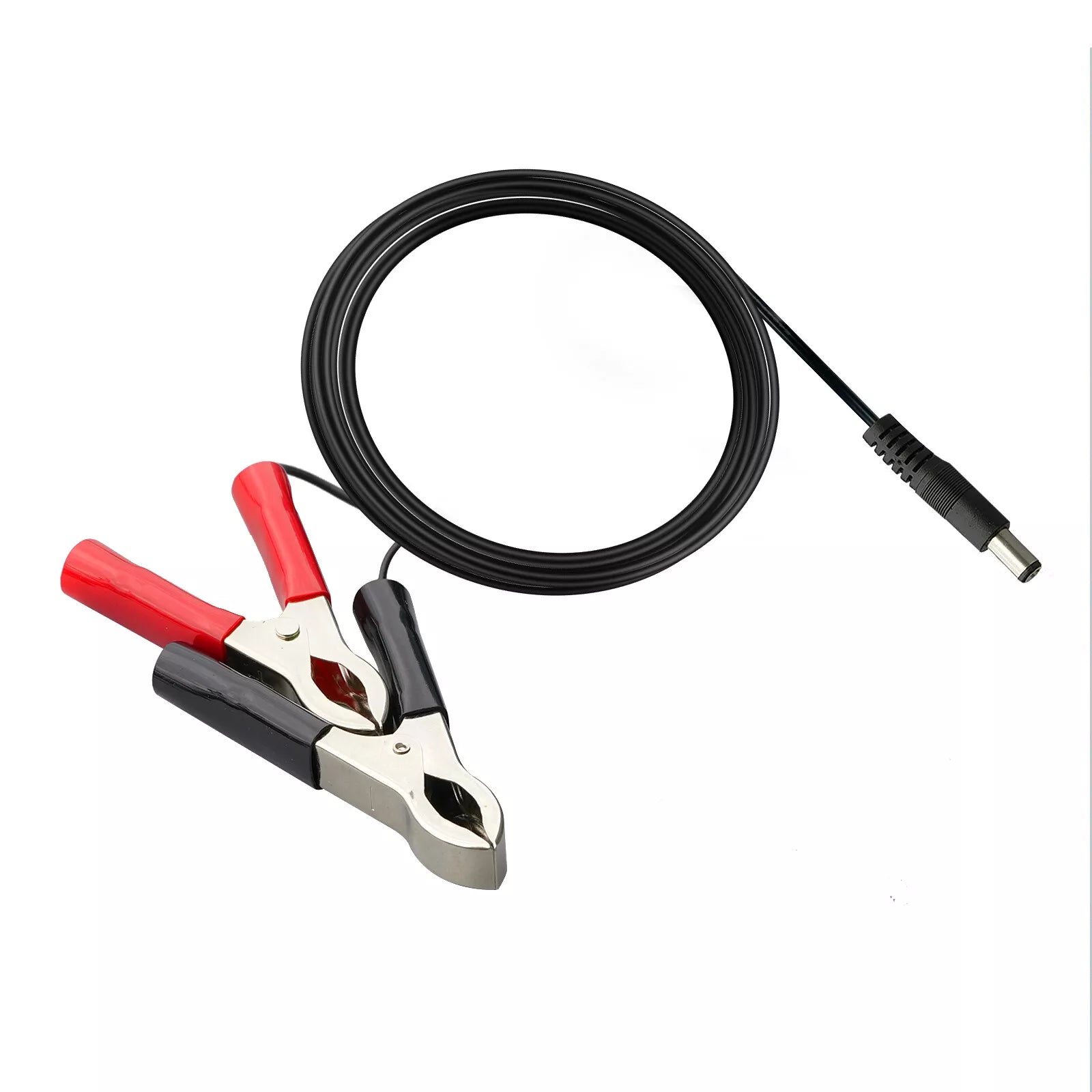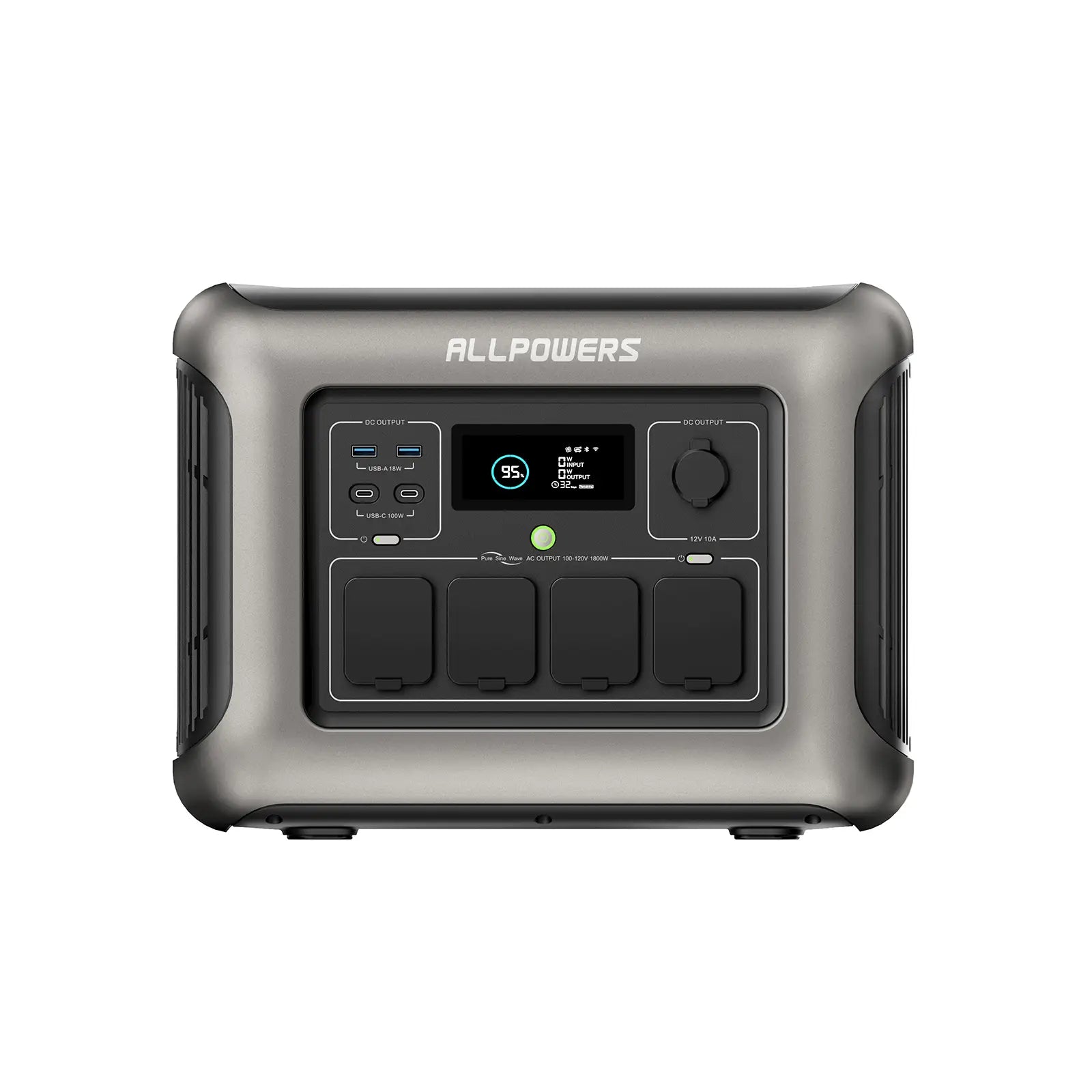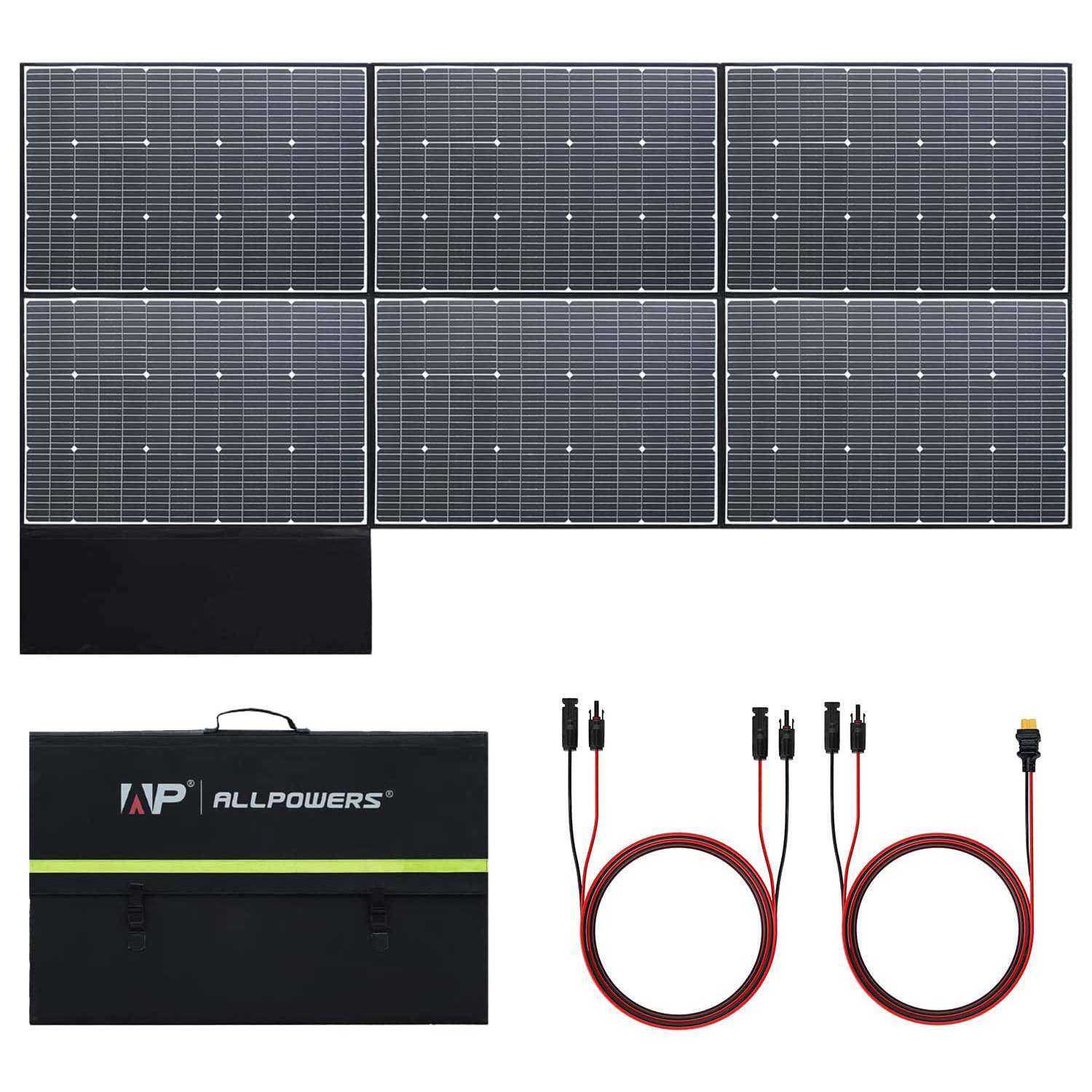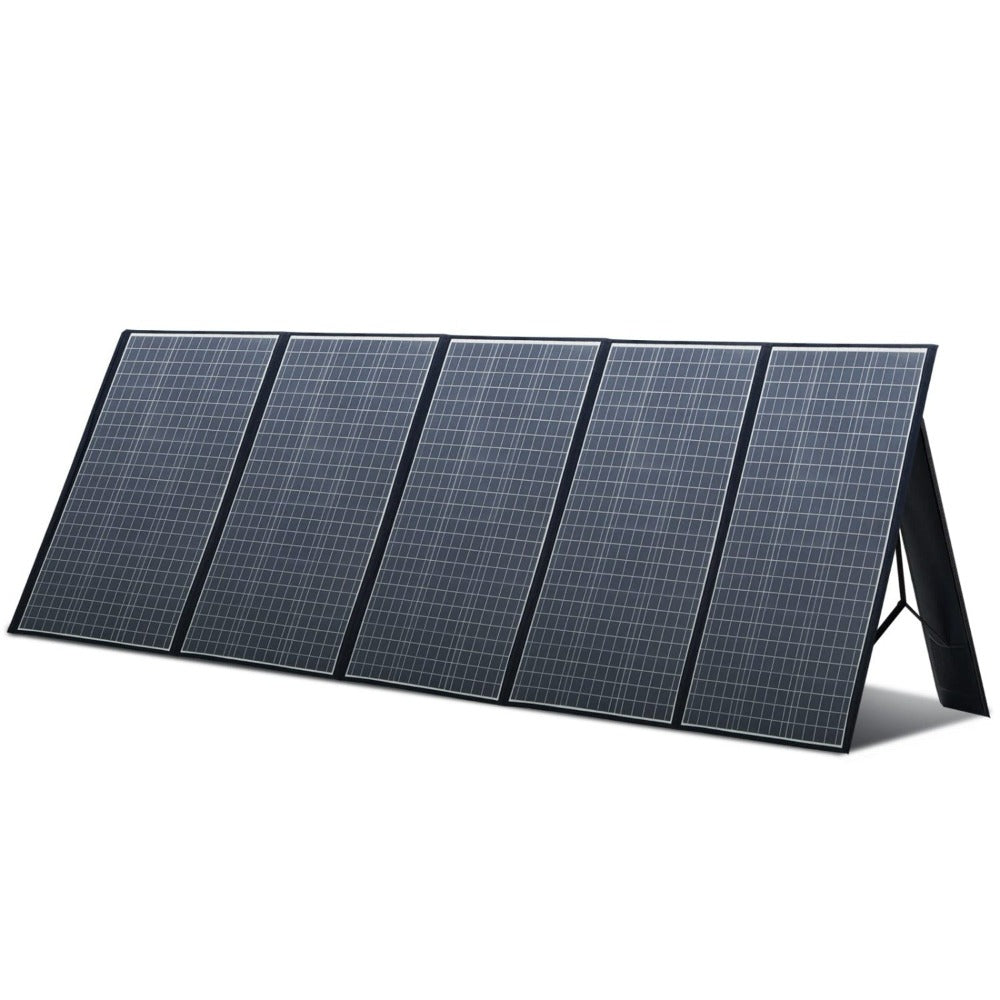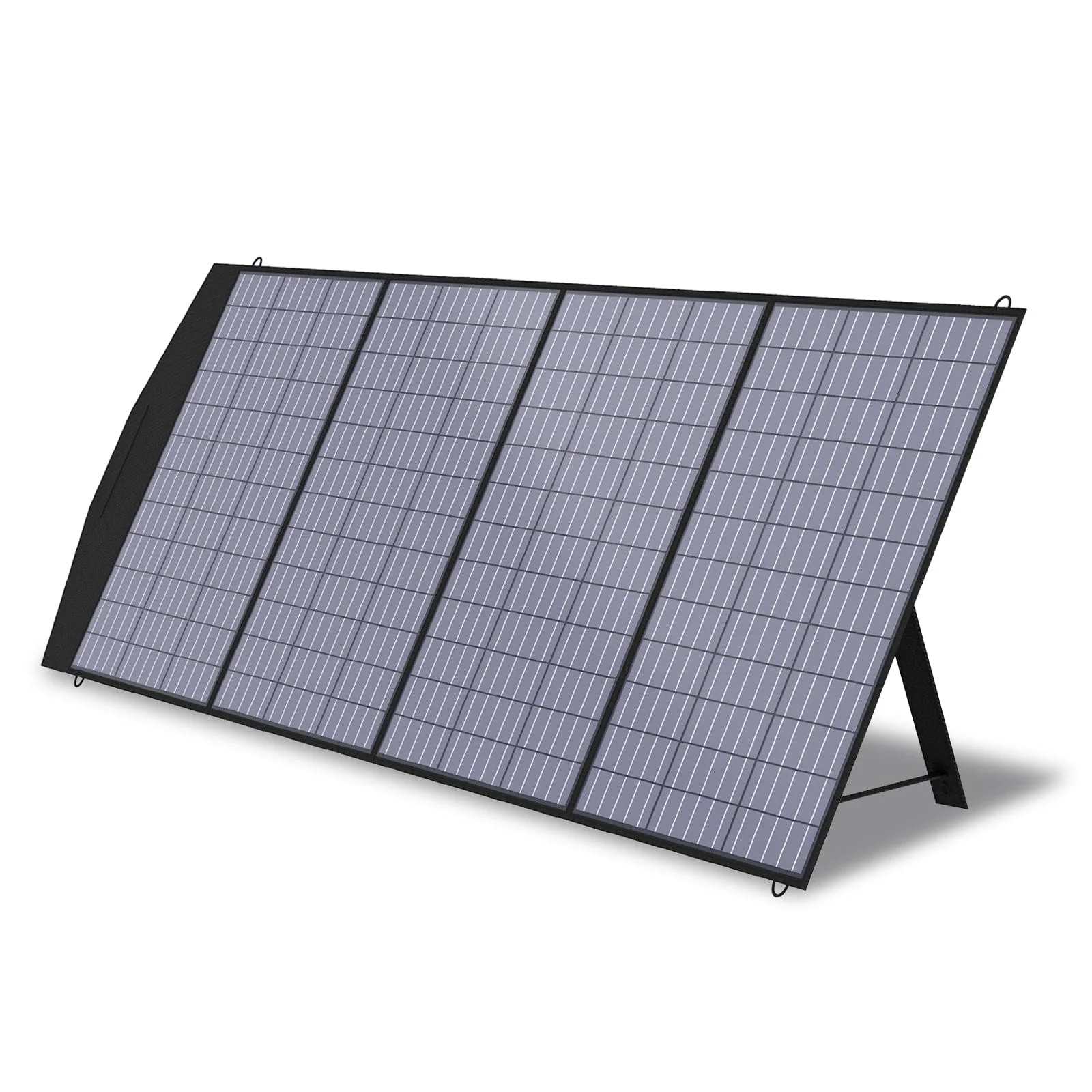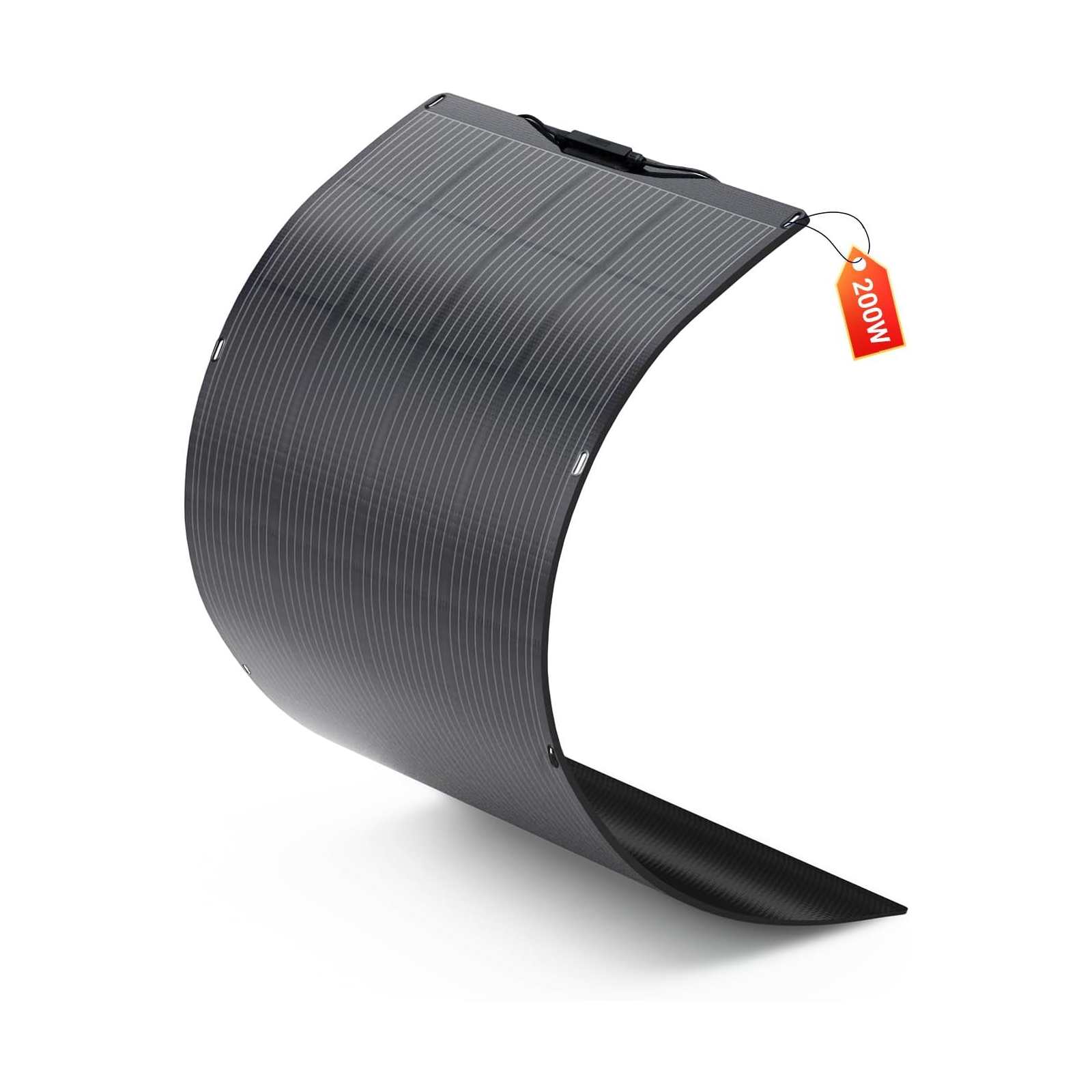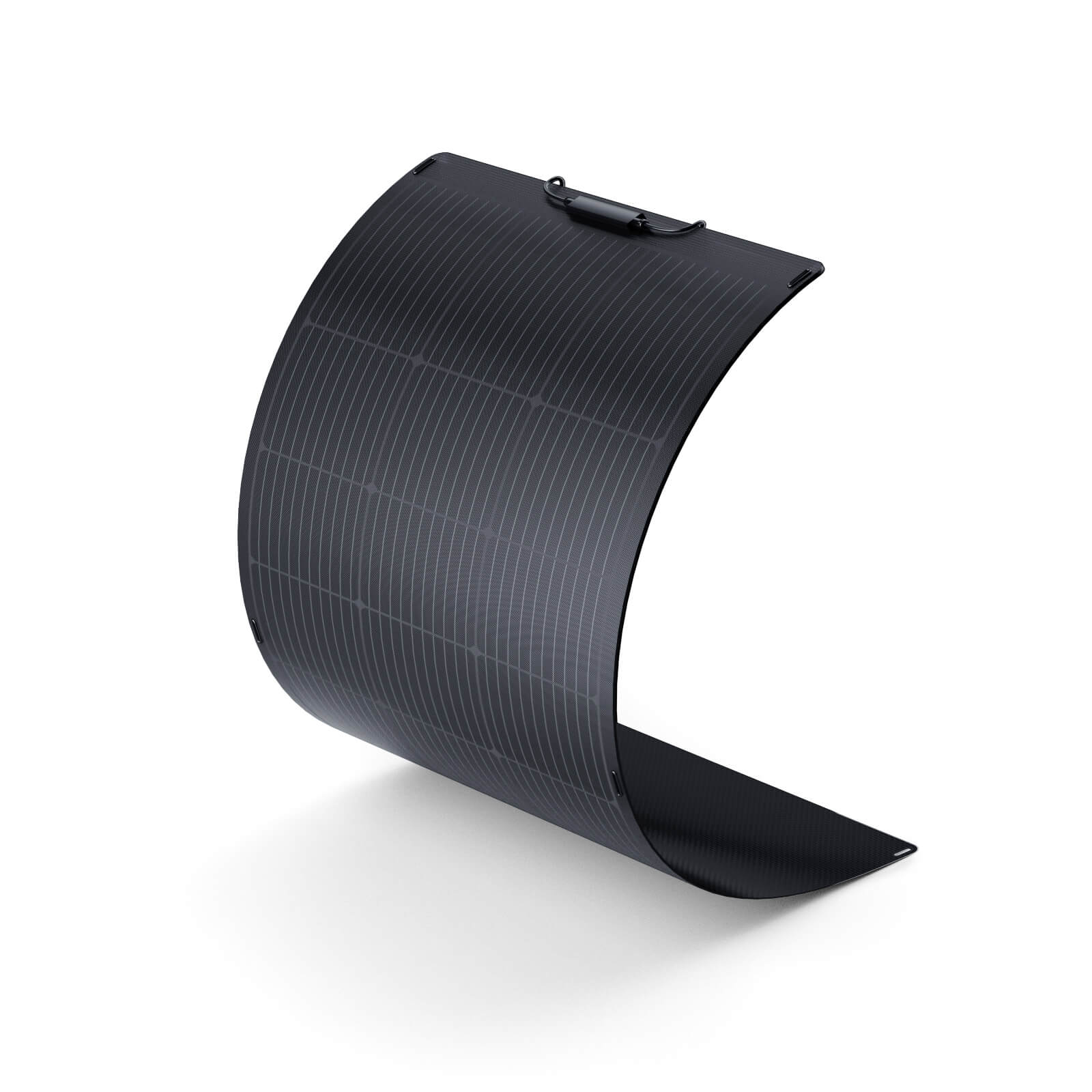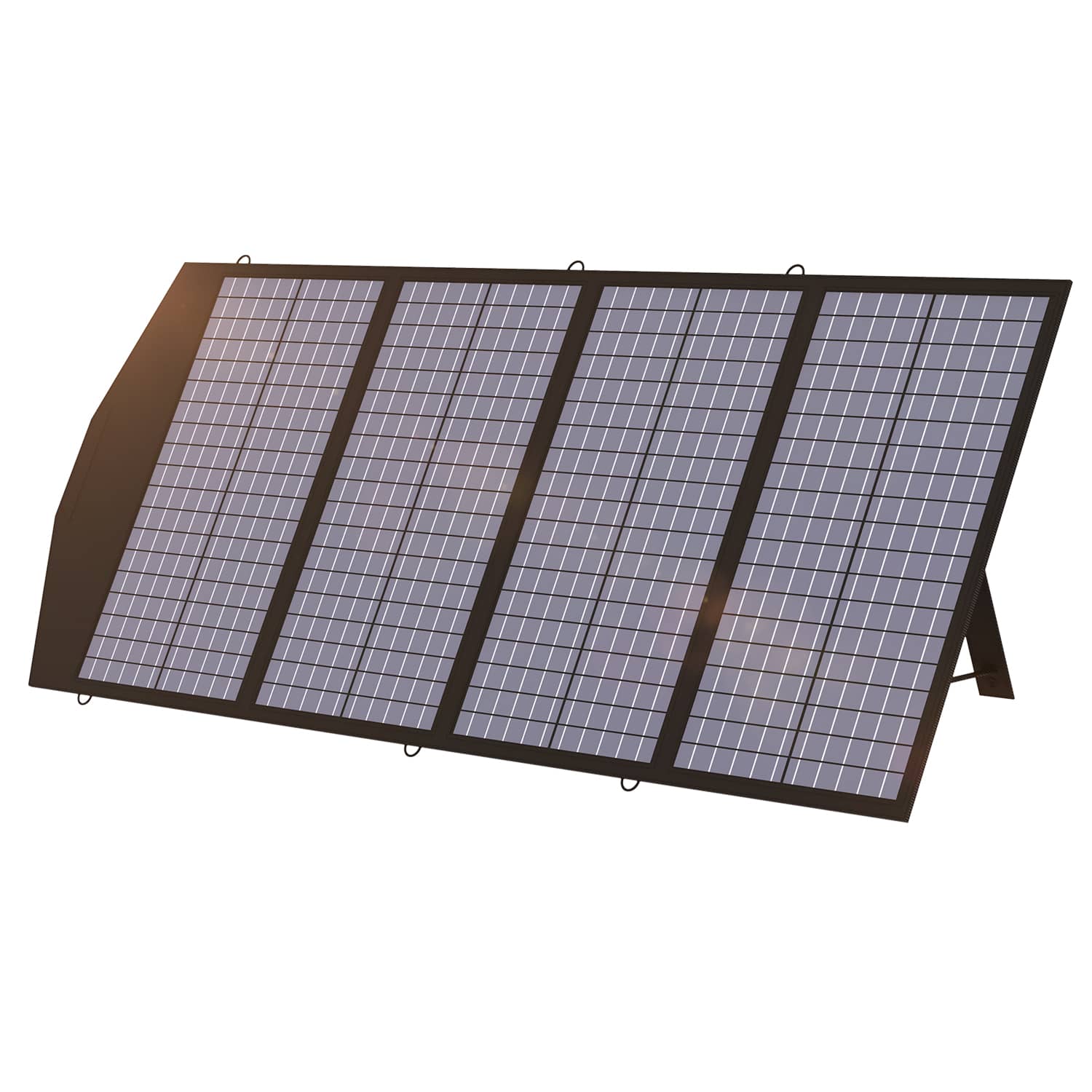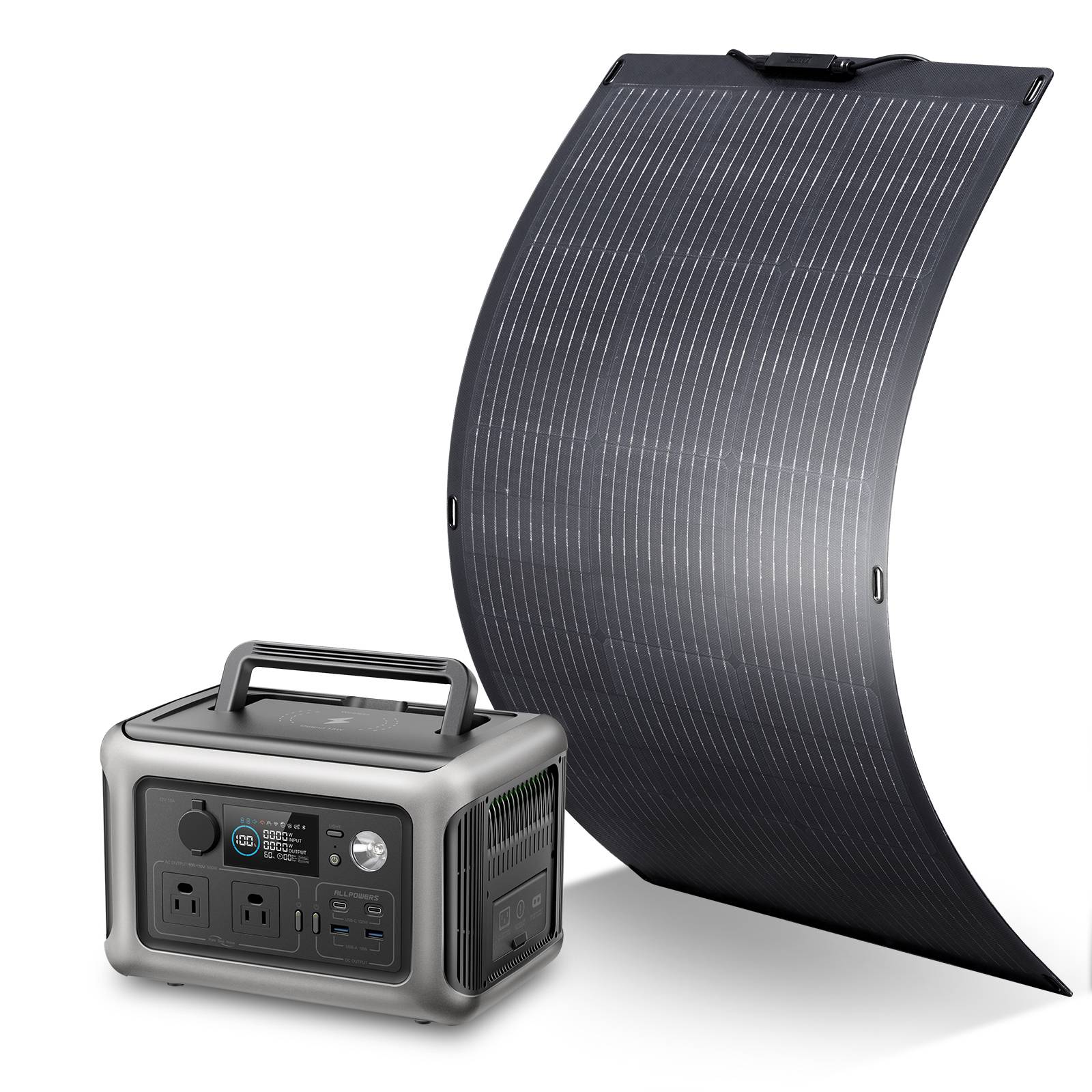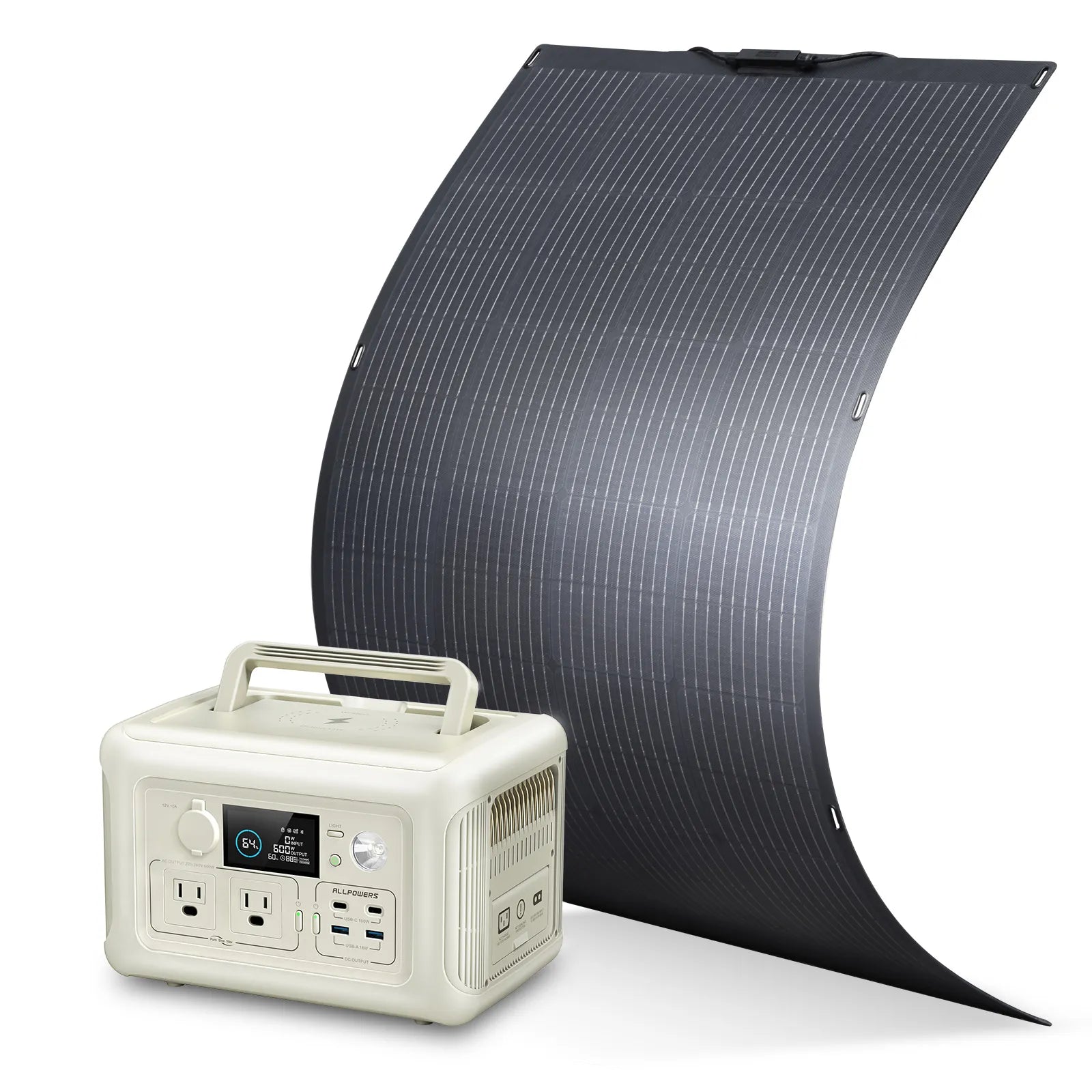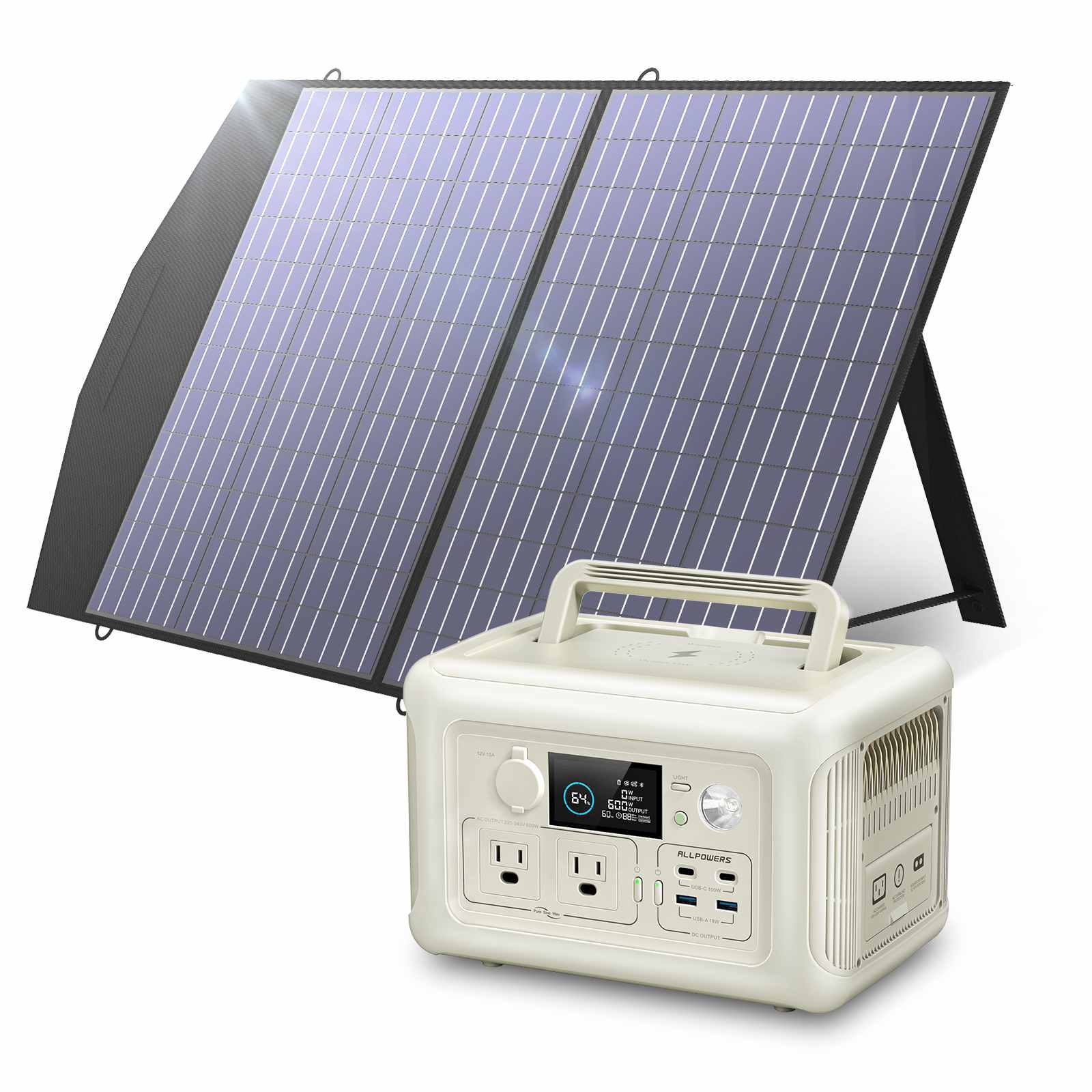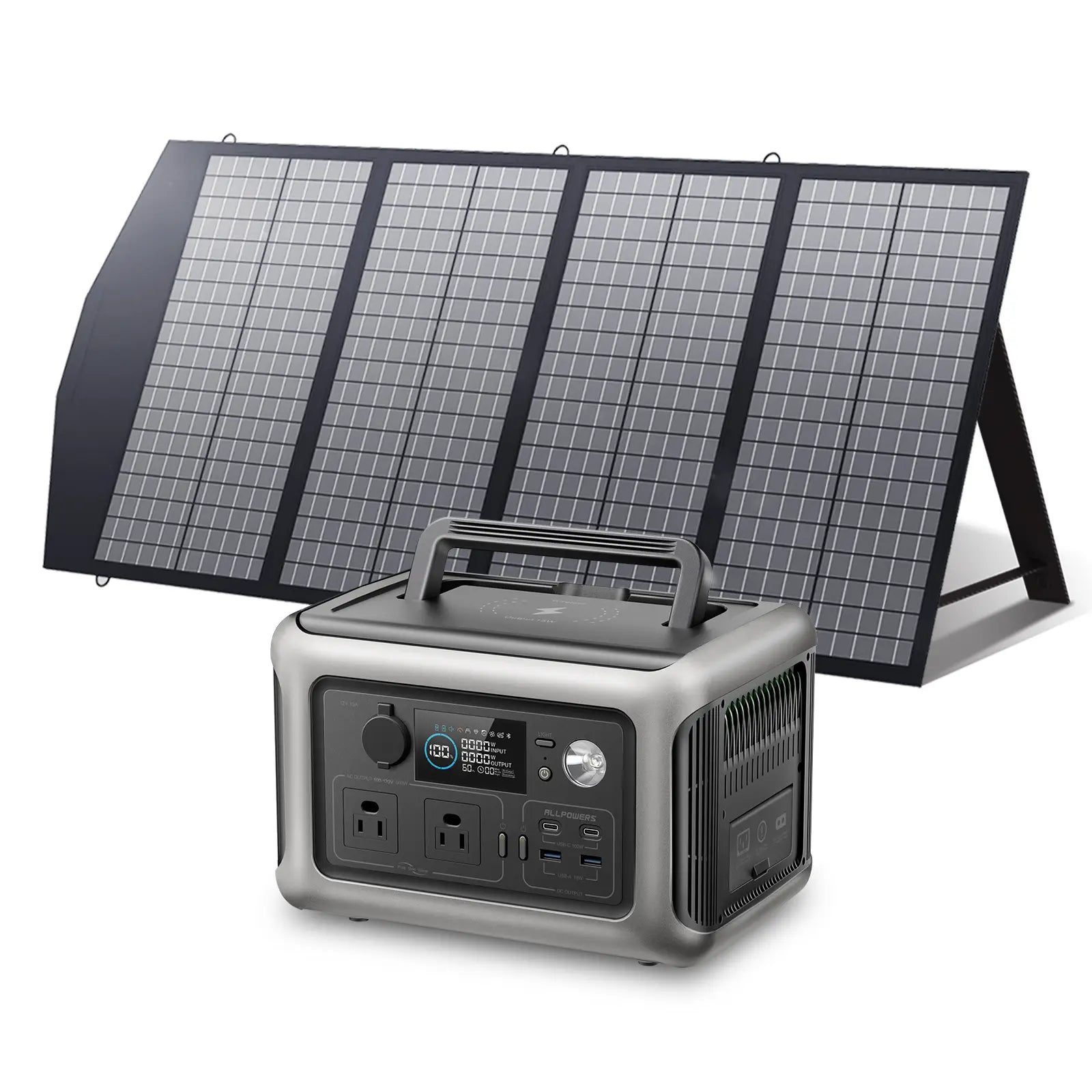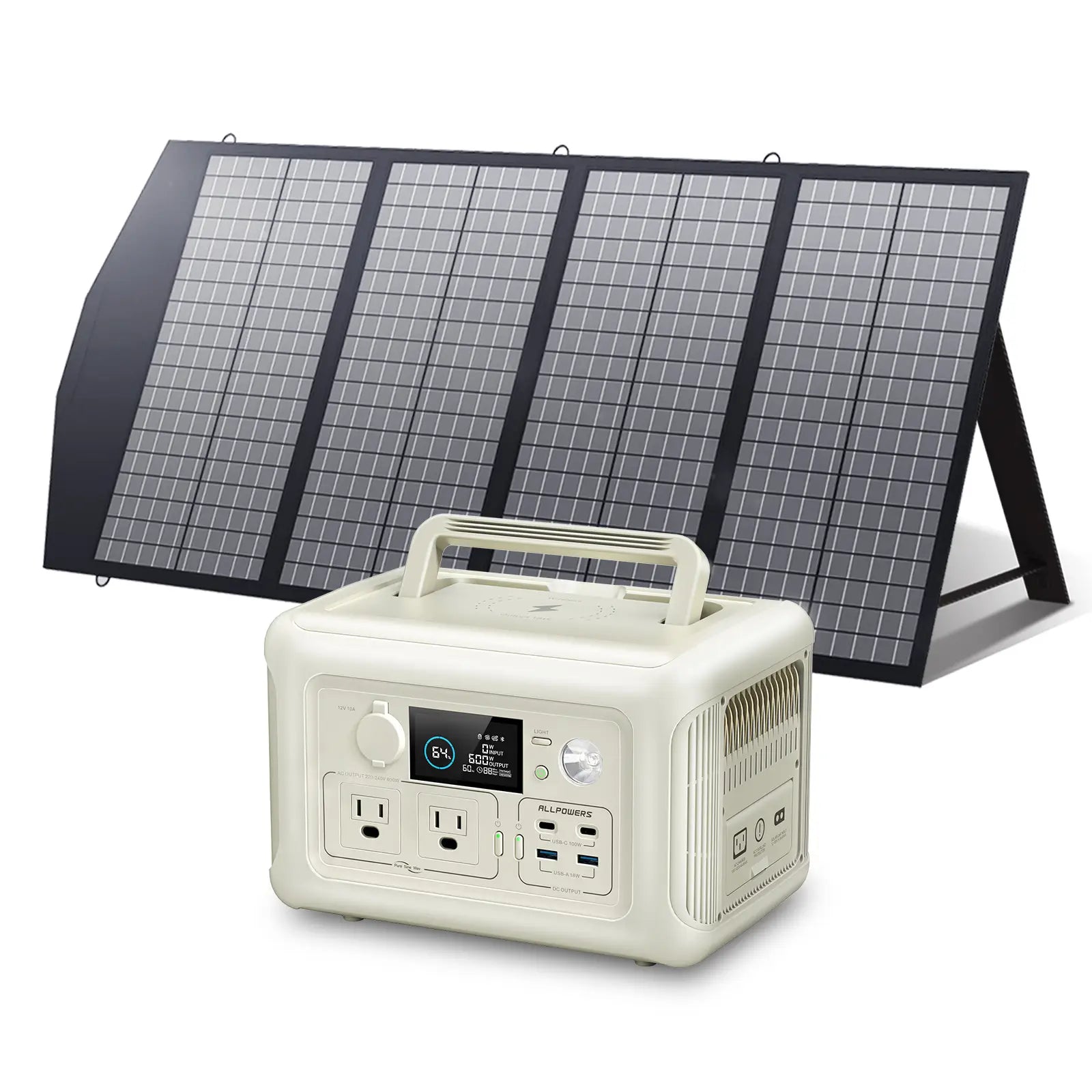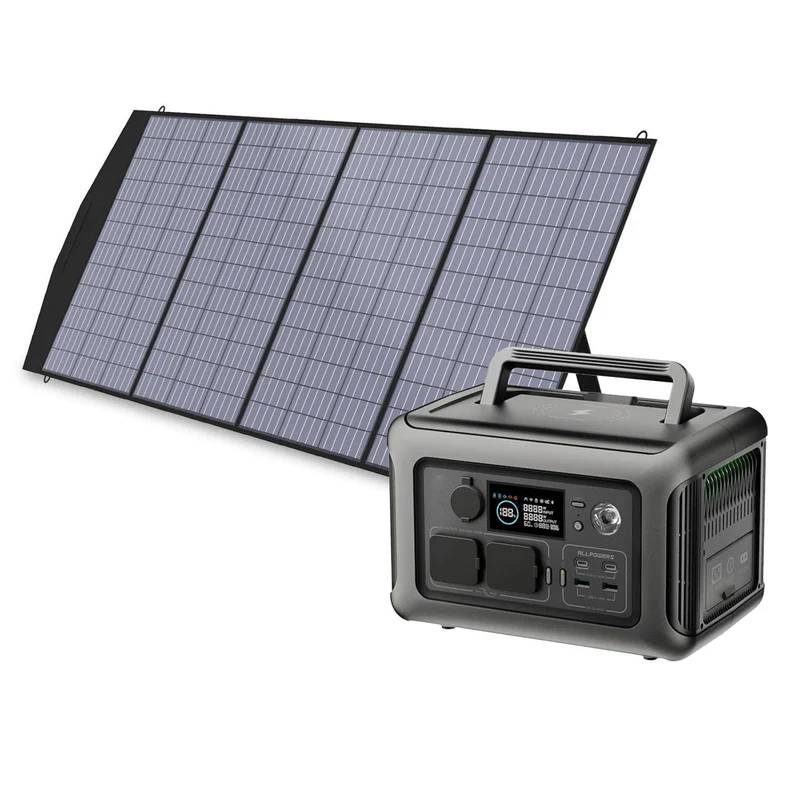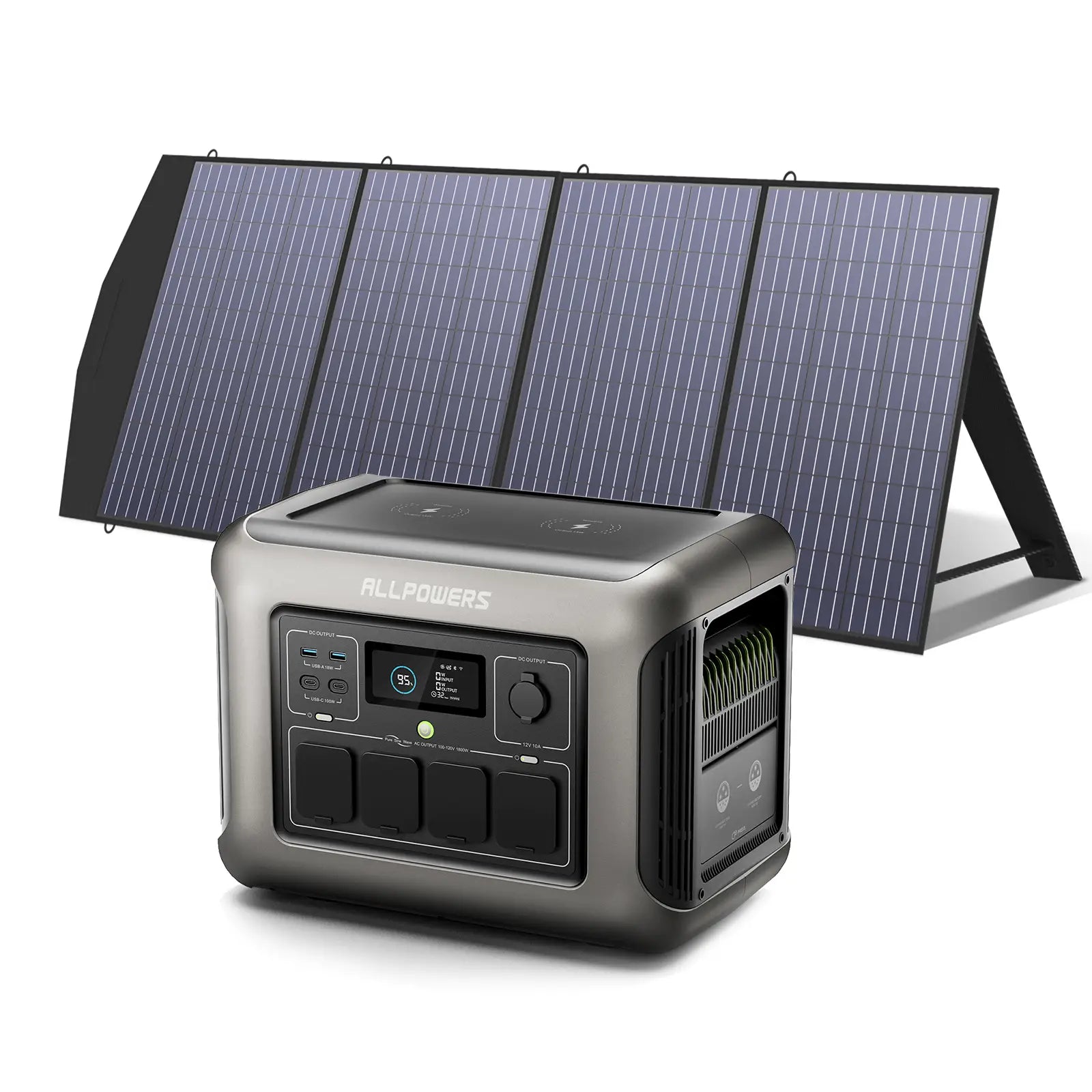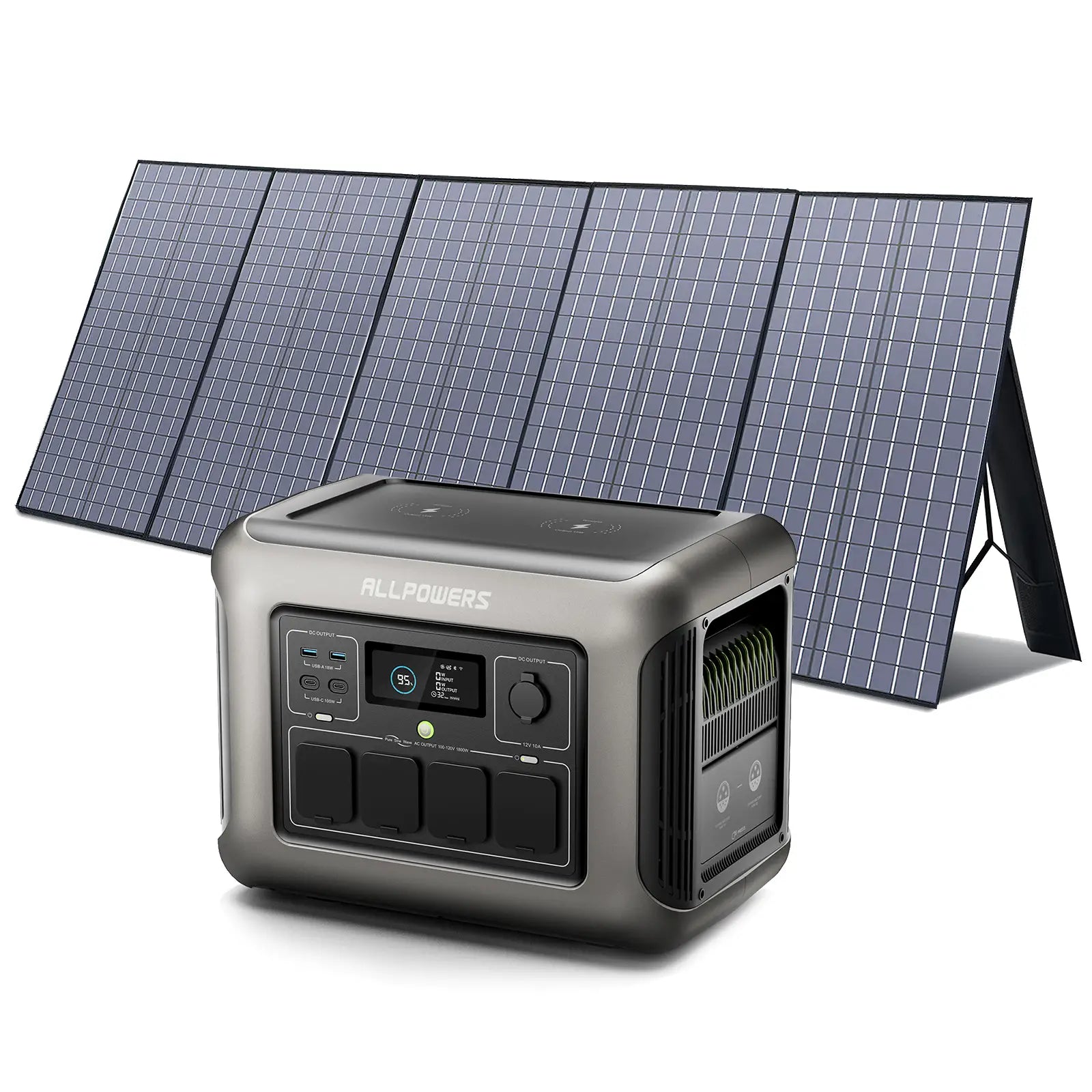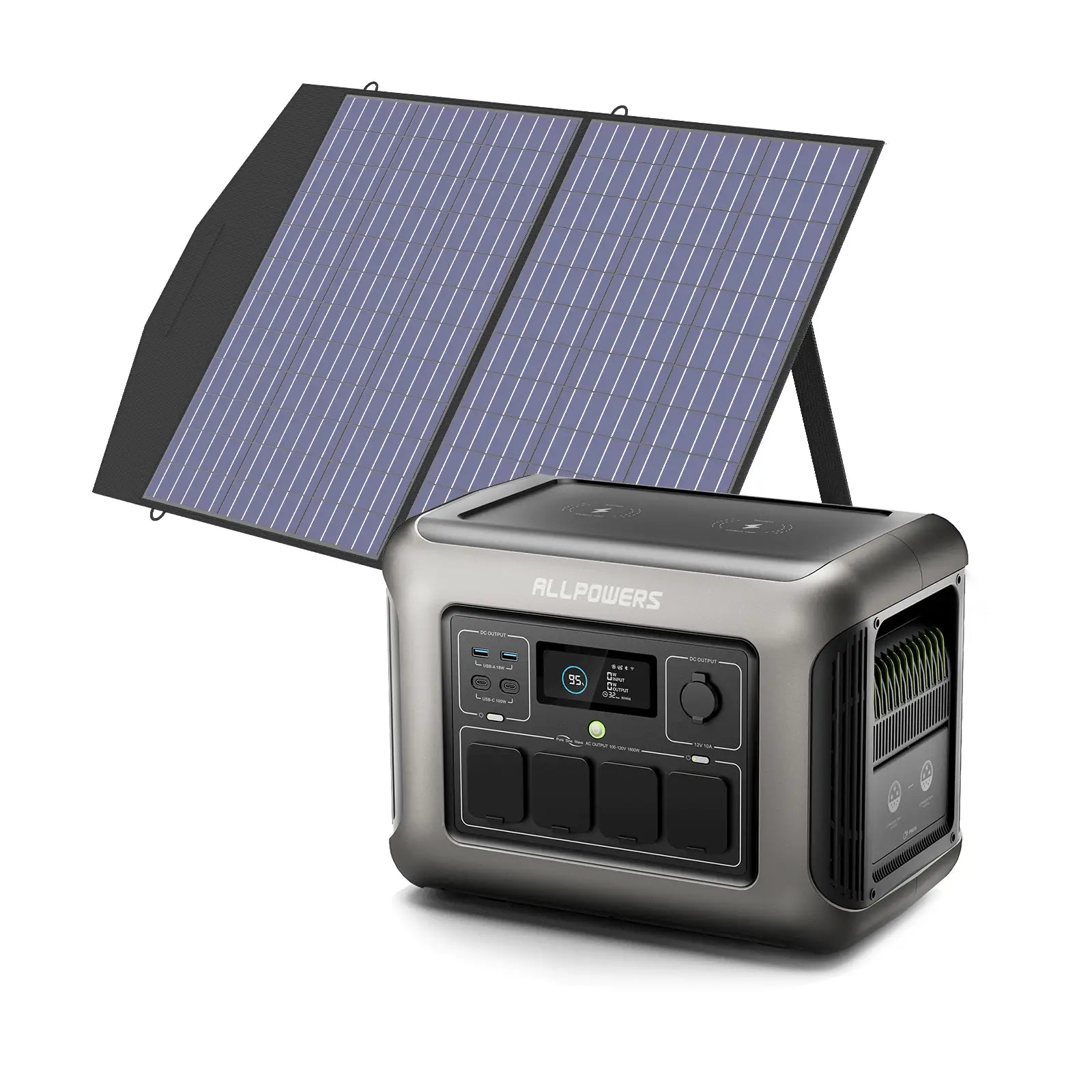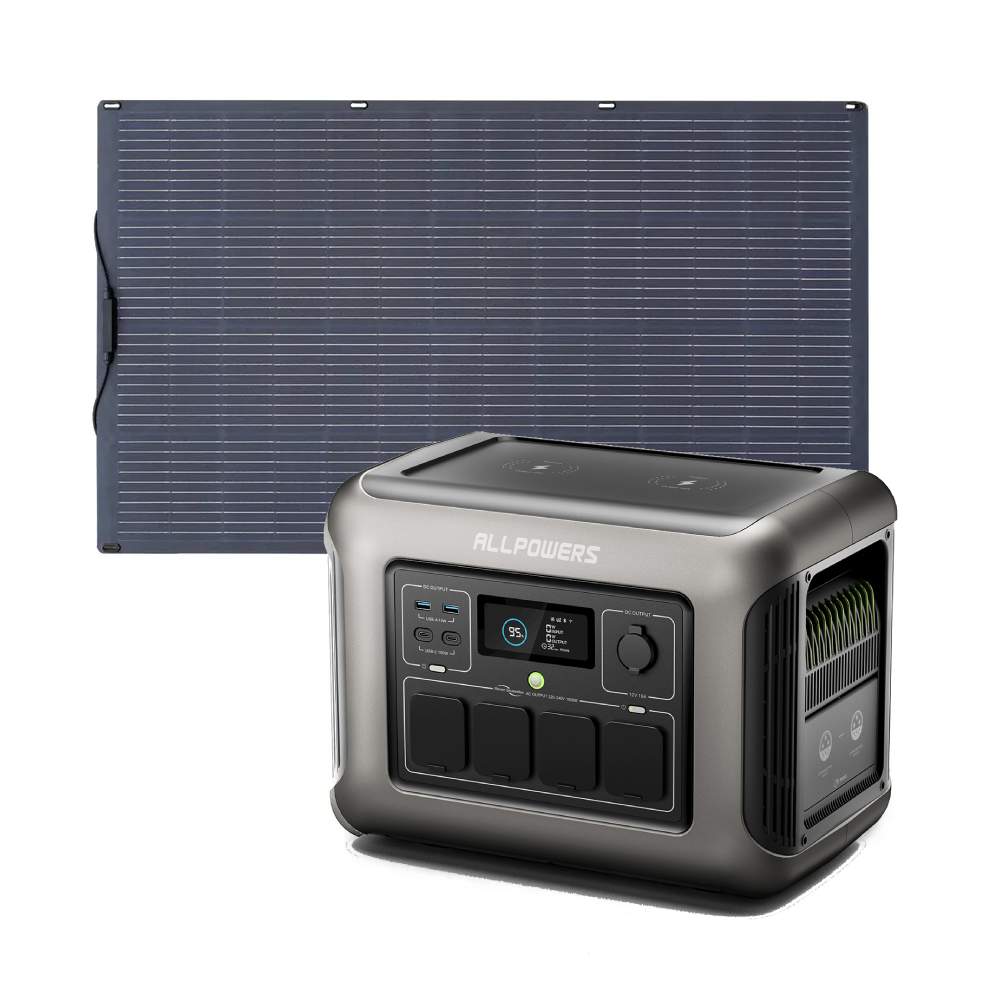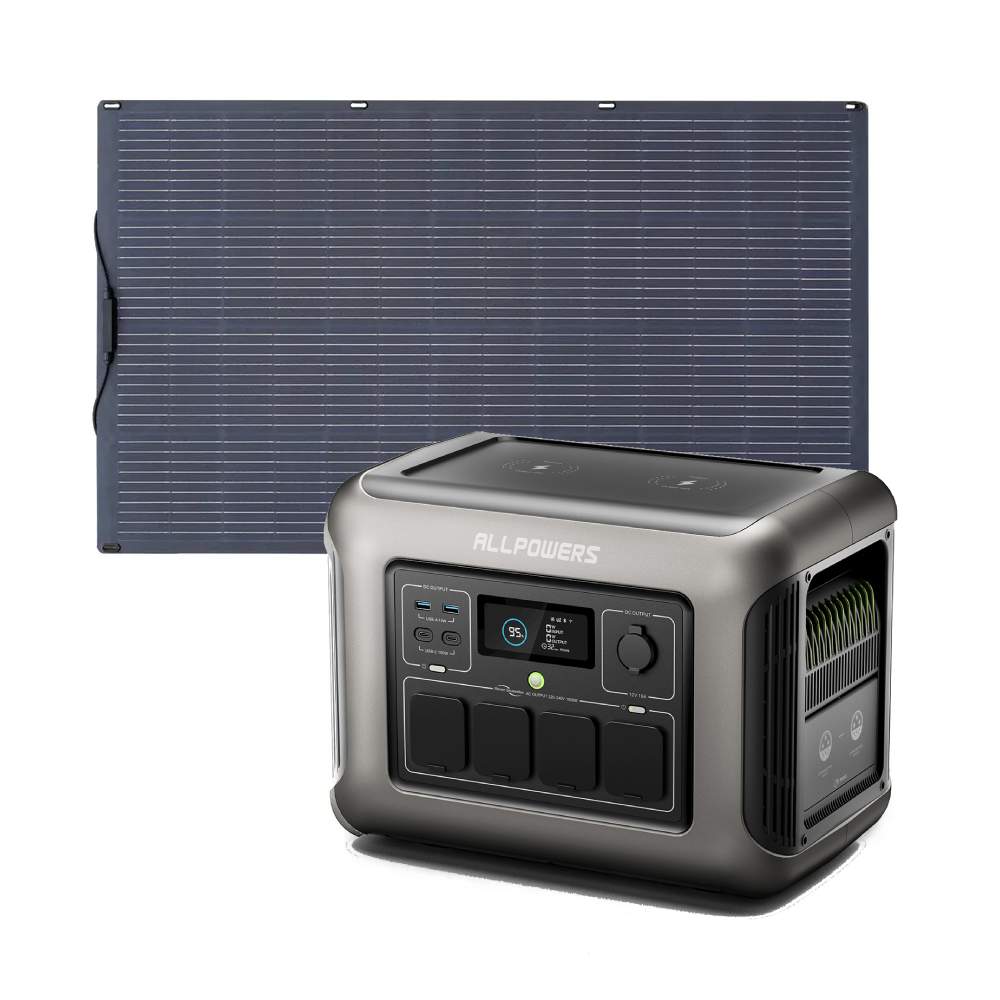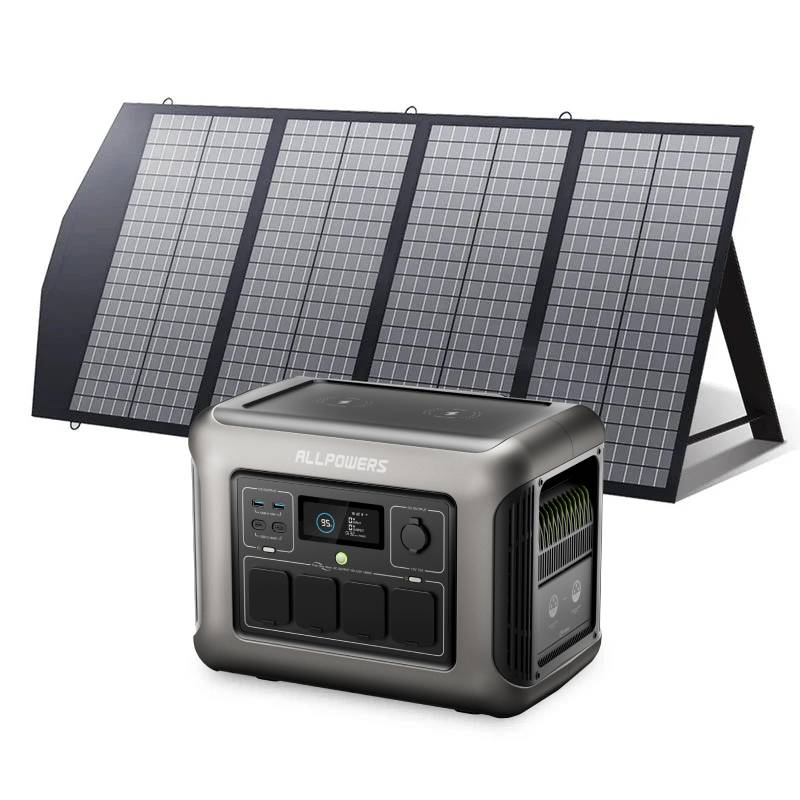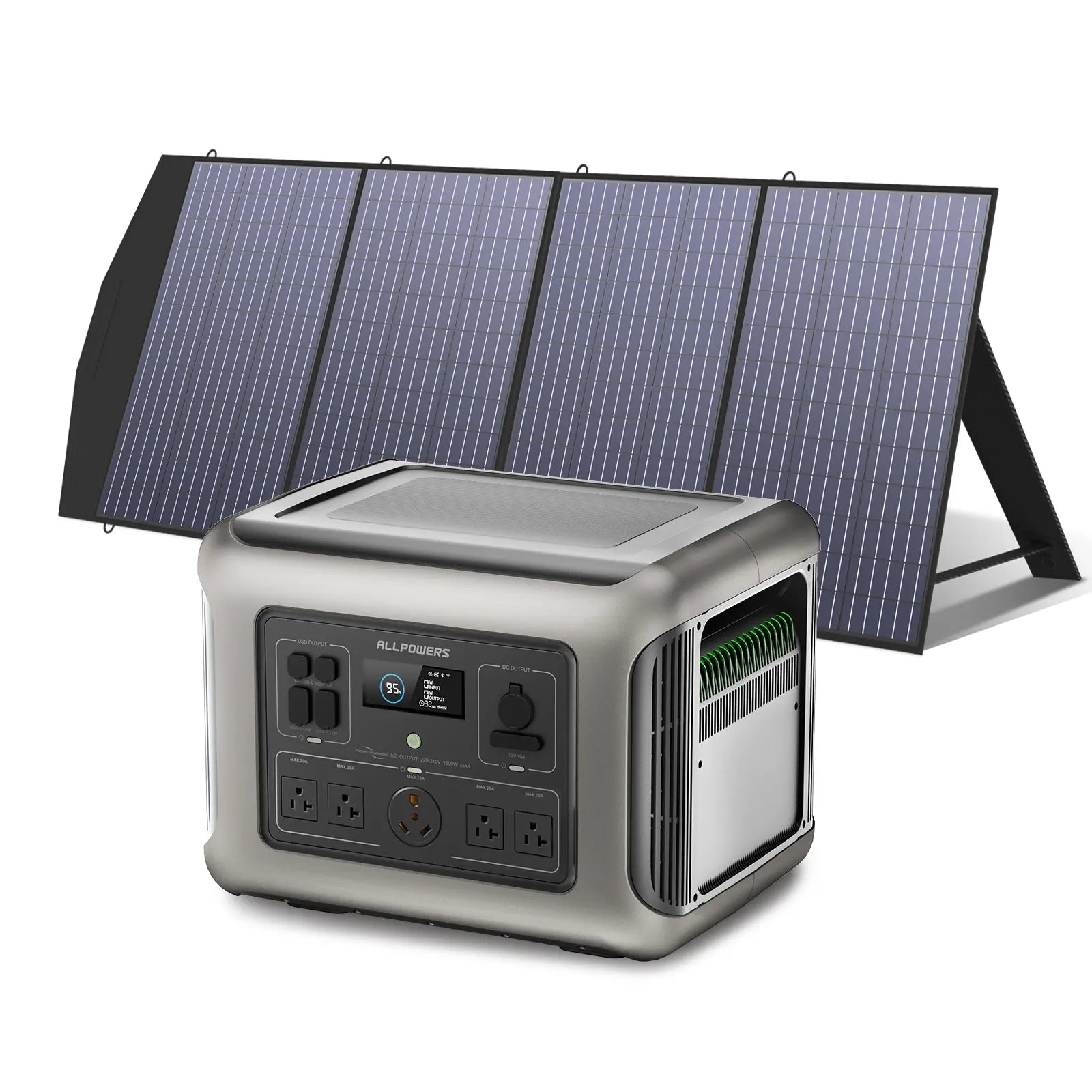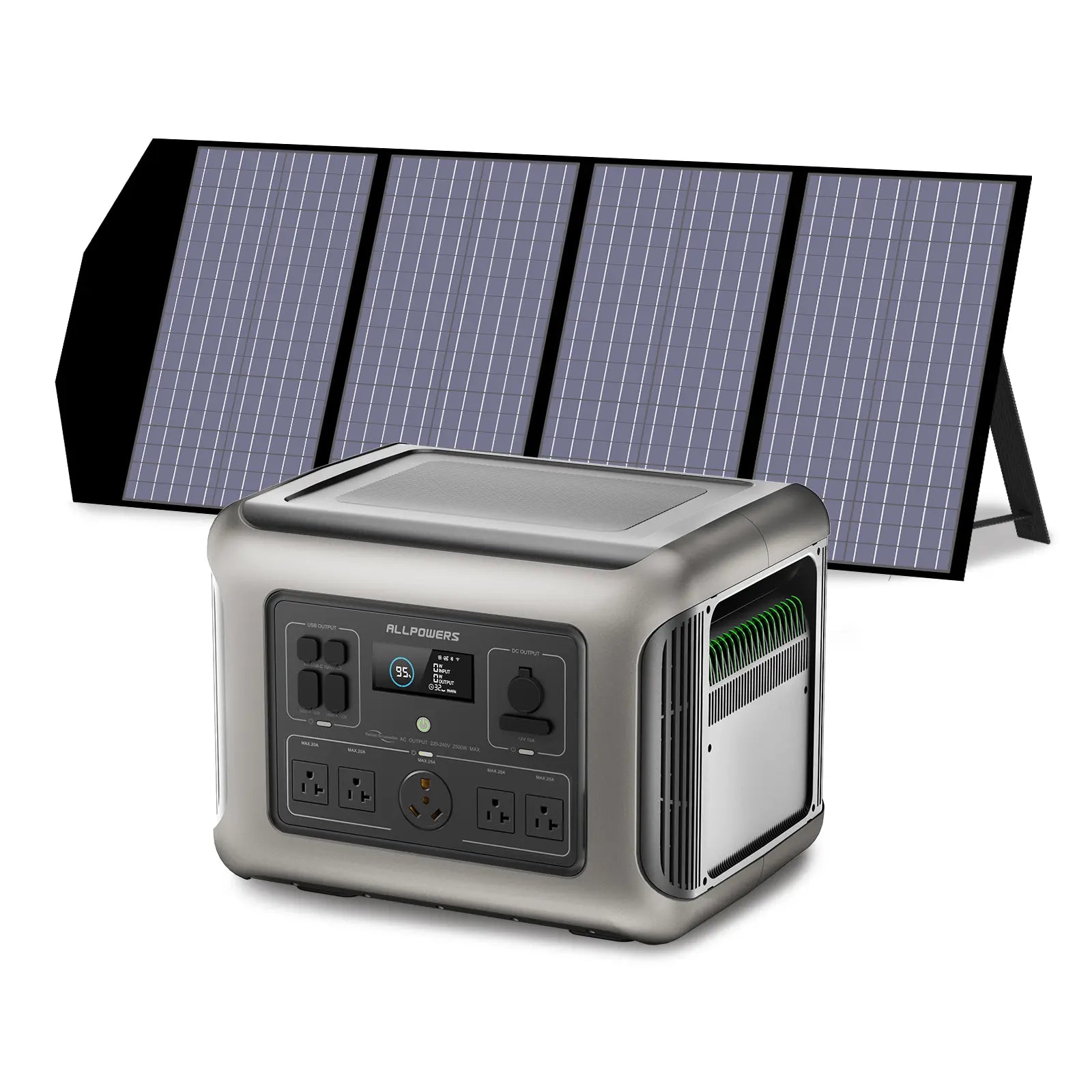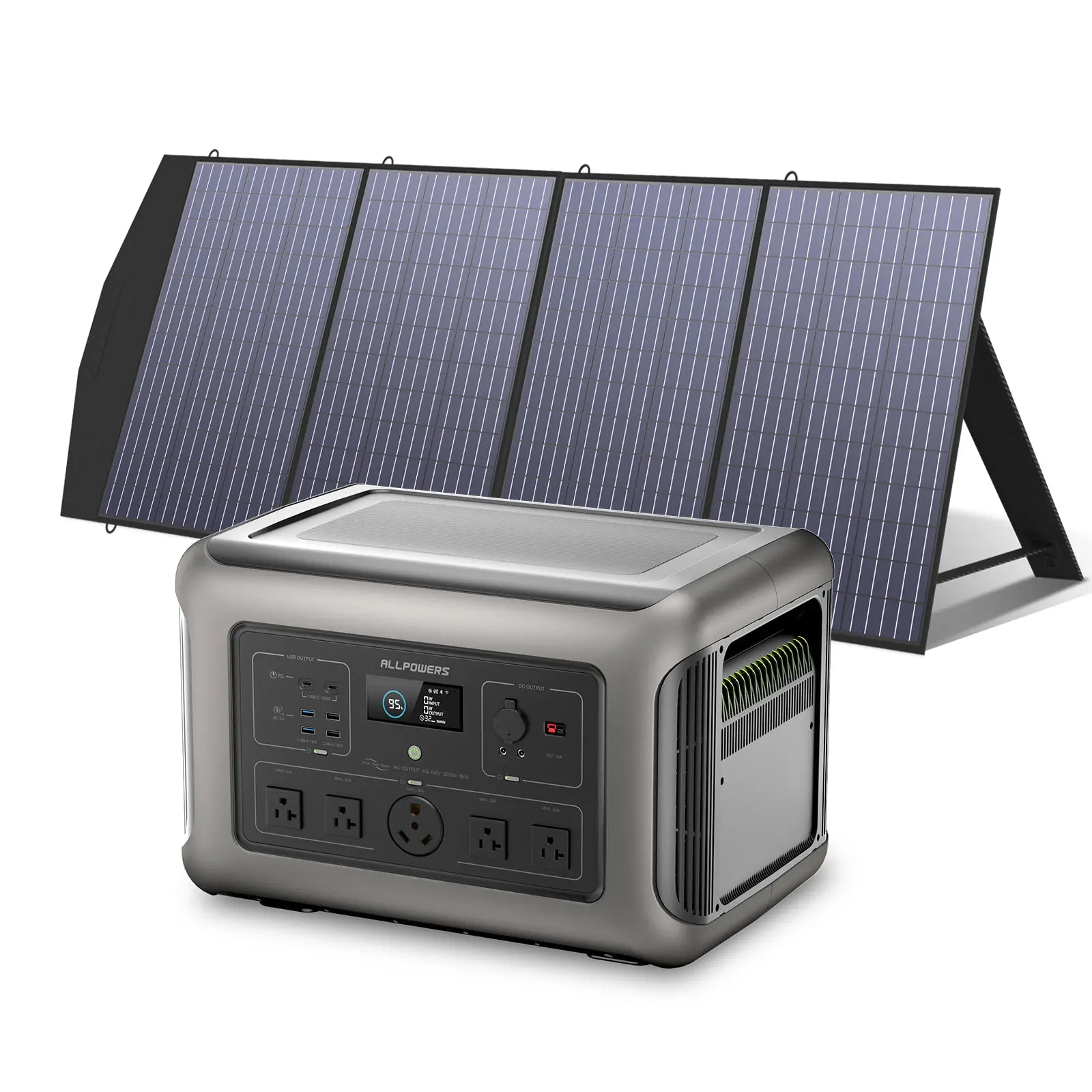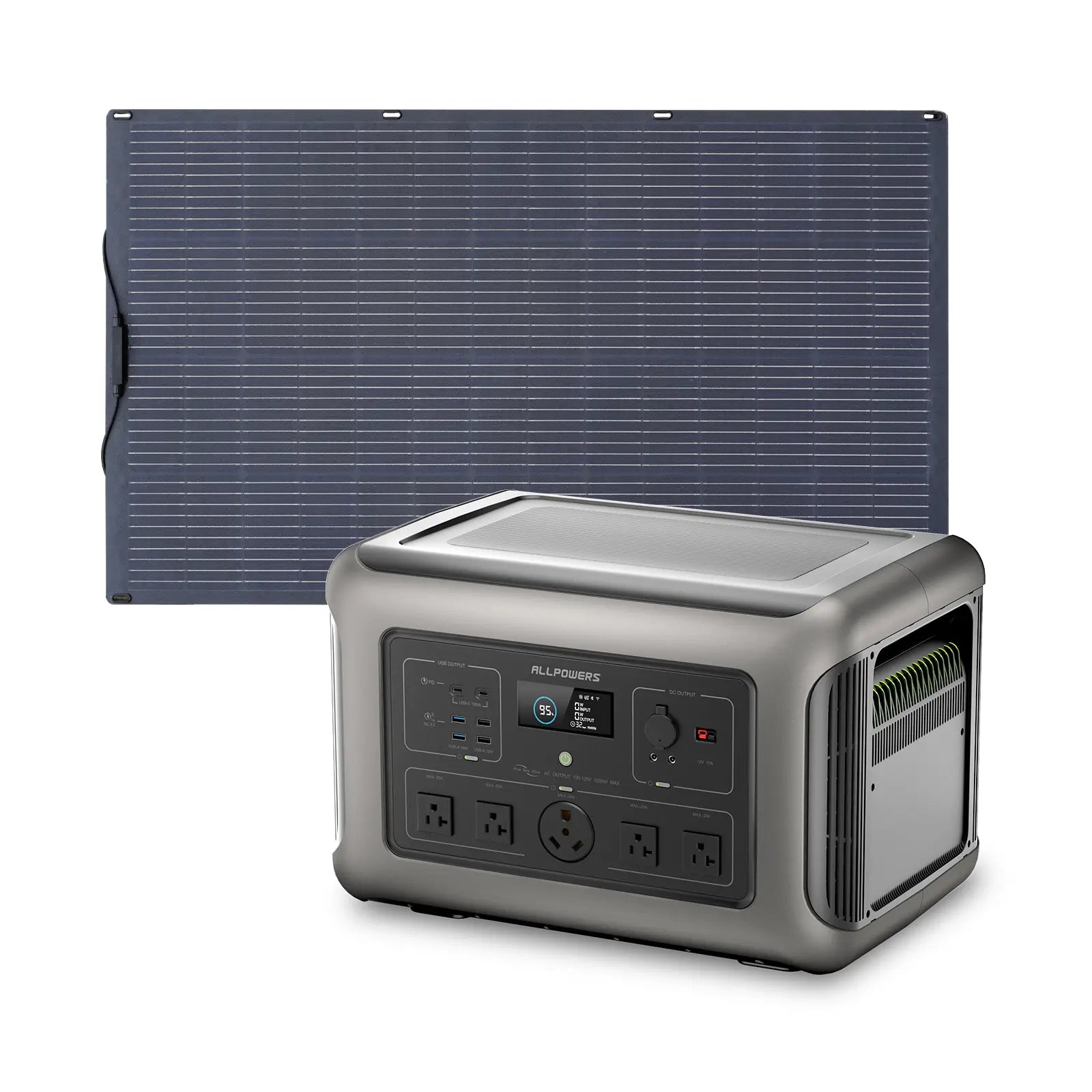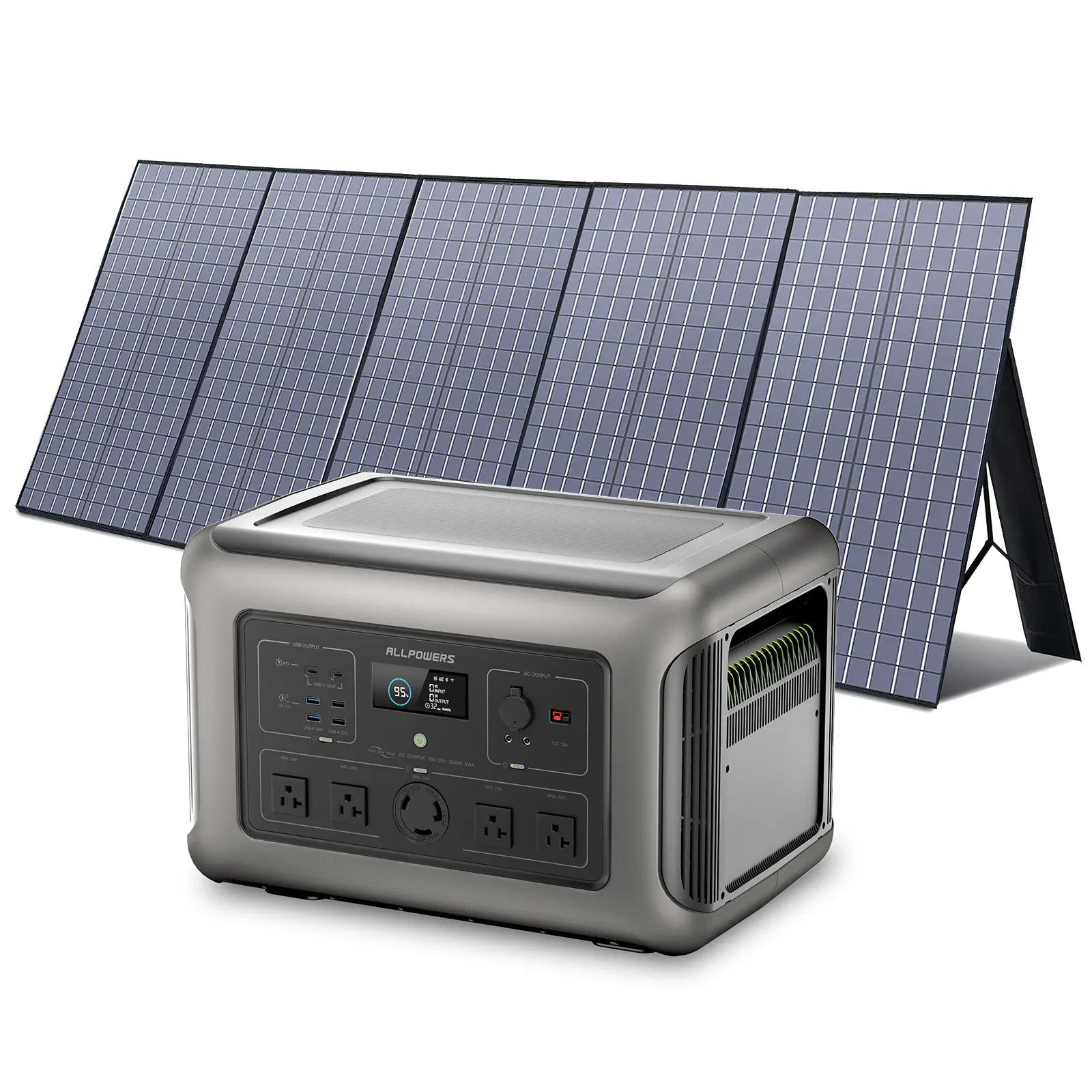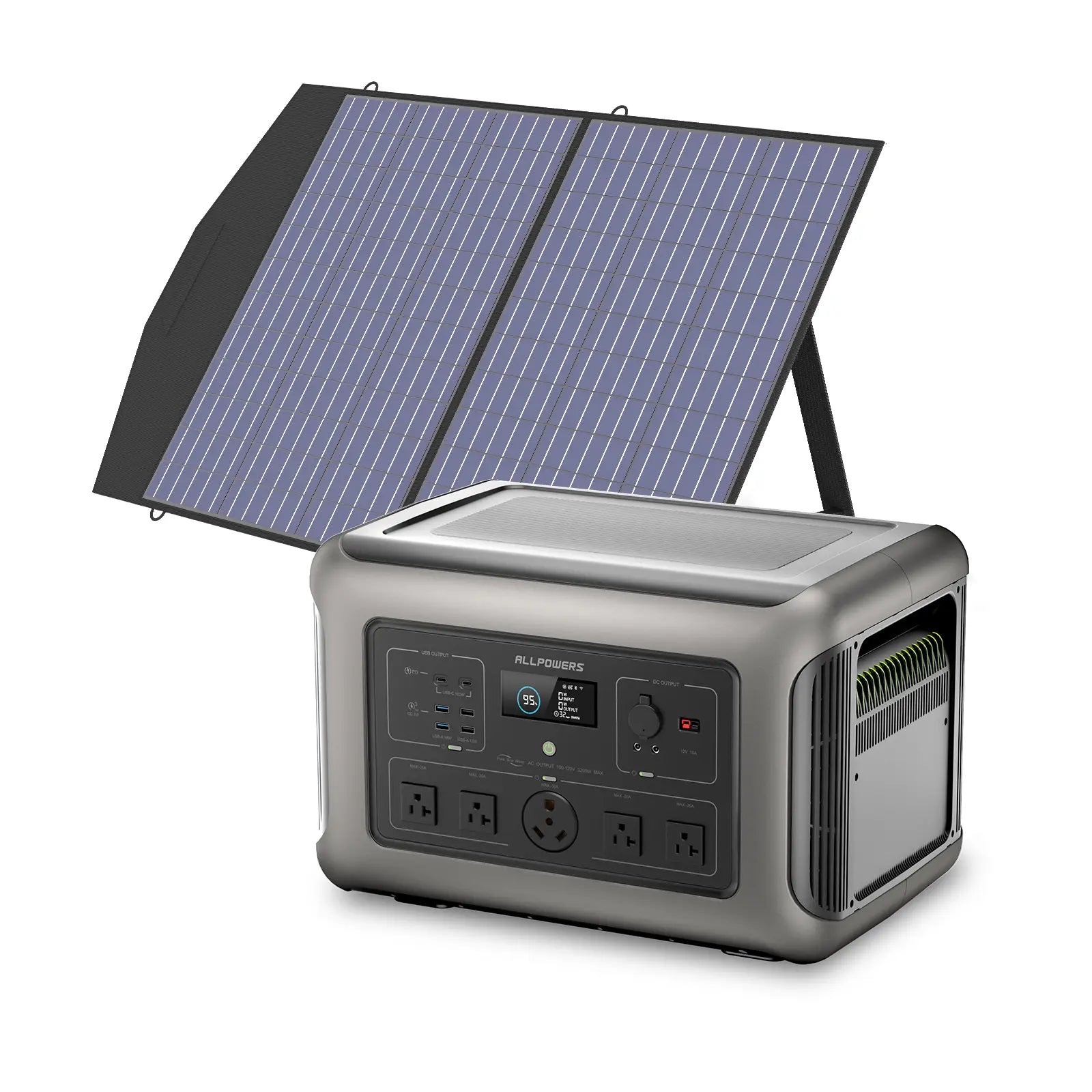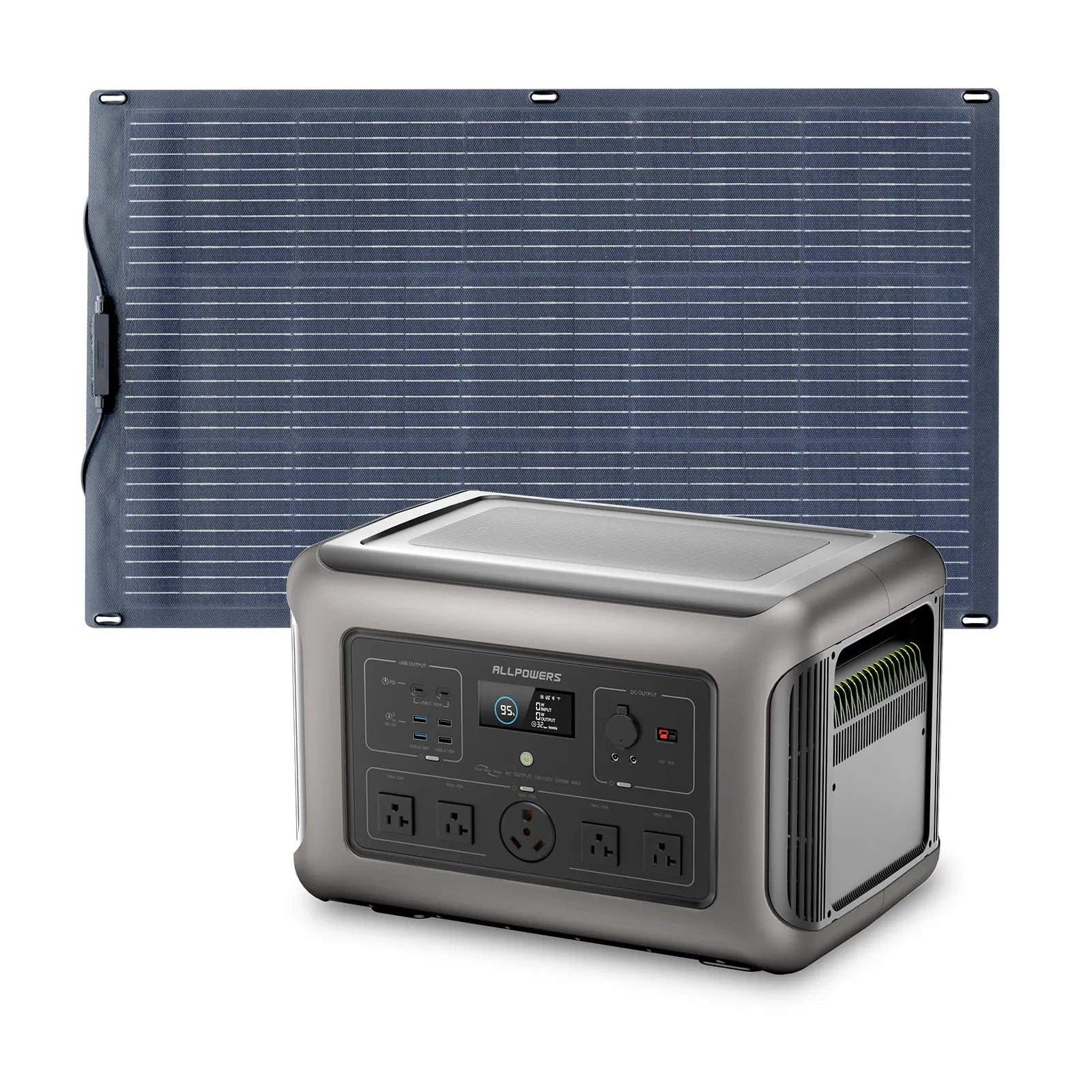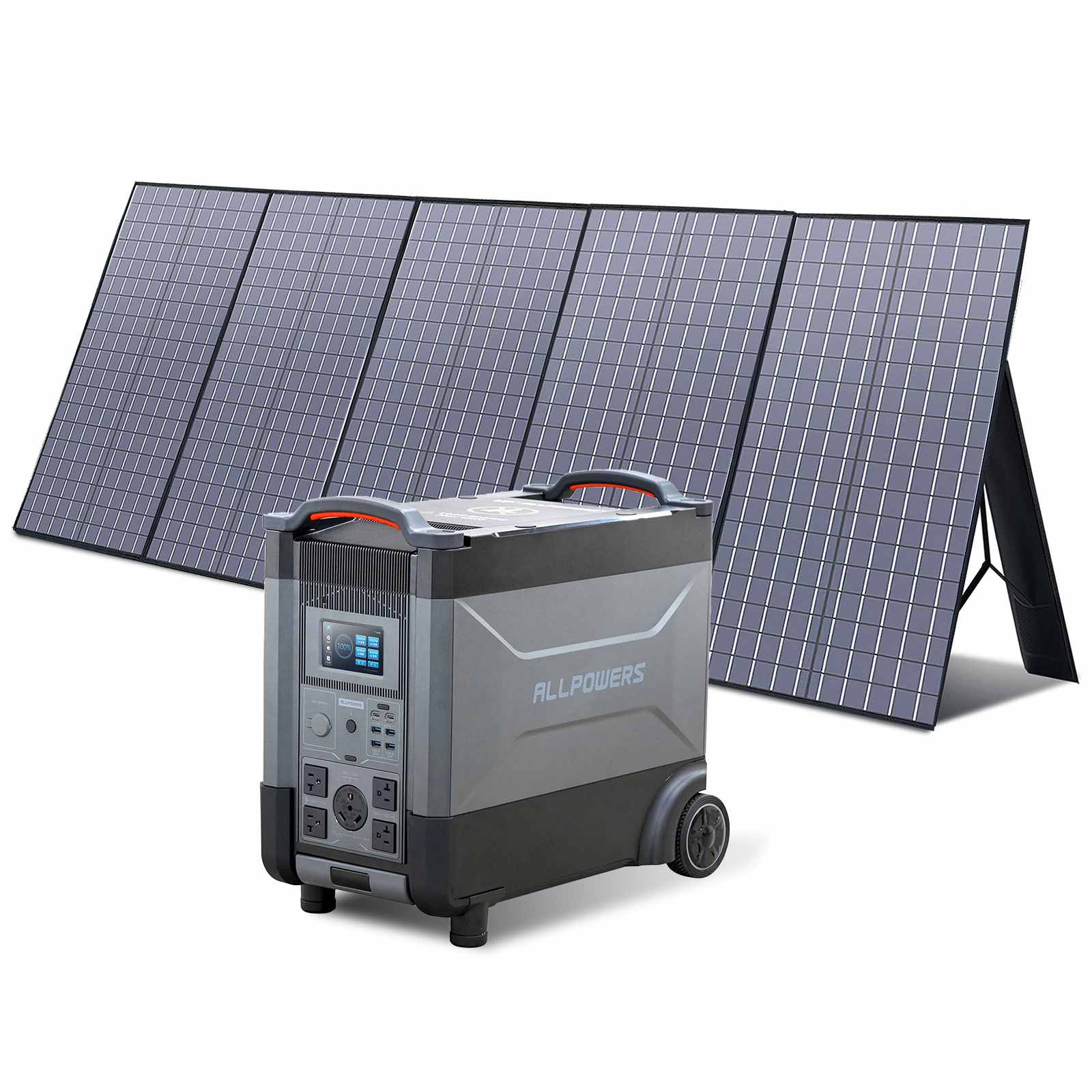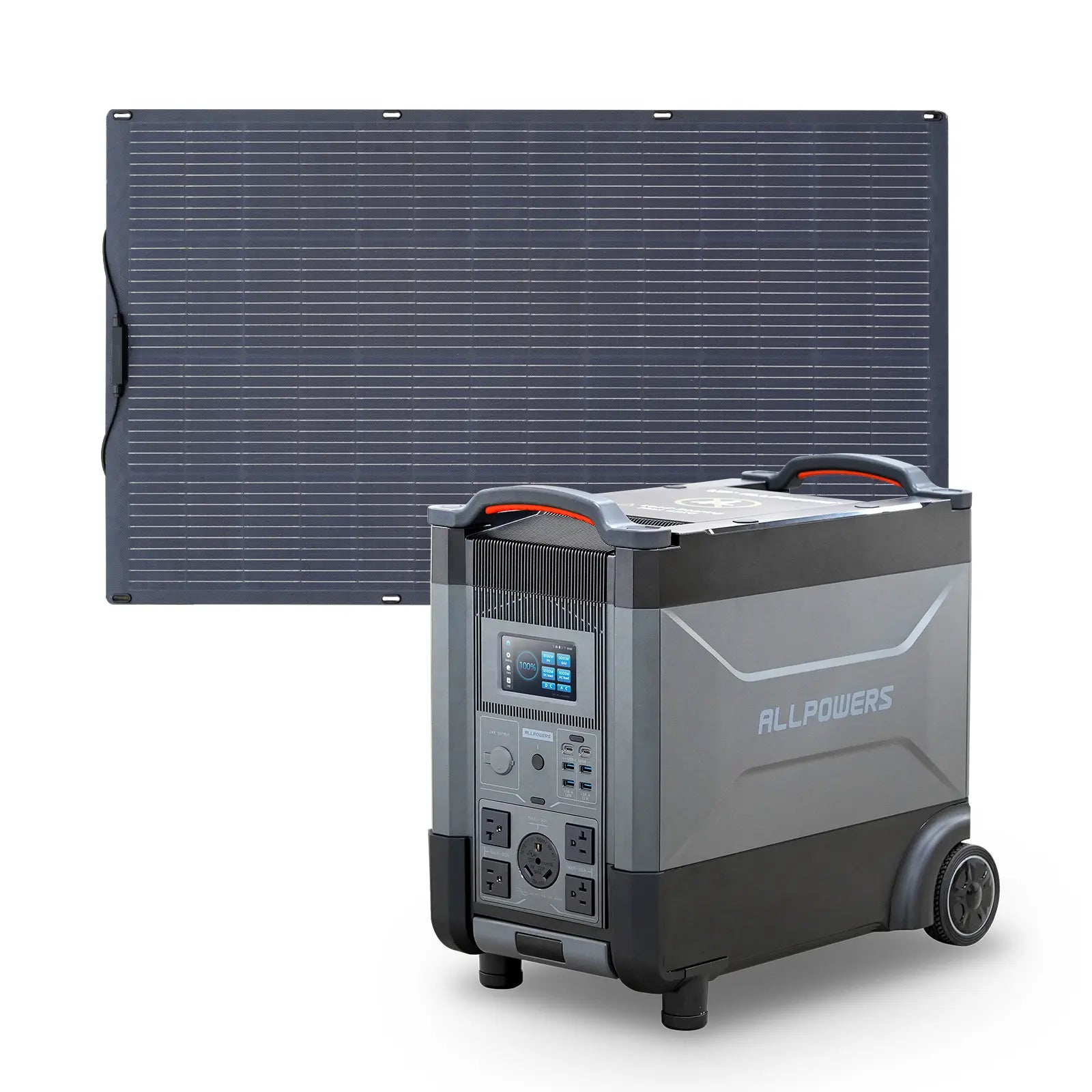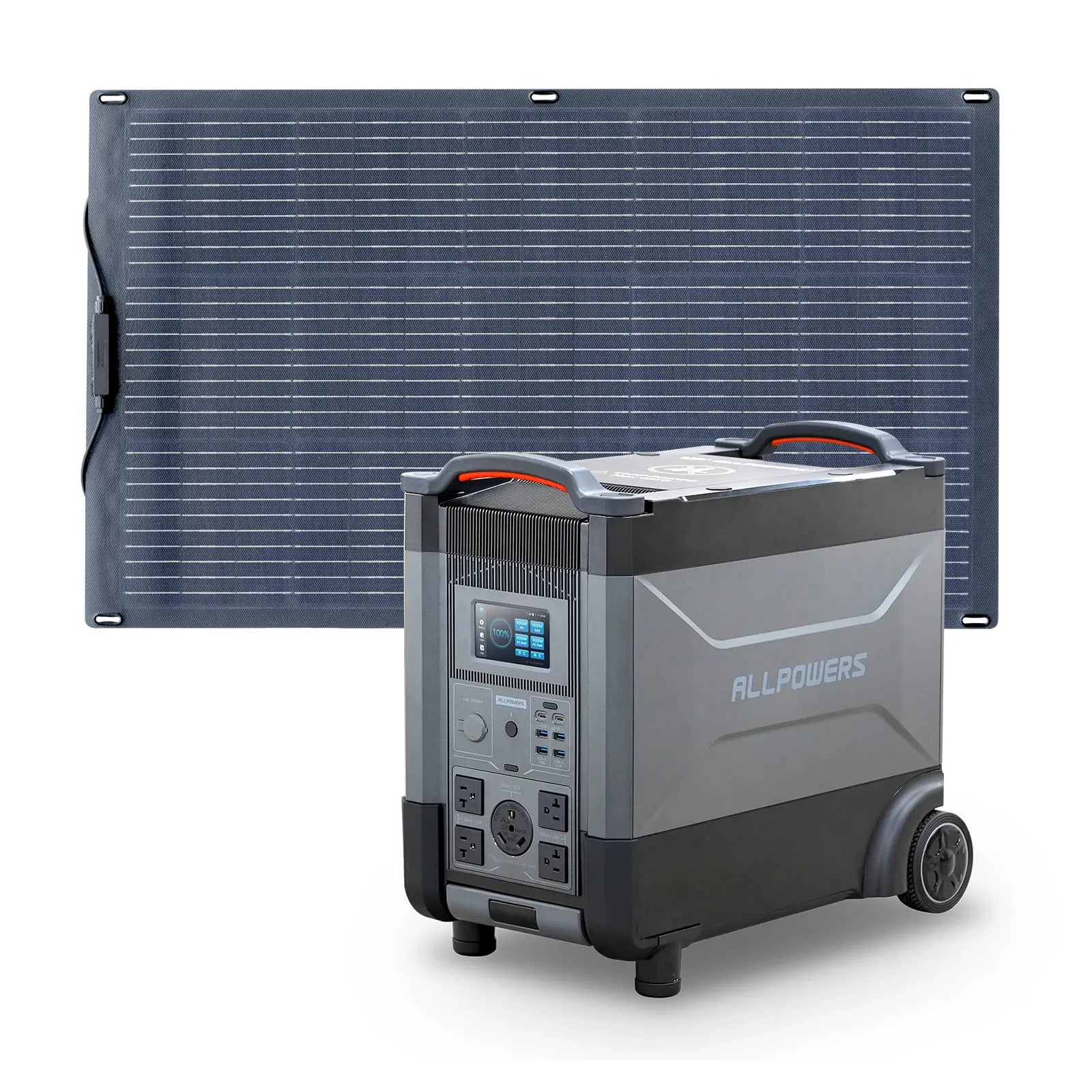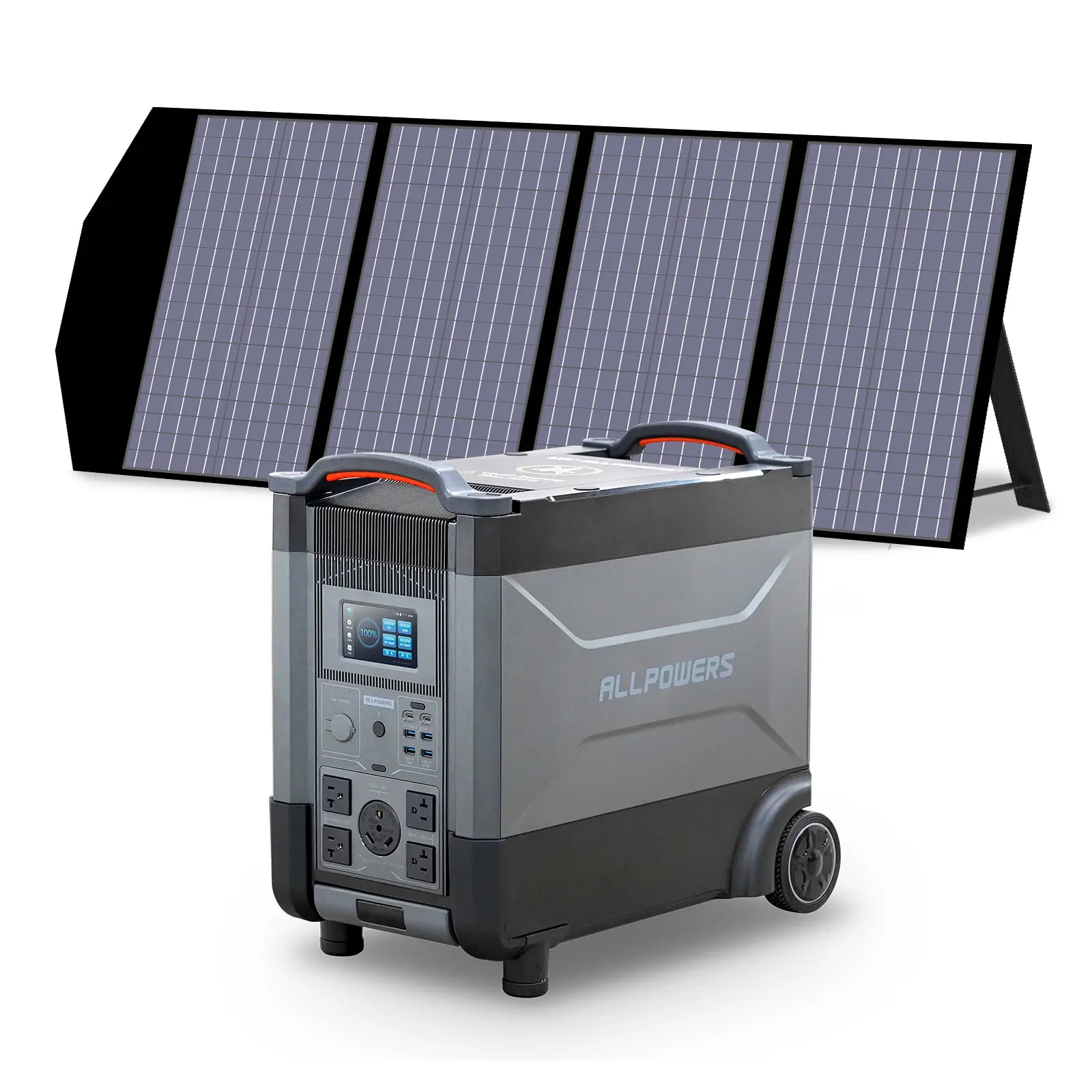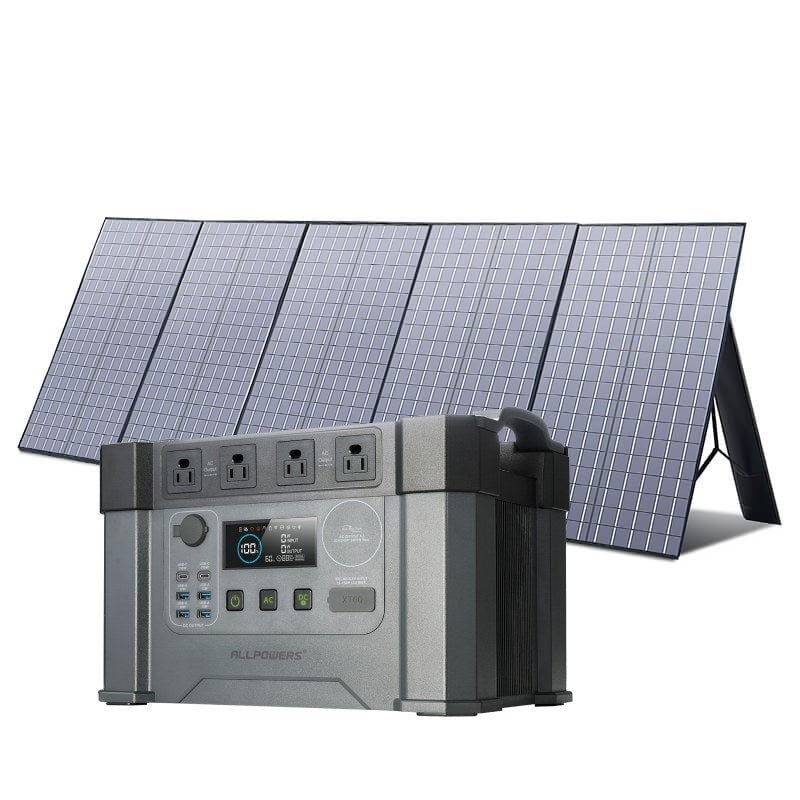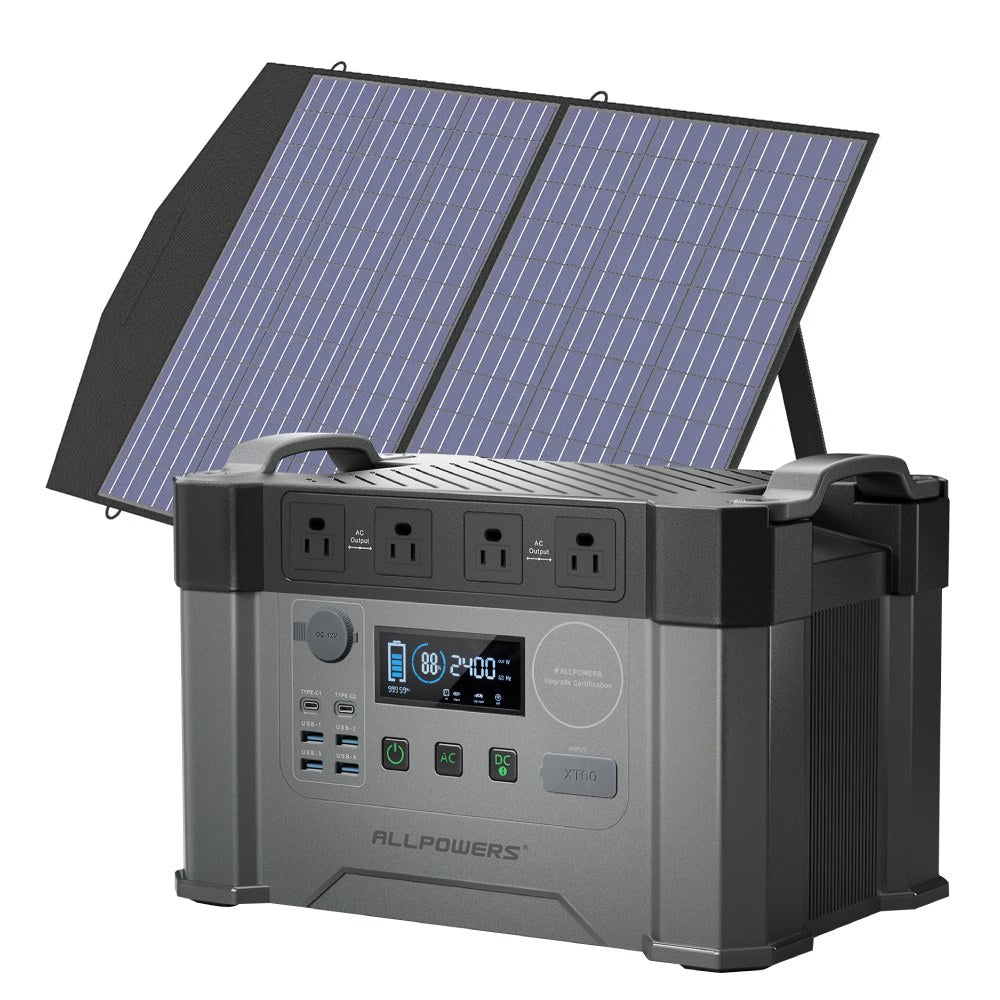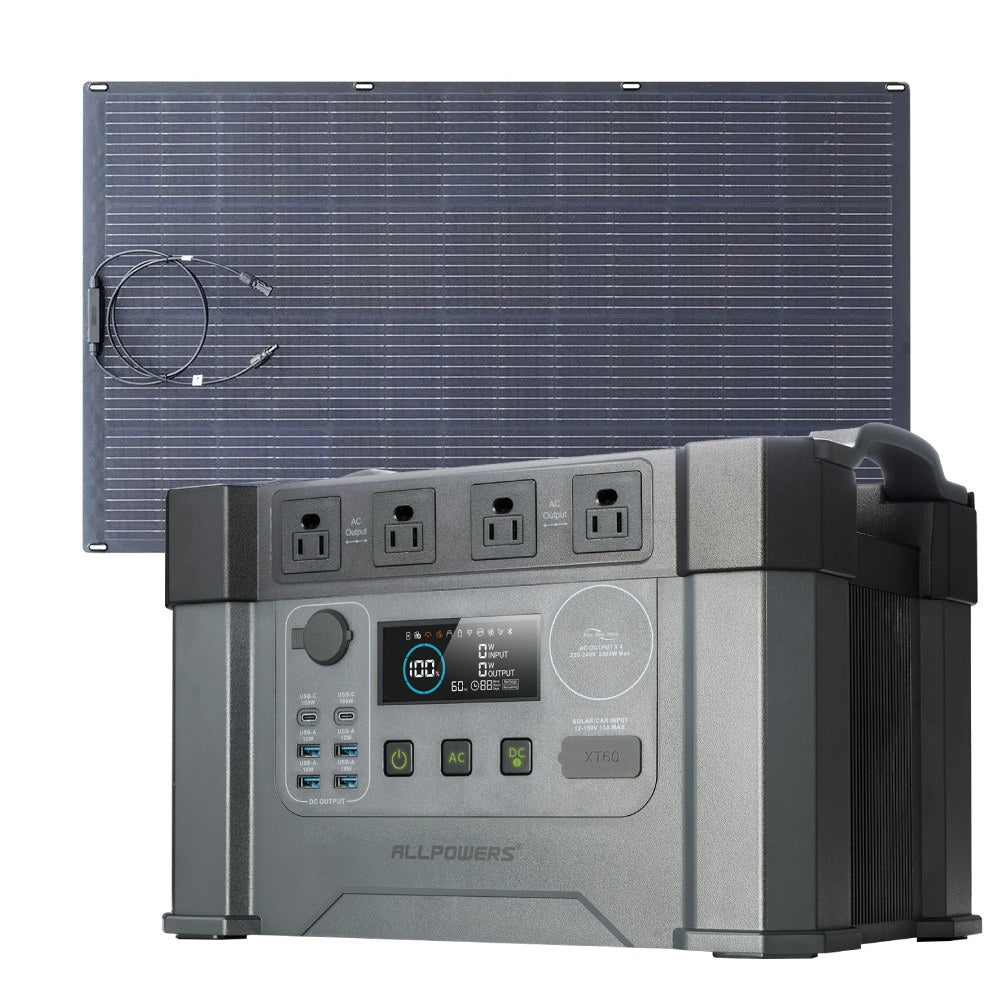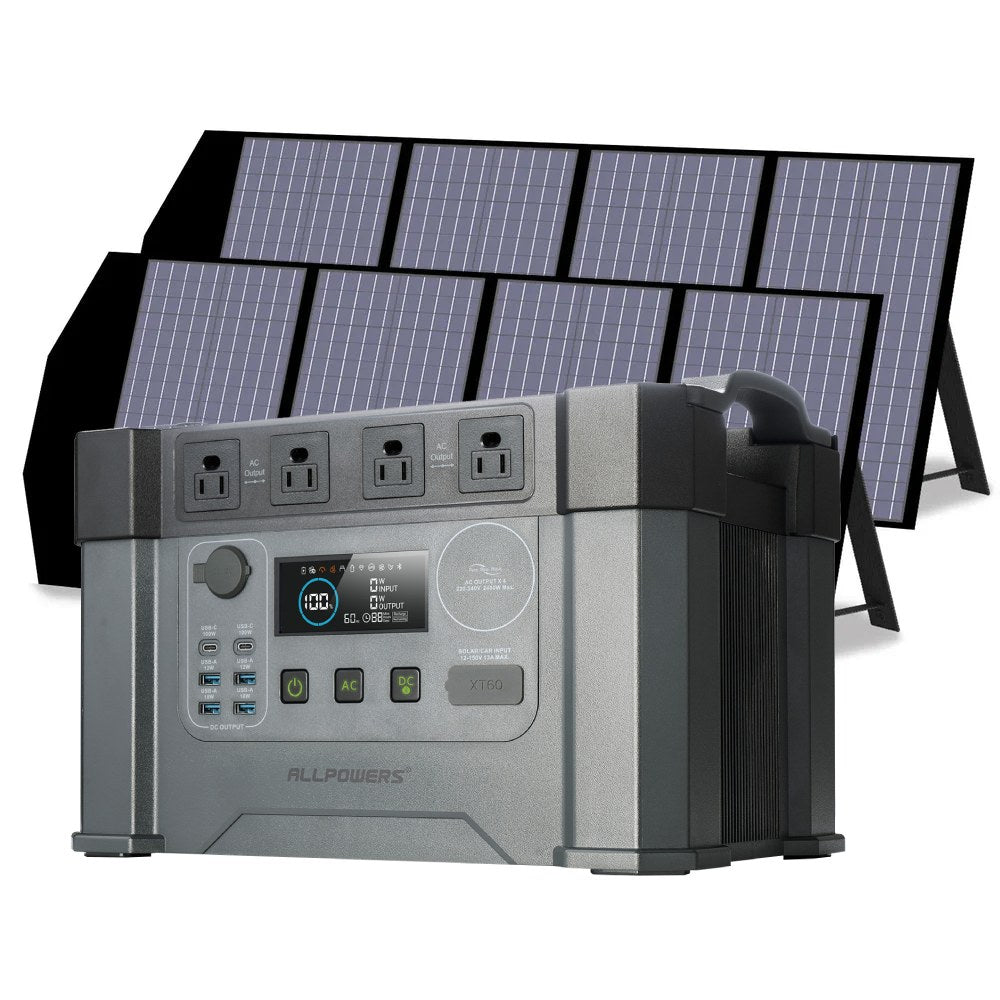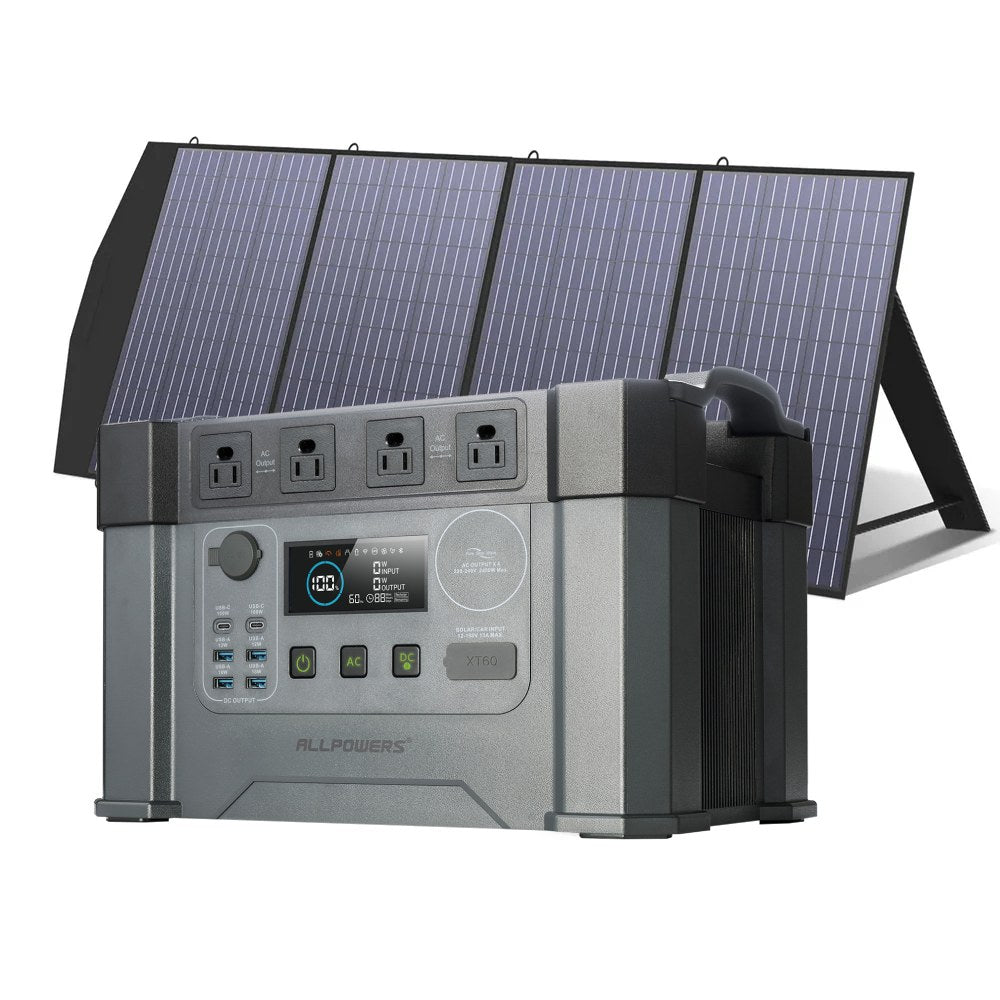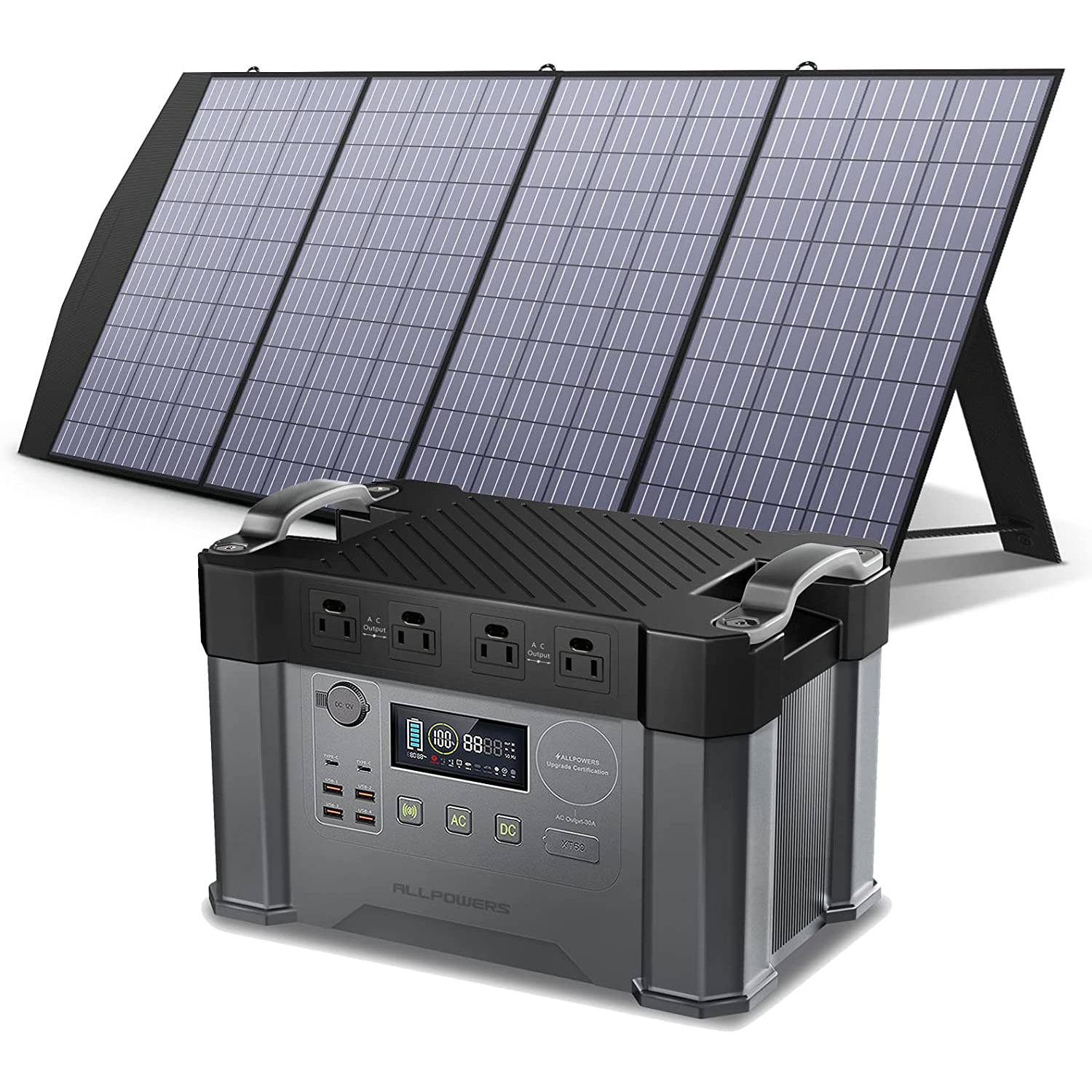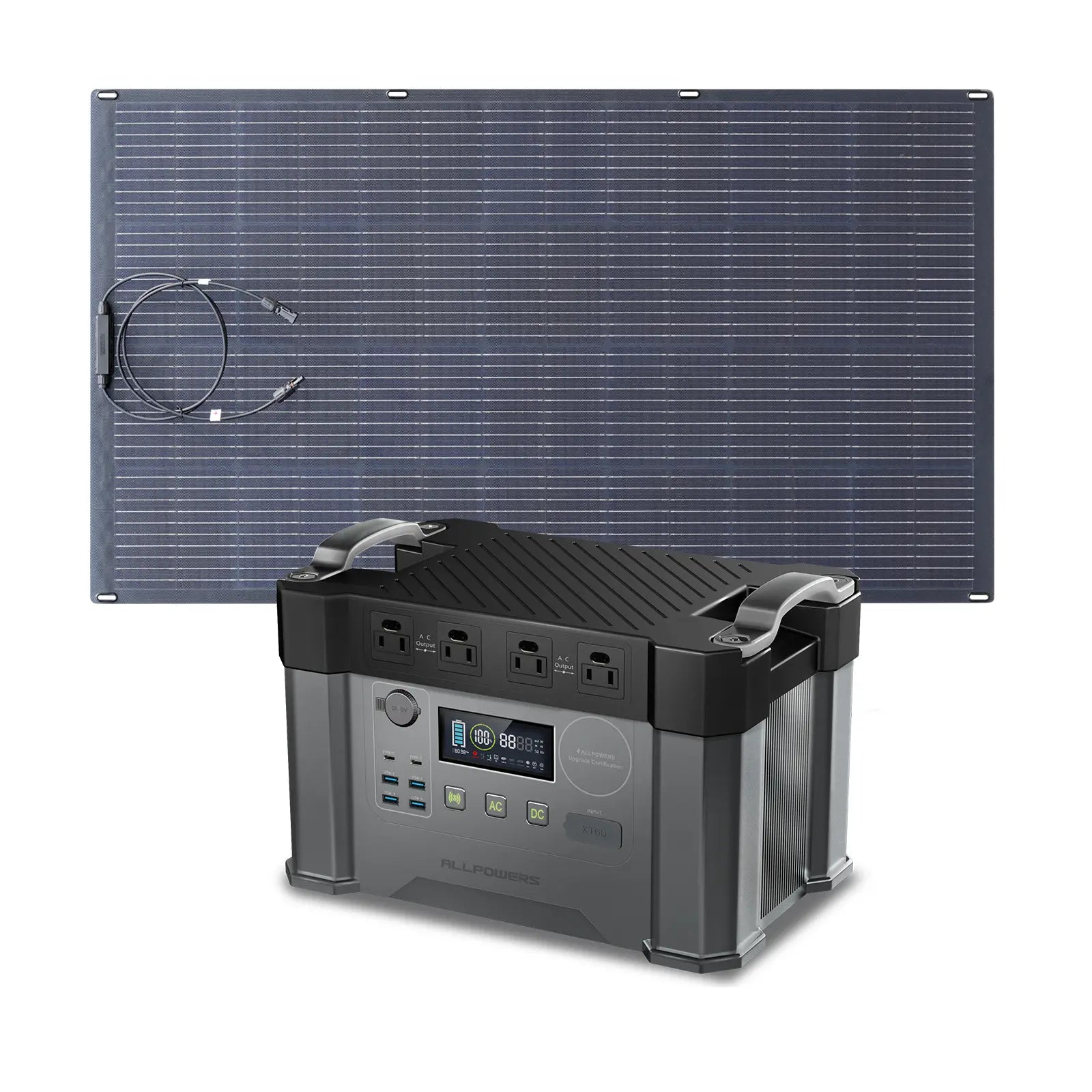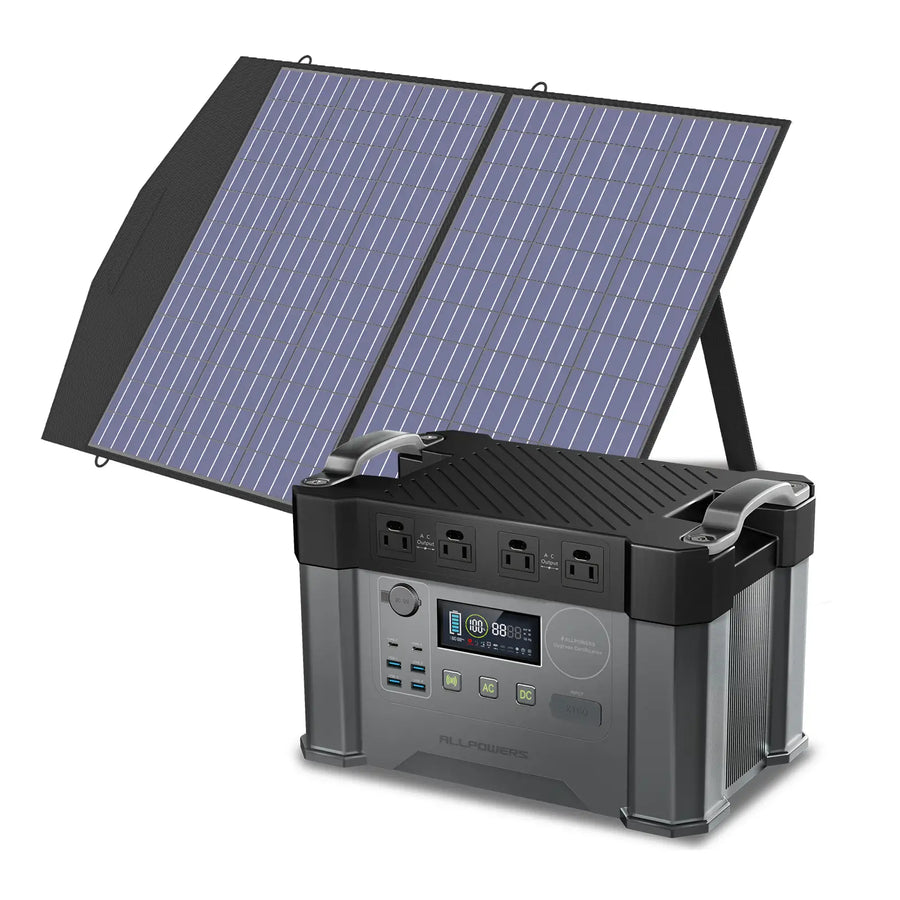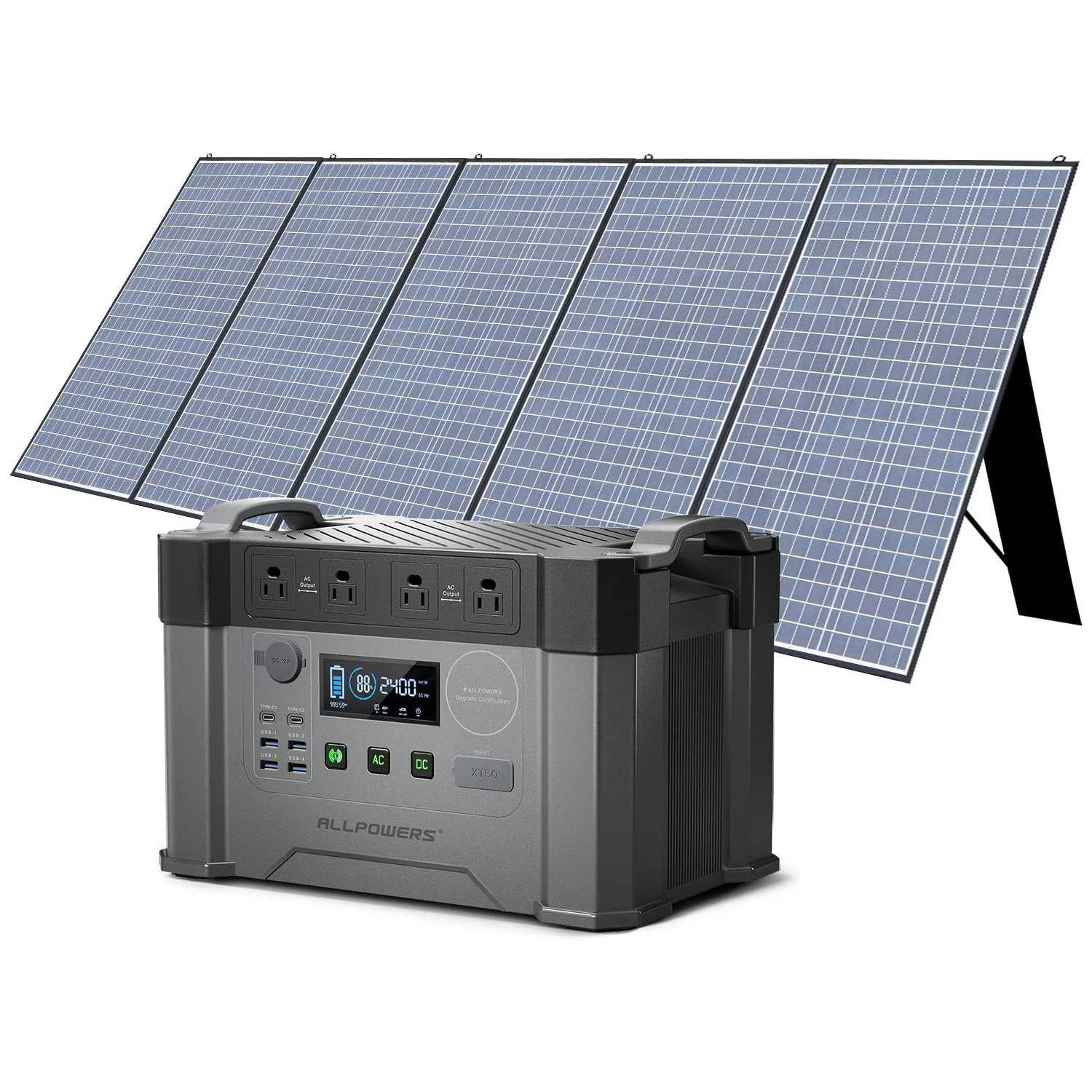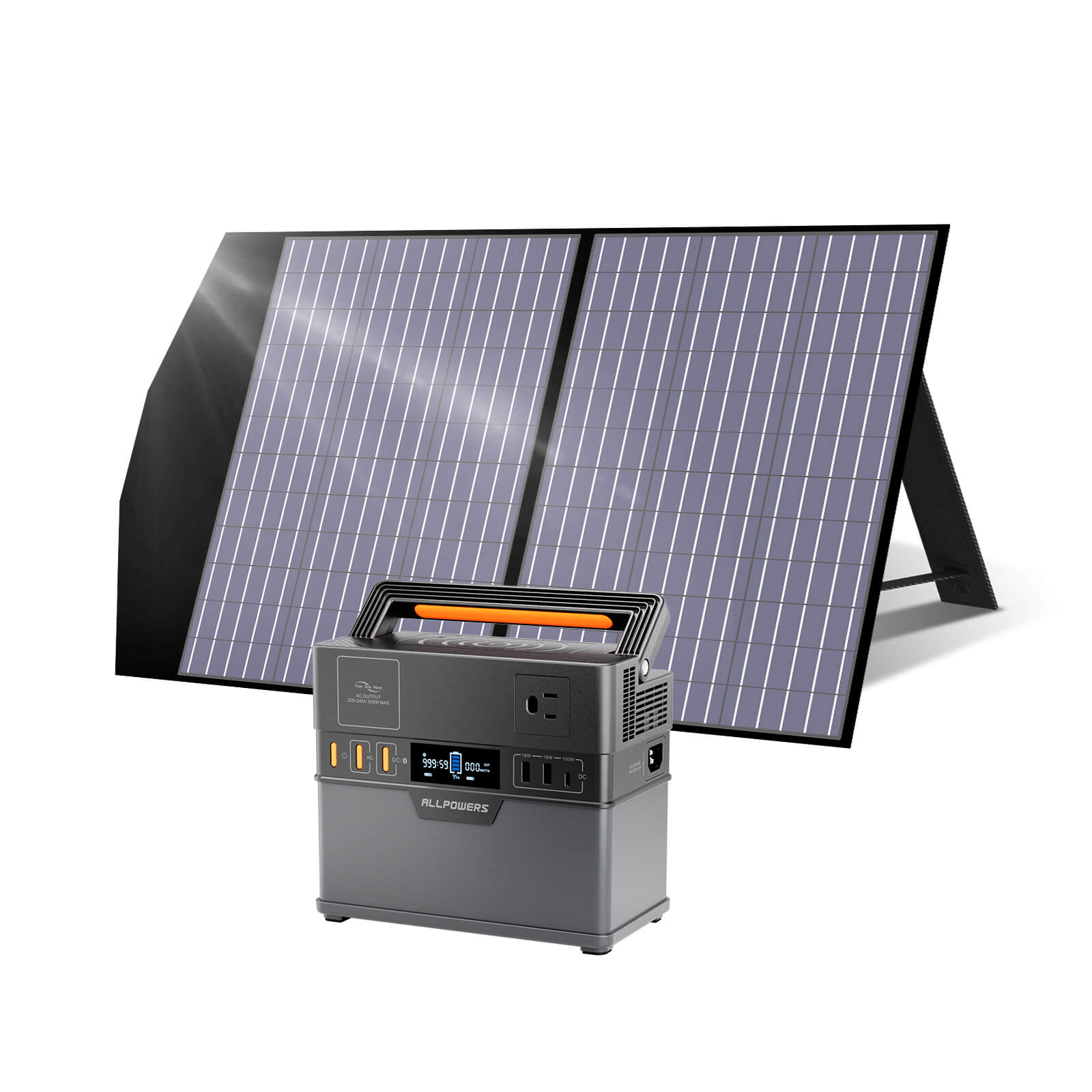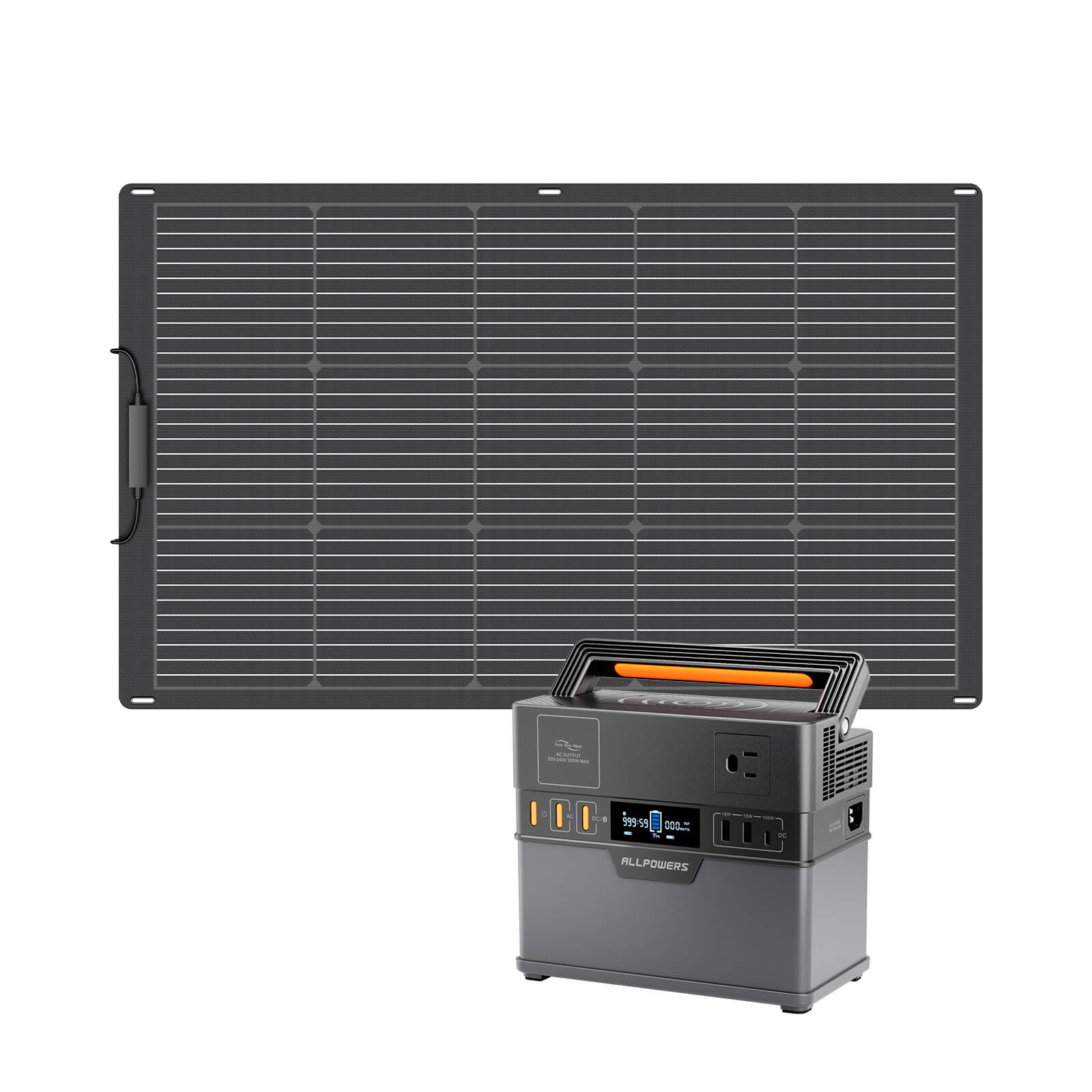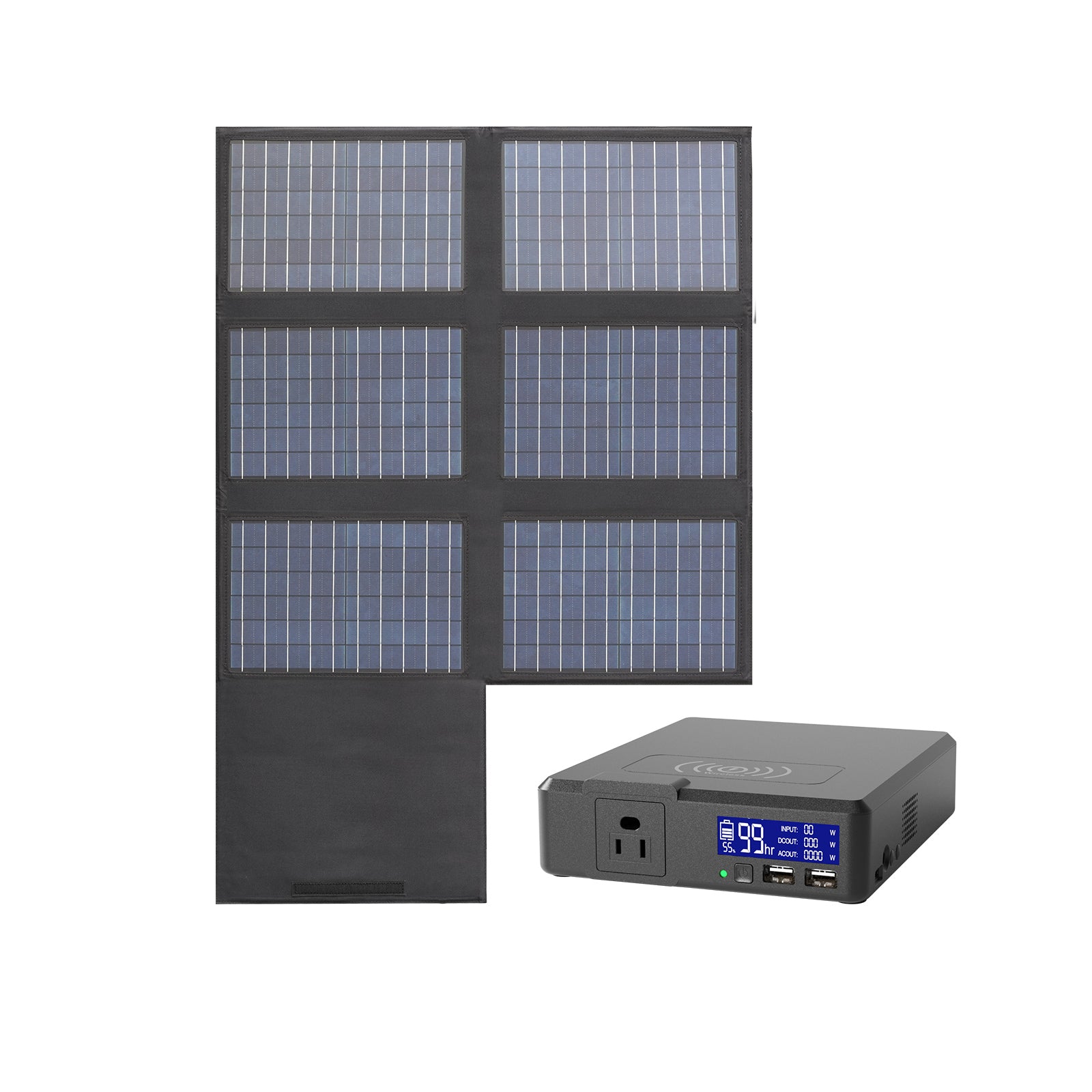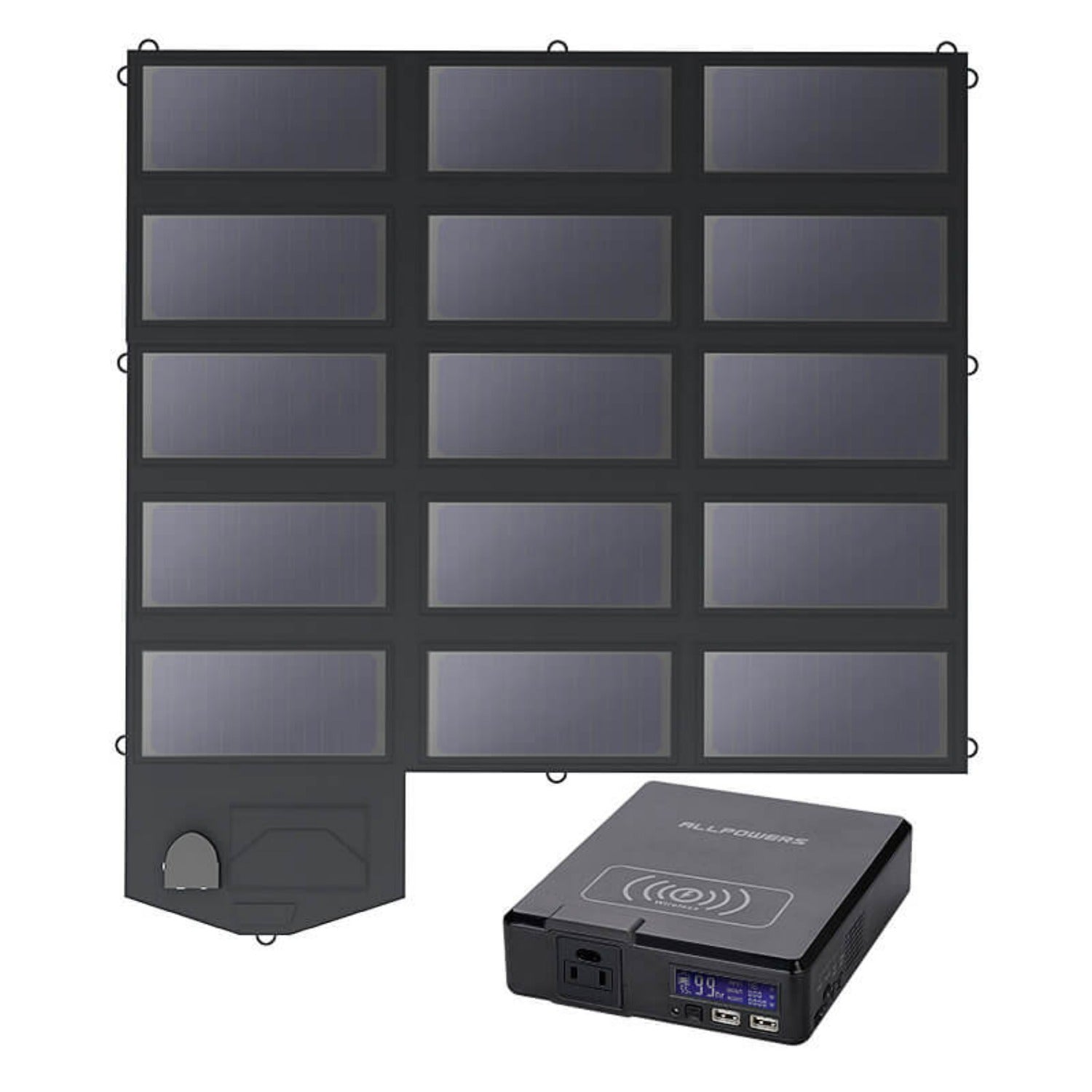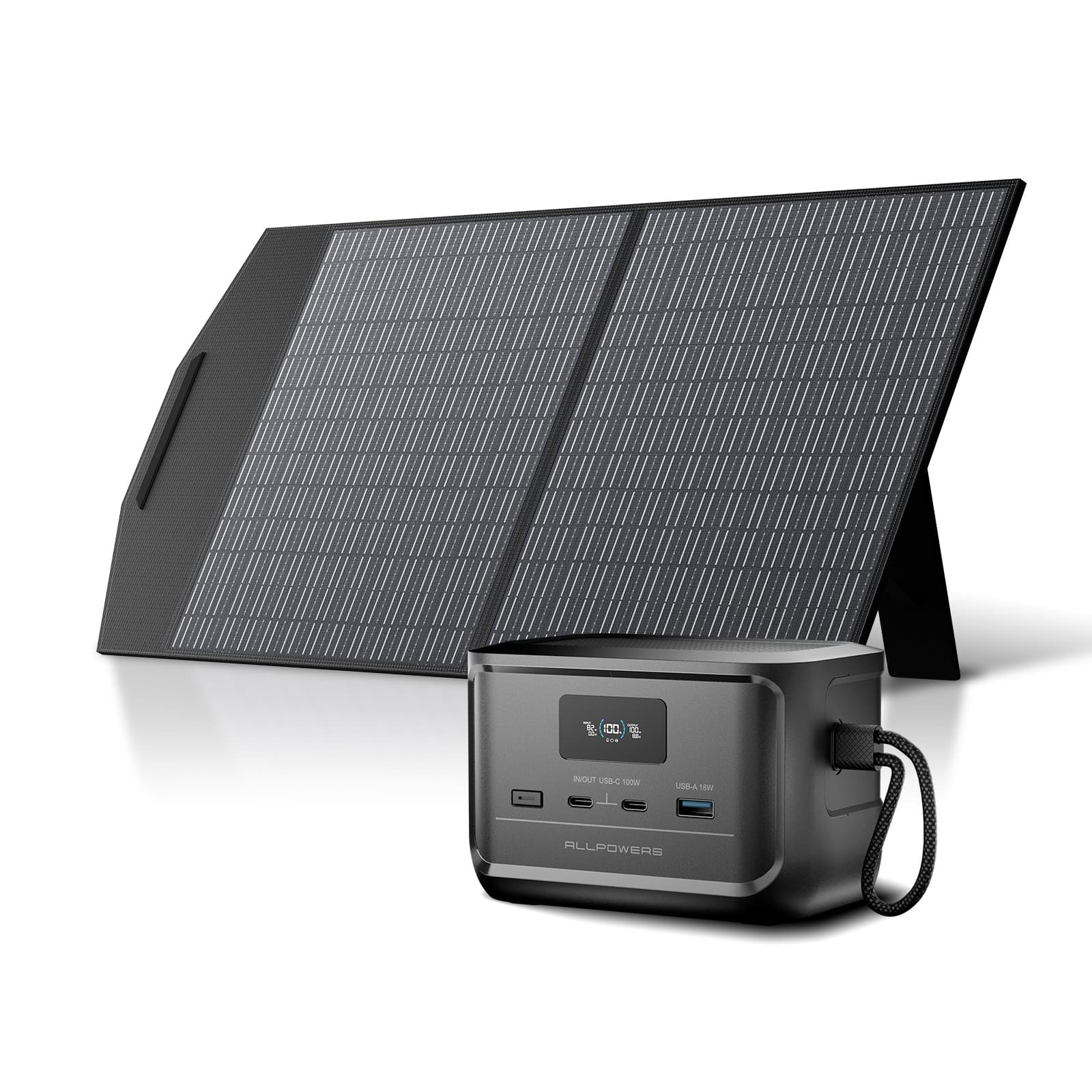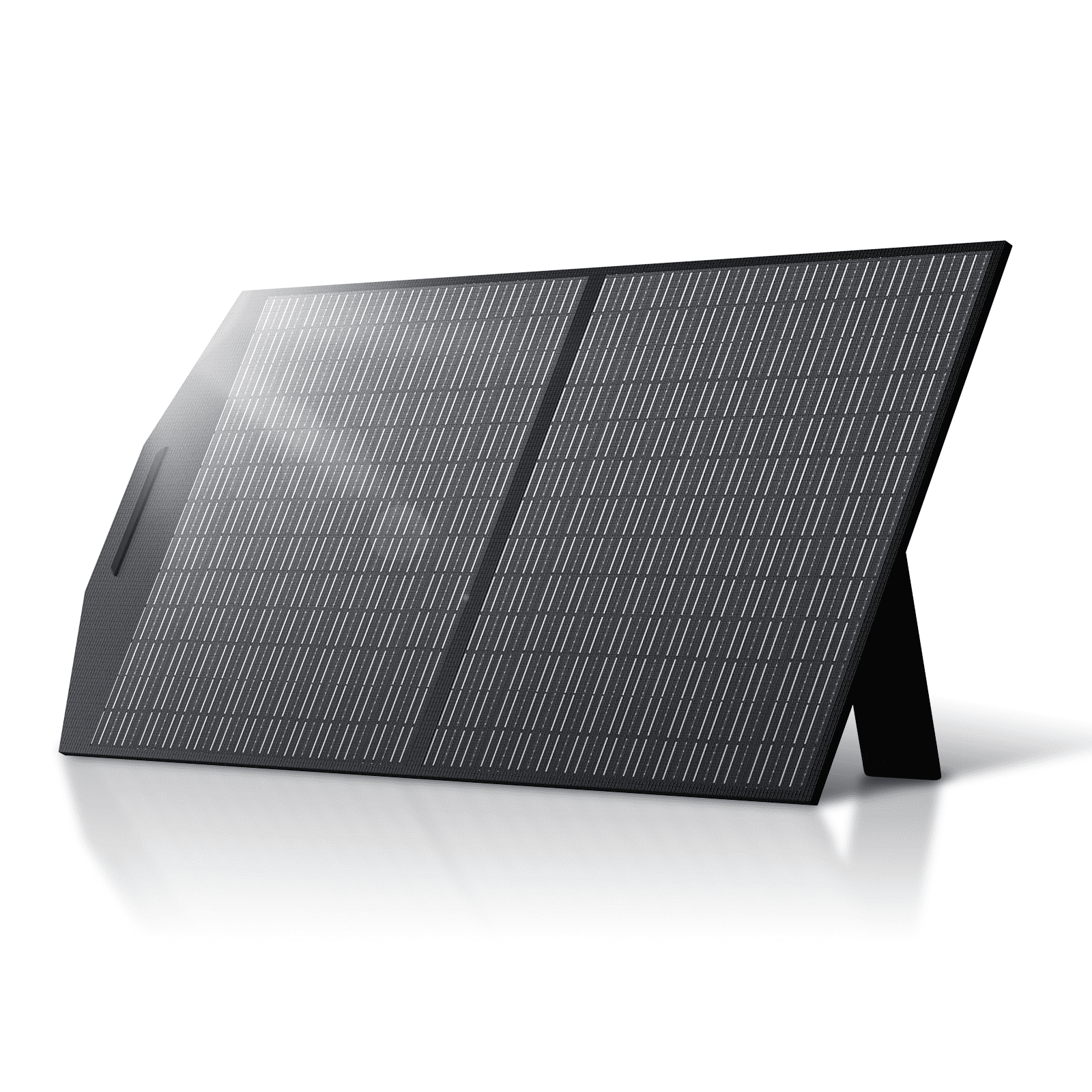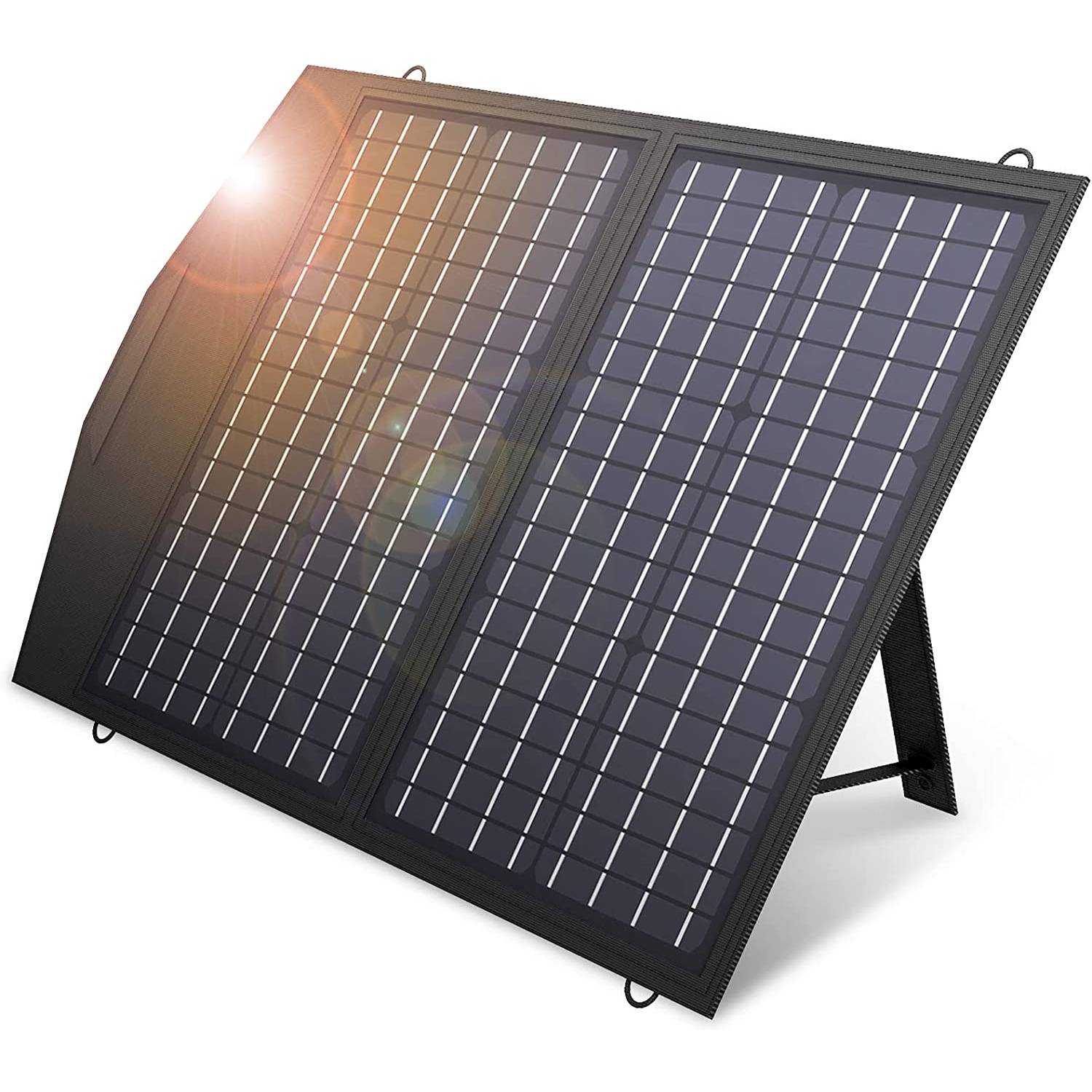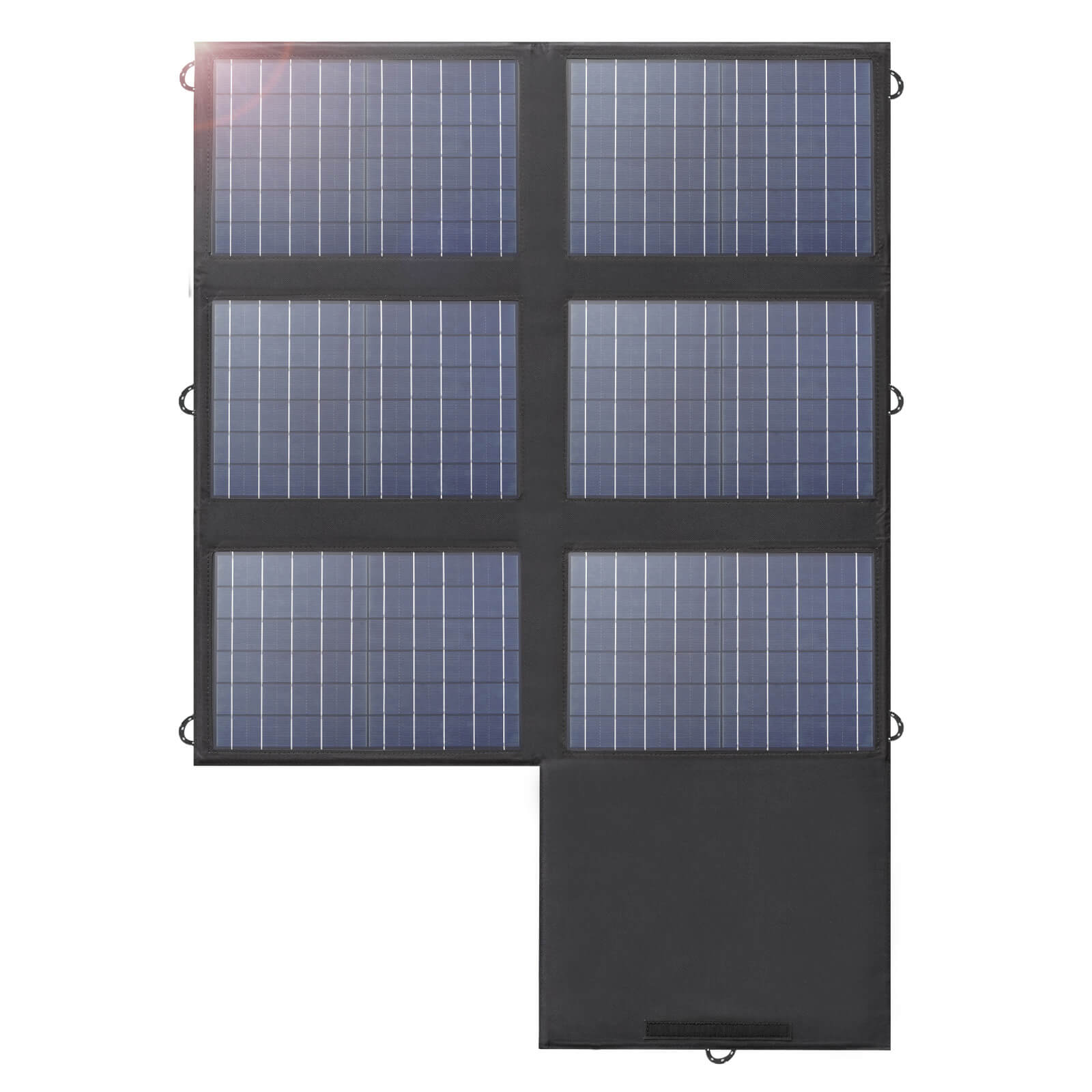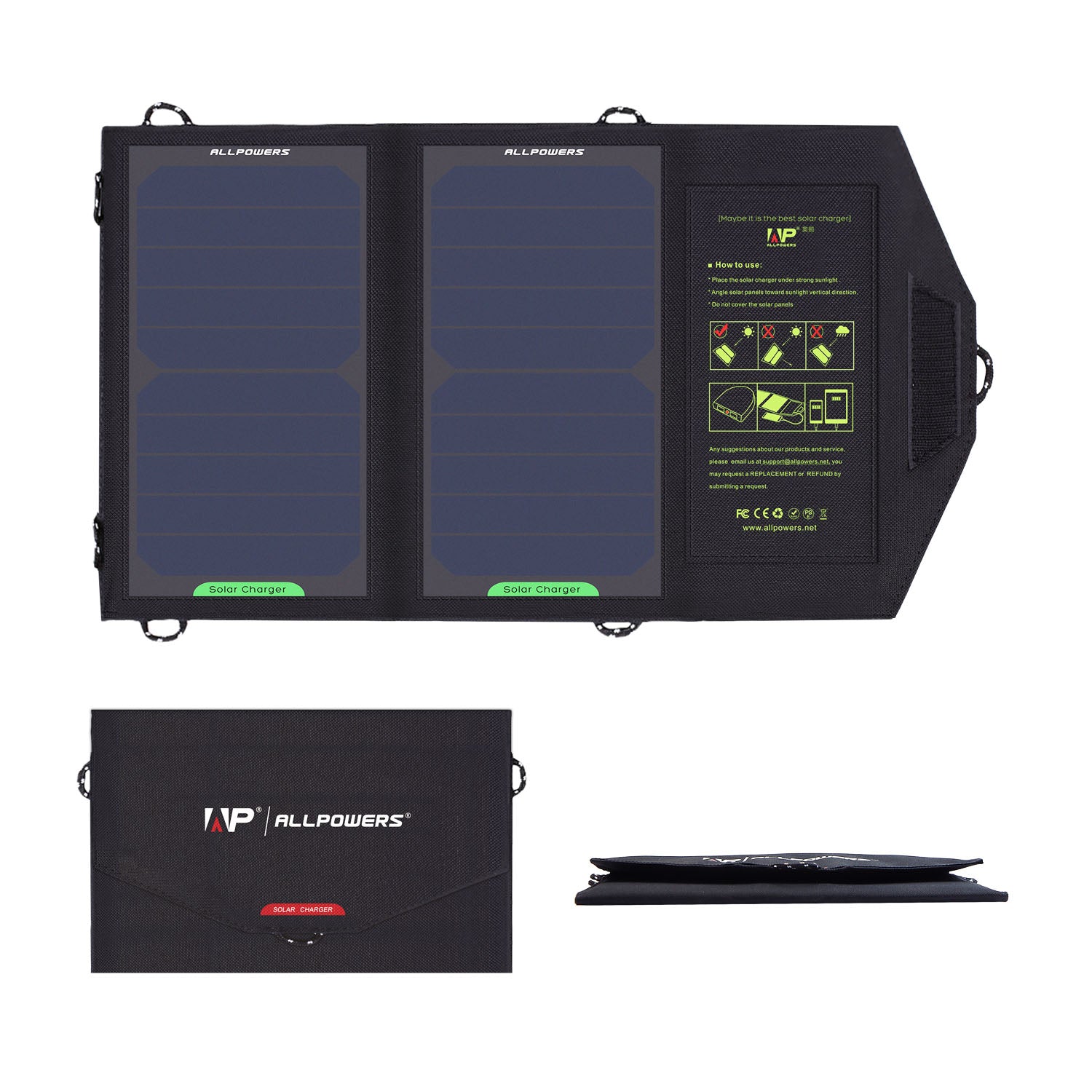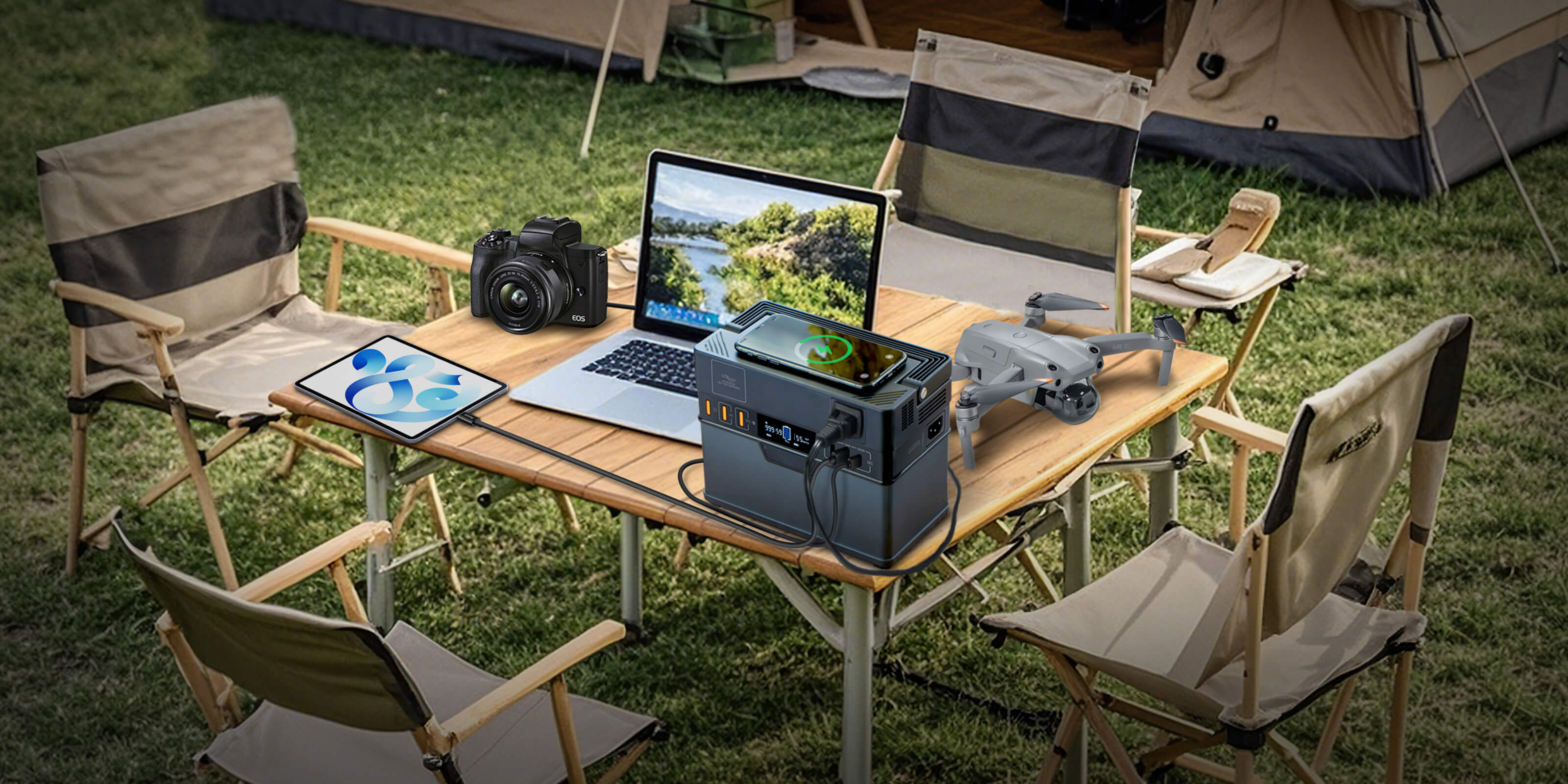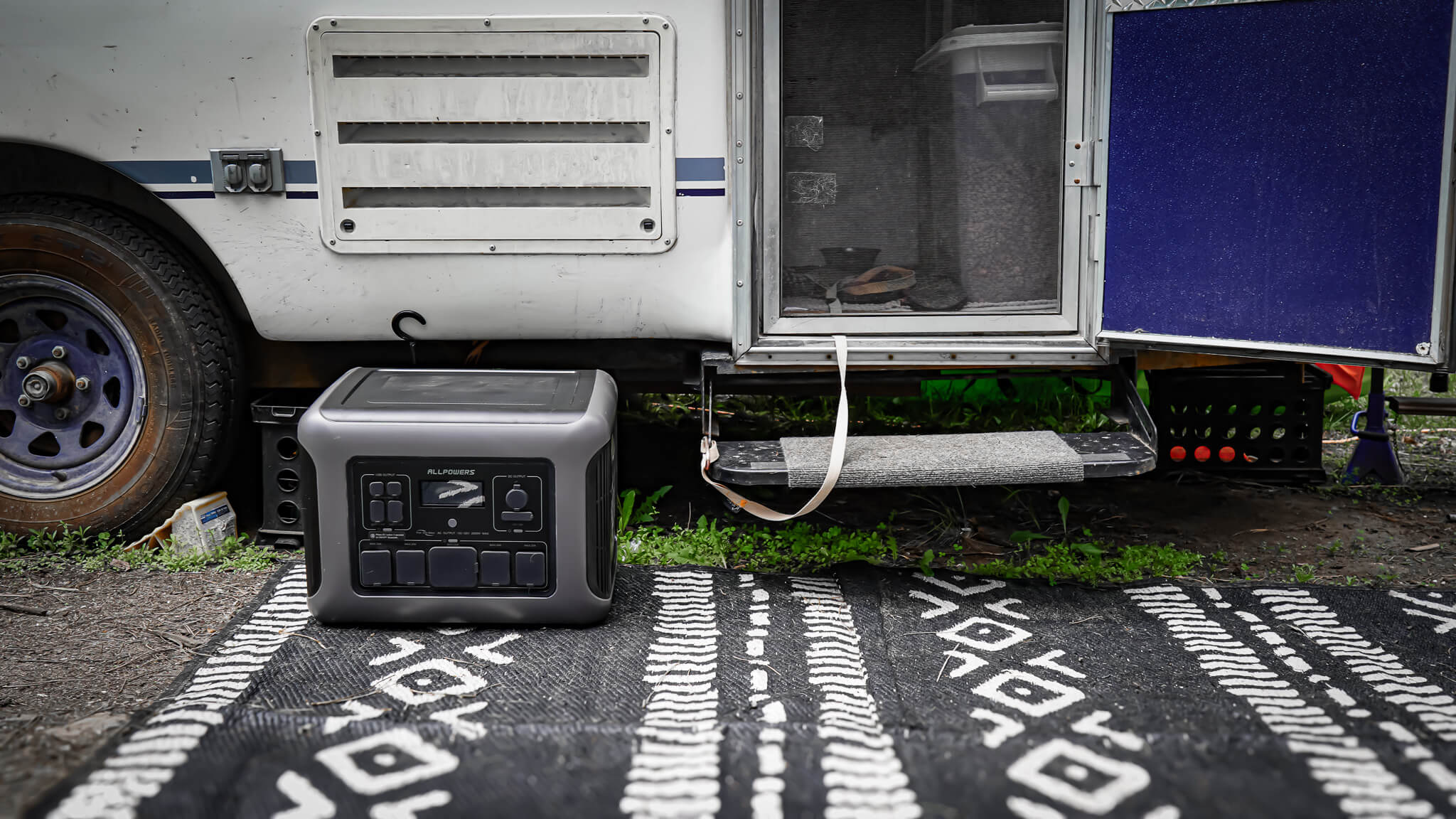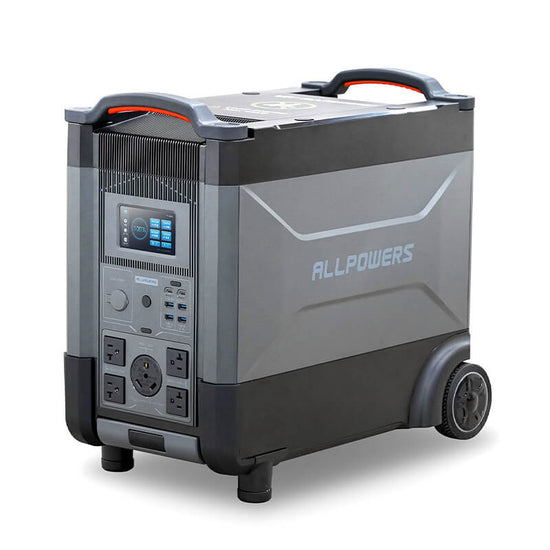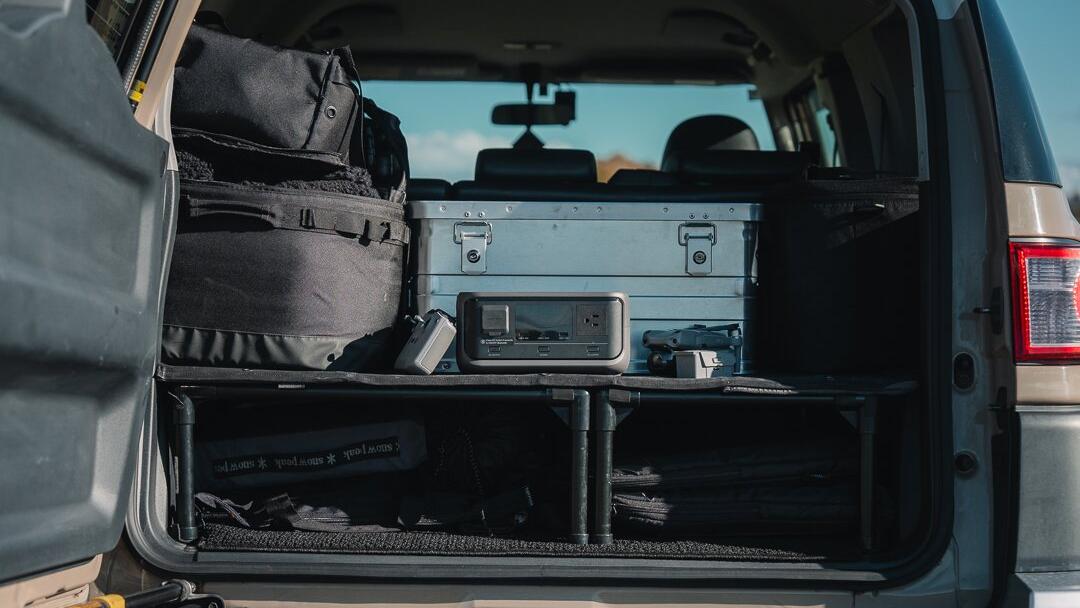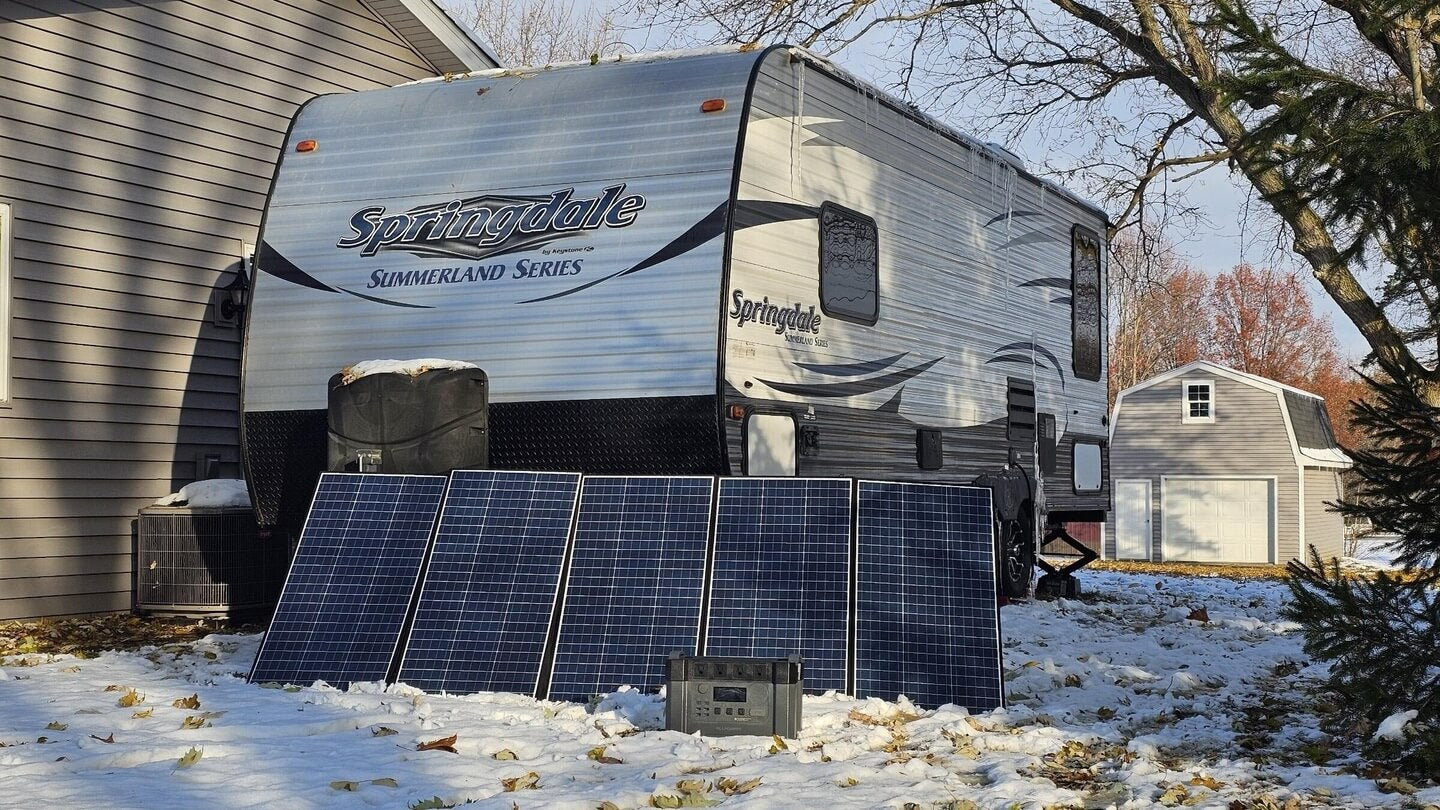Modern recreational vehicles (RVs) are essentially homes on wheels, equipped with all the appliances and comforts we've come to rely on.
However, these comforts require reliable electricity, which often means running a noisy, fuel-guzzling generator or relying on limited shore power at designated sites.
As a result, many in the RV community are turning to portable power stations as a cleaner, quieter, and far more convenient alternative.
But can you actually plug your RV into a portable power station and power your home away from home?
TL;DR:
Yes, you can plug an RV into a portable power station as long as the power station provides enough wattage to support your RV’s devices and the right outlets to match your RV’s plug type.
Understanding RV Power Systems
Most RVs operate on two main systems: 12-volt DC and 120-volt AC, though larger rigs sometimes go up to 240 volts.
The DC side typically runs your lights, water pump, and small electronics.
AC power, on the other hand, handles the heavier hitters: air conditioners, microwaves, induction cooktops, and sometimes even your onboard washer-dryer combo if you’re fancy.
Campgrounds usually provide AC power through either a 30-amp or 50-amp hookup.
A portable power station, meanwhile, is essentially a big lithium battery with an inverter that converts DC to AC.
So while RVs expect “shore power,” these stations simulate it.
How Portable Power Stations Work With RVs
Connecting your RV to a power station isn't rocket science, but it needs to be done correctly.
Most RVs, especially smaller travel trailers and Class C motorhomes, use a 30-amp power service.
This plug, technically an L5-30R or TT-30R receptacle on your RV, connects to the campground pedestal.
If you’ve got a big fifth wheel or a Class A, you might have a 50-amp service.
Some modern units come with RV-style AC outlets, specifically designed to accept 30-amp plugs.
These RV-specific sockets often include safety features like overload protection and surge suppression.
It’s like having a mini-circuit breaker built into the station itself.
Instead of fiddling with adapters or jury-rigging your connections, you just plug in and go.
If your power station has only standard 15A outlets, you can connect your RV using what's called a dogbone adapter.
But the conversion efficiency isn’t perfect. Some energy gets lost in the process, meaning the runtime may not match your expectations.
What can you run from a portable power station when plugged into an RV?
In everyday scenarios, you can expect to run RV essentials such as lights, laptops, routers, fans, phones, tablets, small kitchen appliances, and maybe a TV for movie nights.
Devices with heating elements—think toasters or kettles—will work on high-capacity stations but drain them faster.
Air conditioners are tricky. Small window units or soft-start-equipped ACs may run on a 2000–3000W power station, but rooftop RV ACs are finicky creatures. They demand serious surge power.
Some RVers install a Micro-Air EasyStart module to smooth those startup spikes, and suddenly their AC becomes more manageable on battery power.
Heaters, though? Electric heaters will burn through battery reserves at a shocking pace. Still, the ability to run quietly for hours—with no fumes or fuel—feels pretty extraordinary.
Since RV systems are inherently modular, you maintain total control, choosing exactly which appliances to run and which to leave powered down.
So even though a portable power station can’t function like full campground shore power, you just need enough quiet energy to keep your essentials running.
How Long a Portable Power Station Can Run an RV
You know what’s equally important? How long that power station can actually keep your RV humming?
Portable power stations usually sit between 500Wh and 5000Wh or more.
Your RV’s fridge might draw 150 watts continuously, lights add another 50, and maybe the water pump kicks in occasionally at 300 watts.
When you add it all up, a 3000Wh station can run the essentials for a night or two.
Simple math tells you that running everything at once is different from staggering usage.
For instance, a 2000Wh station could, in theory, run a 200W load for about 10 hours. But add a few more devices, and that number shrinks fast.
This is why savvy RVers often complement them with solar panels.
Even a 400W solar panel can stretch your runtime dramatically, especially in summer.
How to Match Your RV to a Power Station
Start with the essentials: calculate the total wattage of devices you want to run simultaneously.
Add in the startup surge, because many appliances—especially compressors in fridges and AC units—draw more power at startup than during steady operation.
Then check if your power station’s AC output matches or exceeds that demand.
And the RV AC outlet matters.
RV-specific outputs ensure the voltage and waveform are as close to what you’d get from a campground as possible.
That means fewer overload trips when you switch on heavier appliances.
Also, don’t forget pass-through charging. This allows you to charge the station while simultaneously drawing power from it.
It’s convenient for long weekends or when you’re parked near a solar array or shore power connection.
Safety Considerations When Plugging an RV Into a Power Station
Everything from overcurrent protection to inverter quality matters when plugging in an RV.
A station with a pure sine wave inverter is non-negotiable if you want your electronics to stay healthy.
Ventilation is key too. Even though power stations don’t produce fumes, their internal components need airflow, especially under heavy load.
Stashing the unit in a cramped cabinet might seem convenient, but it’s not ideal for longevity—or safety.
Cables should stay untangled and away from heaters, cooking surfaces, or sharp edges.
It’s the kind of advice that seems obvious until someone trips over an extension cord in the dark.
And it never hurts to check your station’s max continuous and surge ratings. Machines with higher surge capacity do better with RV appliances that spike briefly at startup.
Conclusion
So yes—you can absolutely plug your RV into a portable power station.
The approach isn’t complicated, but it does ask you to be realistic about your energy needs.
After that, all you need to do is pick out a station that fits the bill.


